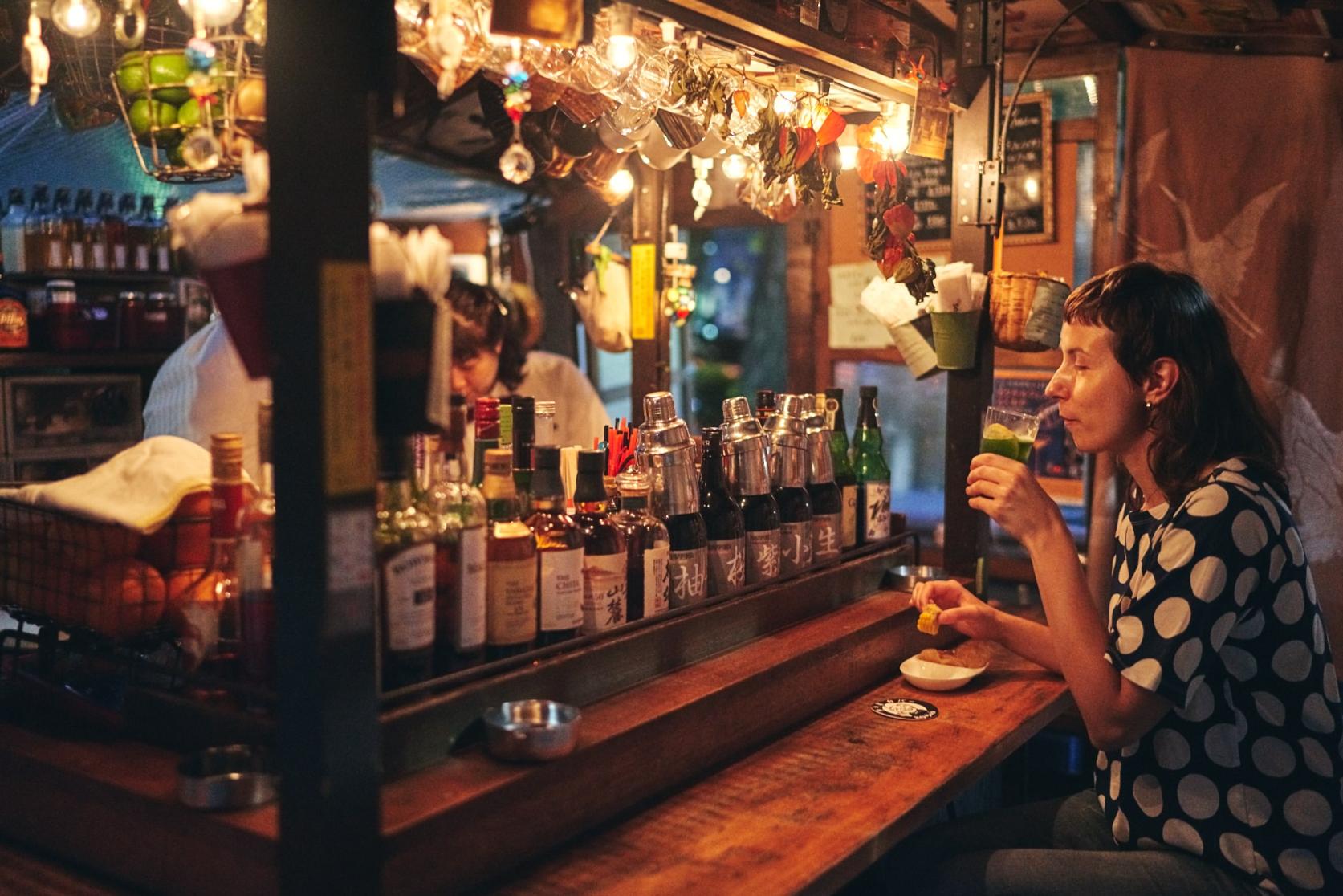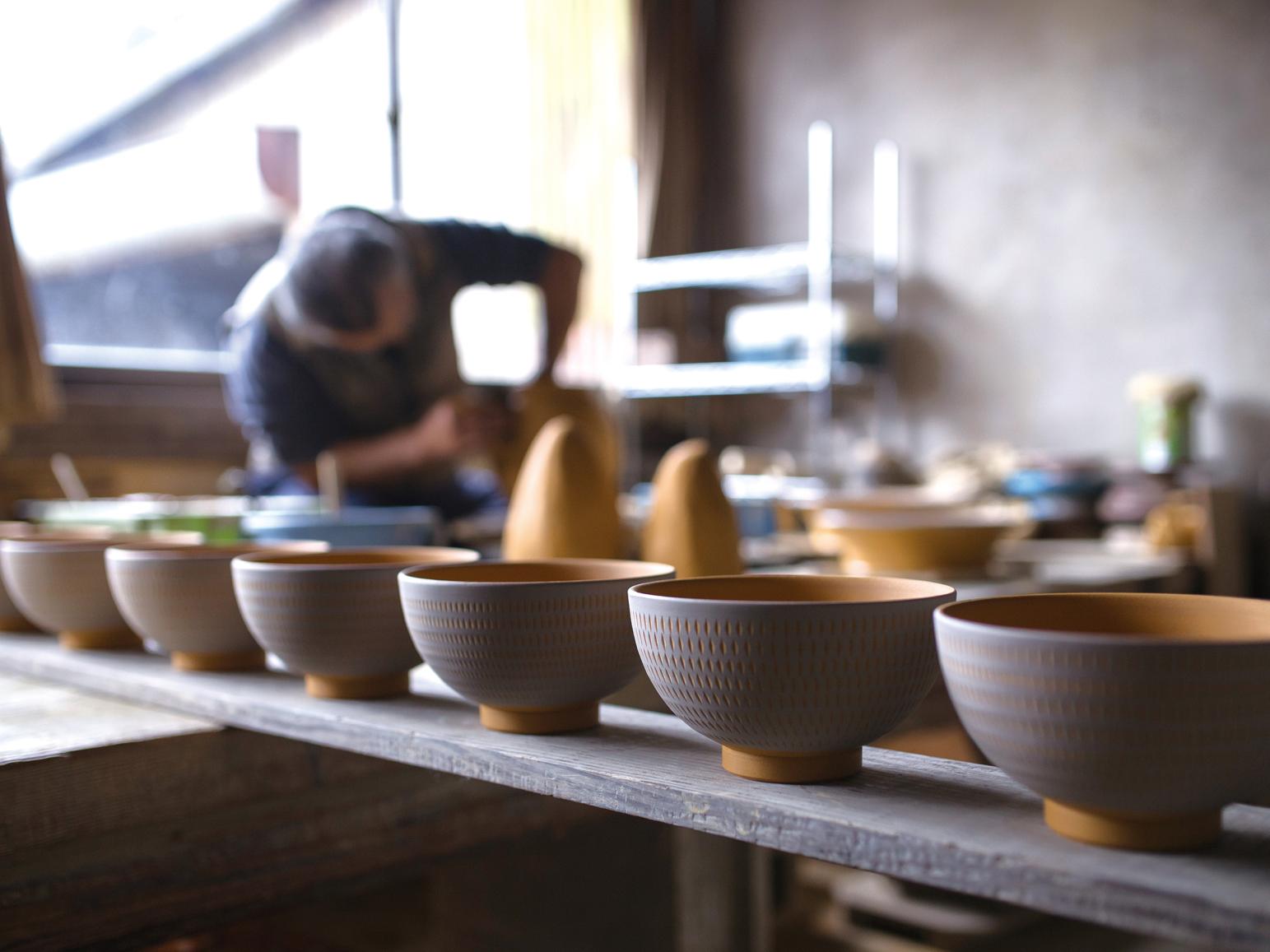
TRADITIONAL JAPANESE CRAFTS OF FUKUOKA ~Present Day Breath-taking Craftsmanship~
Fukuoka Prefecture is home to a wide variety of traditional crafts that strongly reflect the climate and historical background of the region. This section explores the charms of Hakata textiles, Hakata dolls, Kurume kasuri, Koishiwara pottery, Ueno pottery, Yame Fukushima Buddhist altars, Yame chochin, seven traditional crafts designated by the Minister of Economy, Trade and Industry, and 35 local specialty folk crafts designated by the prefectural governor that are rich in local color.
Designated by the Minister of Economy, Trade and Industry Traditional Crafts - National Designation
Approximately 240 items nationwide have been designated as traditional craft works by Japan's Ministry of Economy, Trade and Industry with the standard based on "having a history of over 100 years and still continuing." There are seven traditional craft items in Fukuoka prefecture, and the lineup is versatile, including textiles, ceramics, dolls, and buddhist altars. It goes without saying that there has been a great influence from the regional nature of Fukuoka, which developed since long ago as a gateway to exchange with foreign countries. The seven crafts emerged from this climate and historical background. Over the long period of hundreds of years, while valuing tradition such as the inherited techniques and manufacturing method and unchanged raw materials and tools, they have evolved by adapting to lifestyles as they changed with the times. Now we would like to introduce traditional crafts that continue to colorfully enrich our lives.
Hakataori
A textile whose roots are in the technology brought to Hakata from Song Dynasty China in 1241. Hakataori, woven with silk thread, a fabric with tension, is often used for the obi sash tightened around kimono. Even now, it is used not only for traditional Japanese clothes, but also sumo wrestlers above Makitoshi level love to wear it as the belt for their yukata robes. In the Edo period, it was given as an offering to the shogunate, and it has carved its history as a special item.
[area:Fukuoka City and more]
Hakata Ningyo
The roots are in the bisque fired clay dolls made by artisans gathered in 1601 by the lord of the Chikuzen Fukuoka clan. As time went by, they were distributed all over Japan through the activities of famous artists. They were exhibited at the Paris World Exposition in 1900 and immediately became the doll that represented Japan. The coloring that looks like a real kimono and the features which breathe life into the face of a doll create an elegance and delicacy through the highly skilled technique. It is a singular work which is healing to look at, with its expression that is somehow calm and peaceful.
[area:Fukuoka City and more]
Aganoyaki
As one of the tea pots counted among the "Seven Kilns of Enshu," the seven tea ware making pottery studios around Japan chosen by the early Edo period tea master Kobori Enshu, it has a history of being very well liked by tea ceremony figures of the time. Thin walls and lightness as well as the variety of glazes used are its characteristic points. The glaze melts in the kiln, and through the amazing change in the kiln, expression is created in the dishes, and the colorful and distinctive texture is also attractive.
[area:Fukuchi Town]
Koishiwarayaki
The English potter and painter Bernard Leach praised Koishiwarayaki for its "Beauty of Use." Its history goes back about 350 ago. With the award of the 1958 World Craft Exhibition Grand Prix, the name came to be known nationwide from around the 1960s. The unique pattern and the warmth of the clay which can be felt in the simplicity adapts to the modern lifestyle, and is still one of the potteries with many fans nationwide.
[area:Toho Village]
Kurume Kasuri
The cotton fabric technology of Kurume Kasuri cloth is more than 200 years old. It is distinguished by a pattern shift called blurring or bleeding, and you can feel the gentle texture and warmth through the pre-dyeing of the fabric. Originally, the Kurume Kasuri cloth was used for the work clothes of farmers and others so it is comfortable and functional. In addition, the natural atmosphere also matches today's lifestyle and continues to be loved as everyday wear.
[area:Kurume City, Chikuzen City,Hirokawa Town and more]
Yame Chochin
It is said that the spirits of the deceased return from the Pure Land for the Bon Festival, a special event in Japan held around August 13 to 16. The Bon lanterns light the way so that the spirits can go home without getting lost and they are a decoration which prays for the souls of the deceased and expresses gratitude and dedication. Originally Yame had many dexterous craftsmen, as well as raw materials such as Japanese paper and thin bamboo sticks, so production thrived since ancient times. It is no exaggeration to say that the foundation for making lanterns in Japan was built here.
[area:Yame City and more]
Column
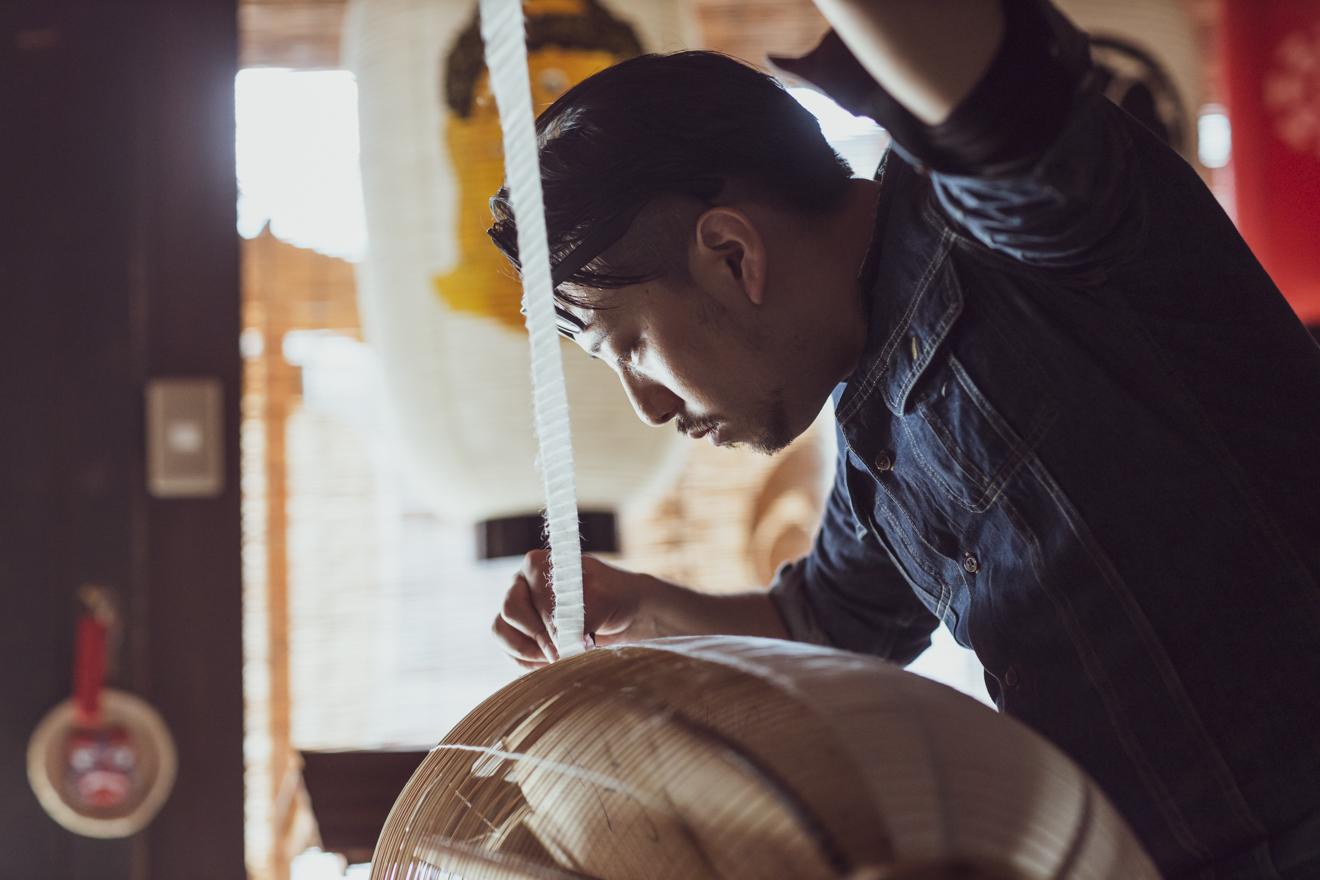
【Interview Article】In the direction of the warm and gentle light :Yame lantern Craftsman
An interview with Hiroki Ito, the eighth generation of the Ito family to run Ito Gonjiro Shoten, a more than 200-year-old lantern shop; A close look at the appeal of Yame lanterns and the pride held by this young craftsman.
Read moreYame Fukushima Butsudan
A Butsudan is an altar for Buddhist worship that is placed in a house and is a place to keep tiles marked with ancestor 's names. In the past, it was common that there was one in each household, and it is considered a symbol of the feelings of gratitude to the ancestors. The origin of the manufacturing technology in Kyushu of such Butsudan is Yame Fukushima Butsudan. The gorgeous Butsudan, created by skilled craftsmen in six divisions, each making use of their respective skills, can be called a collaborative art of the gathered craftsmanship.
[area:Yame City and more]
Fukuoka Governor-designated Special Traditional Craft
Crafts and folk crafts that are rich in local color, have a history of more than 50 years, and have been produced in Fukuoka Prefecture to this day are designated as such.
-
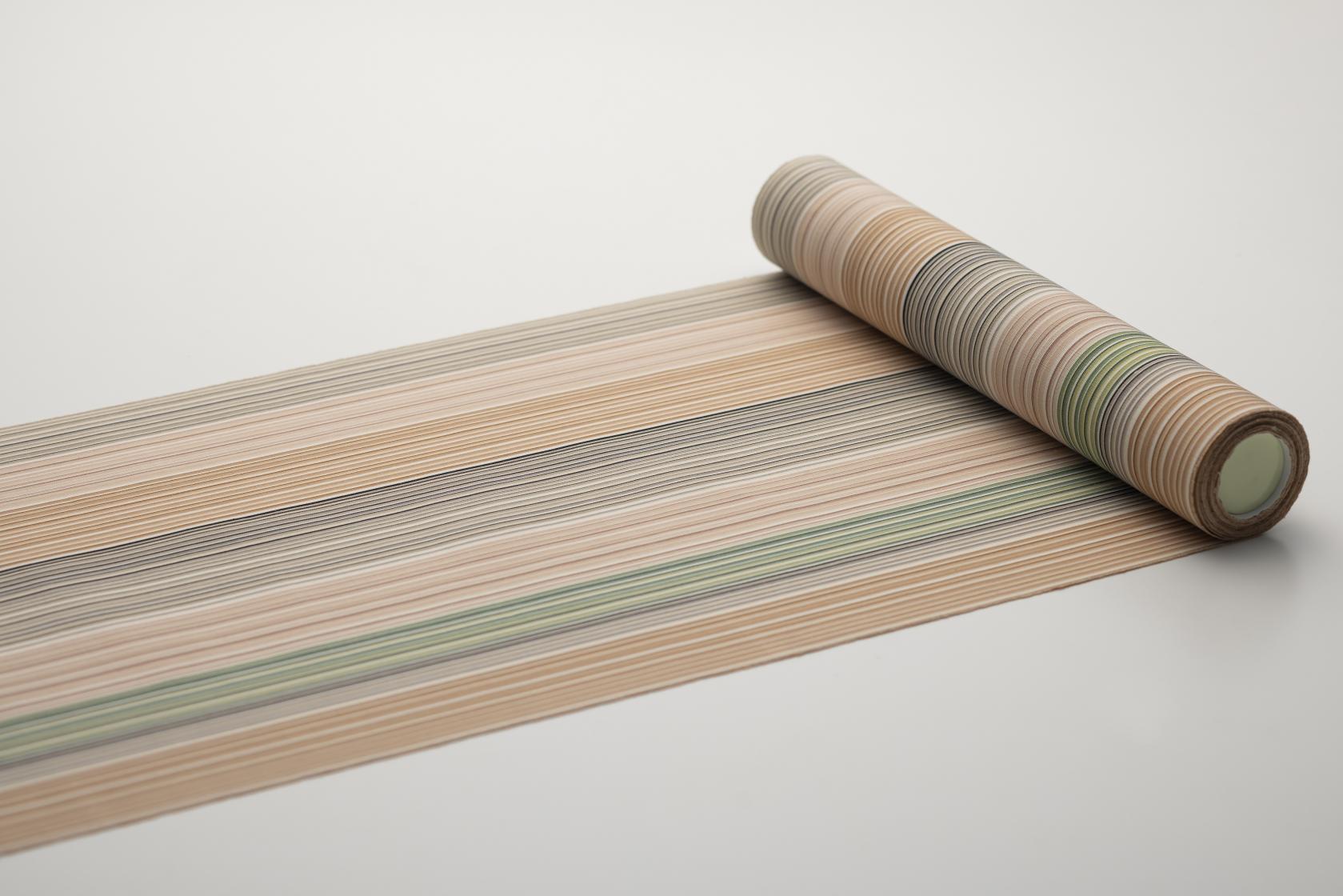
Kokuraori
View more -
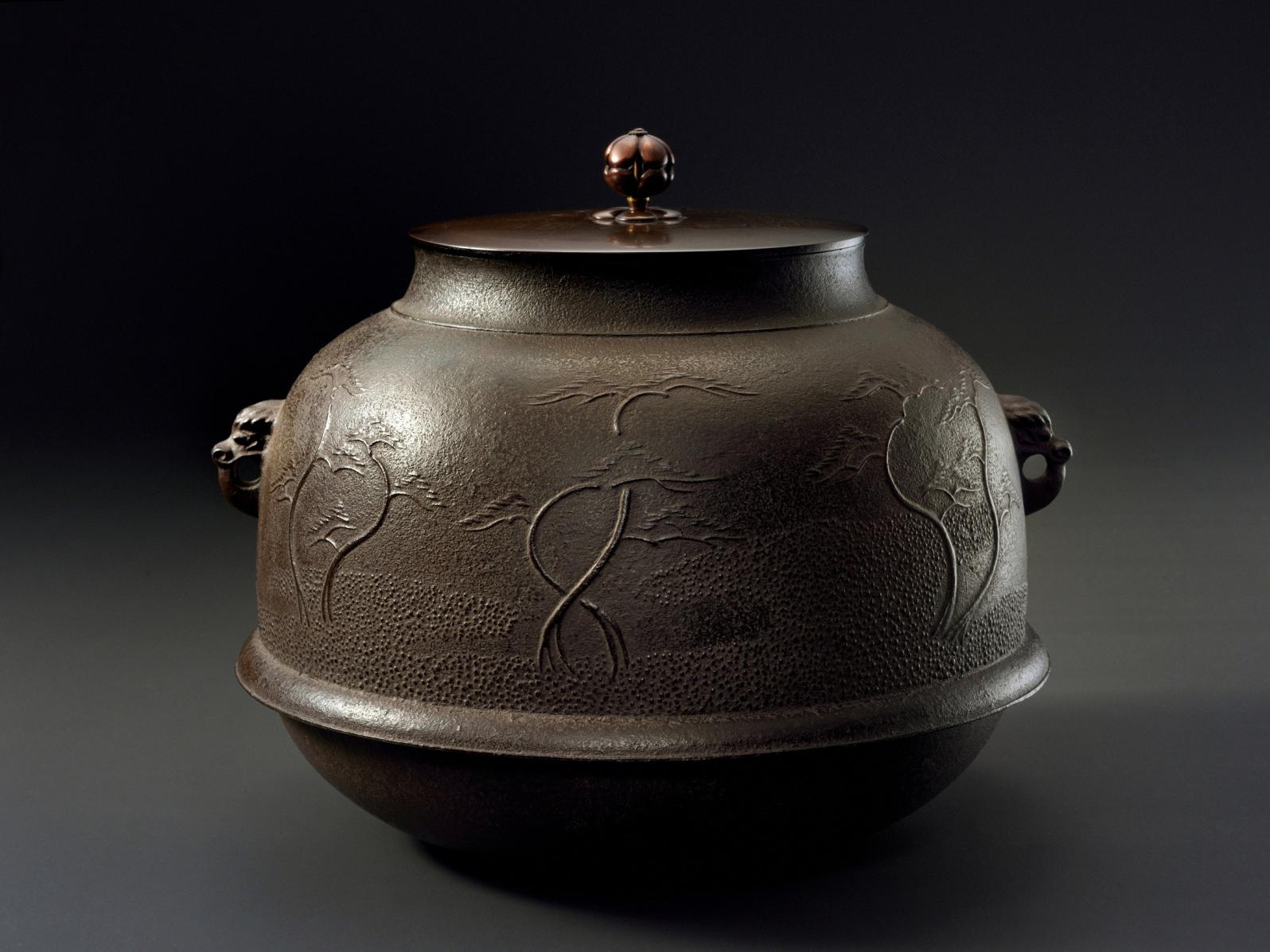
Ashiyagama (Iron Kettle)
View more -
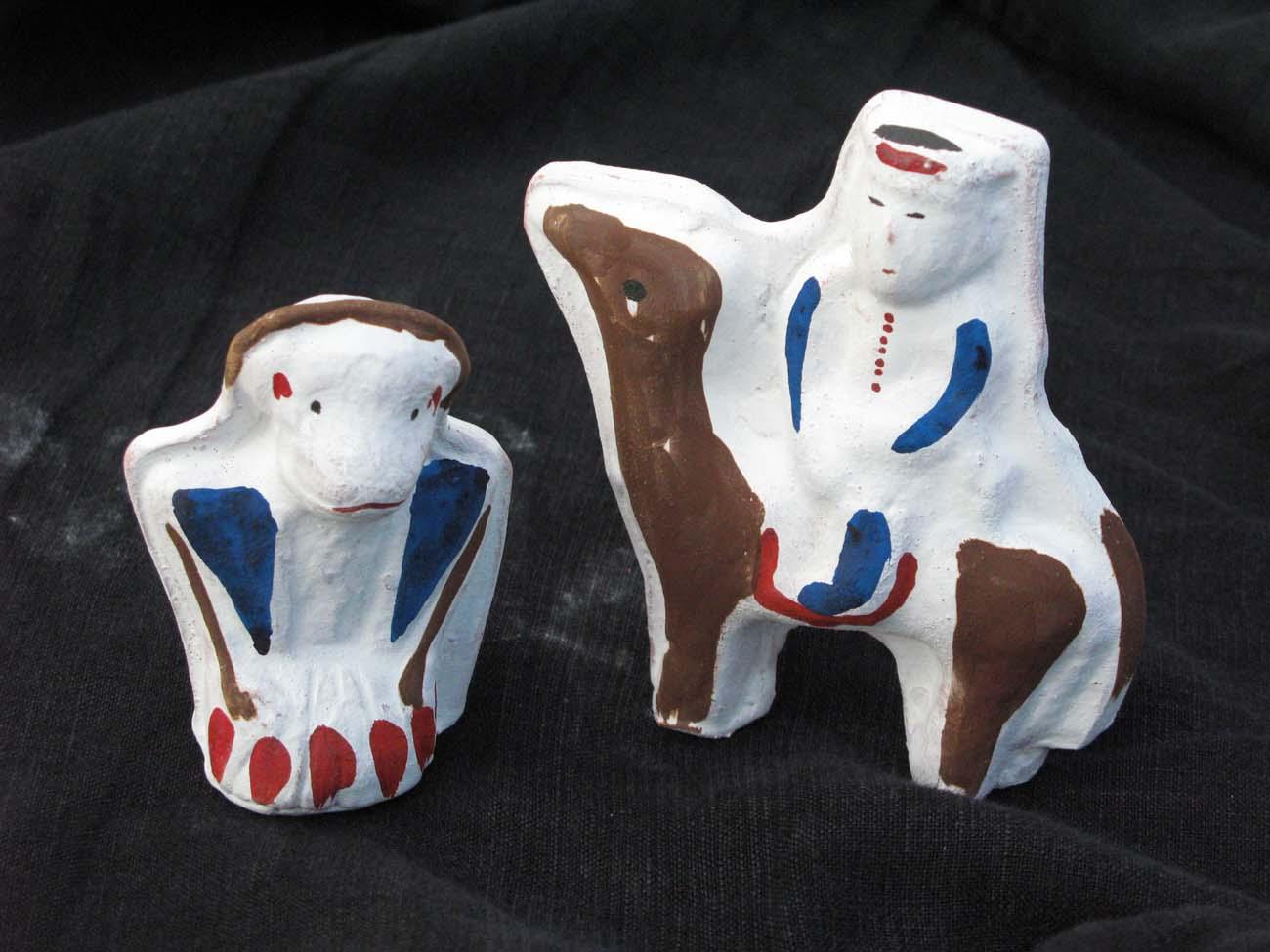
Akasaka Ningyo
View more -
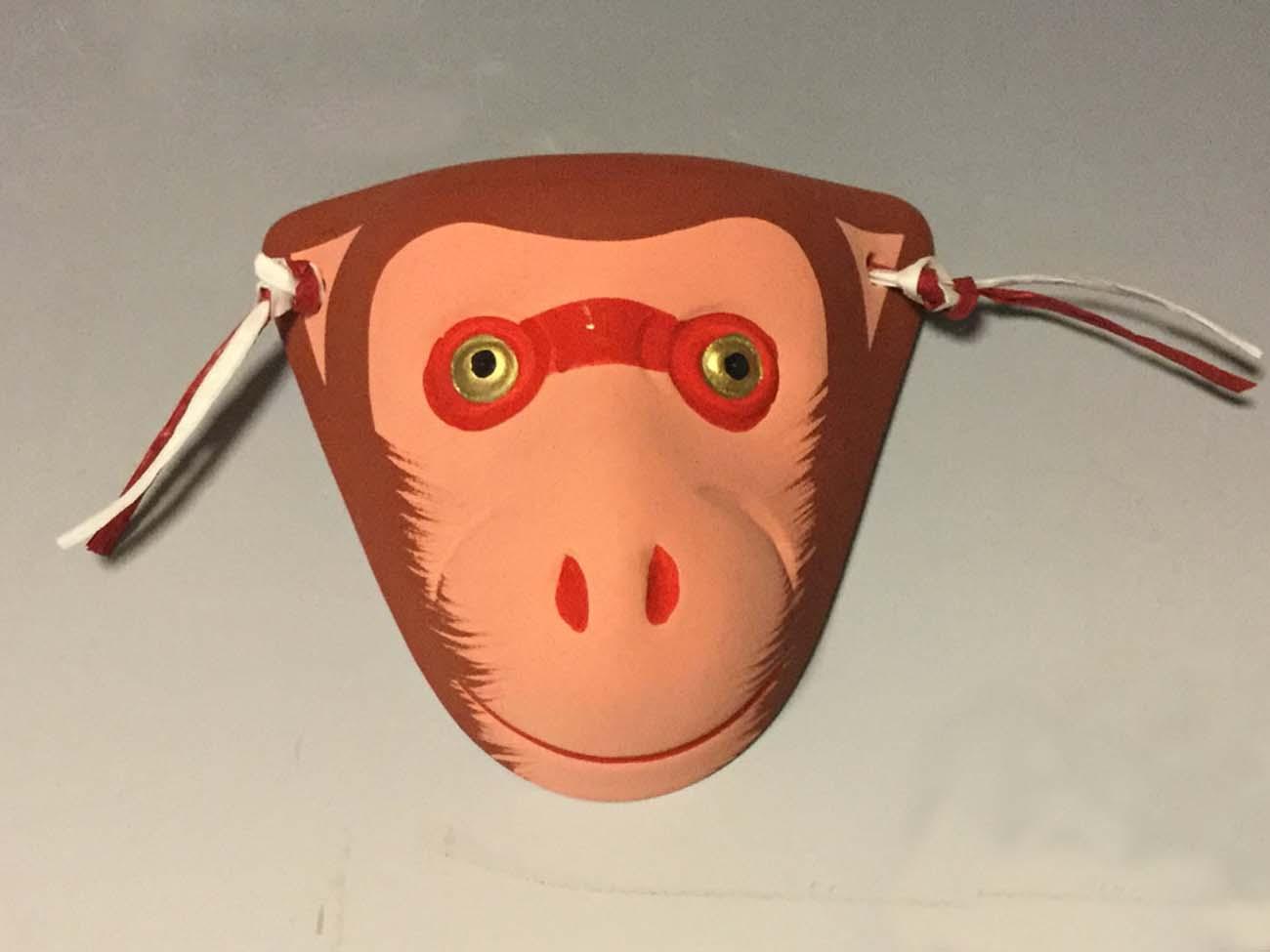
Imajuku Dolls
View more -
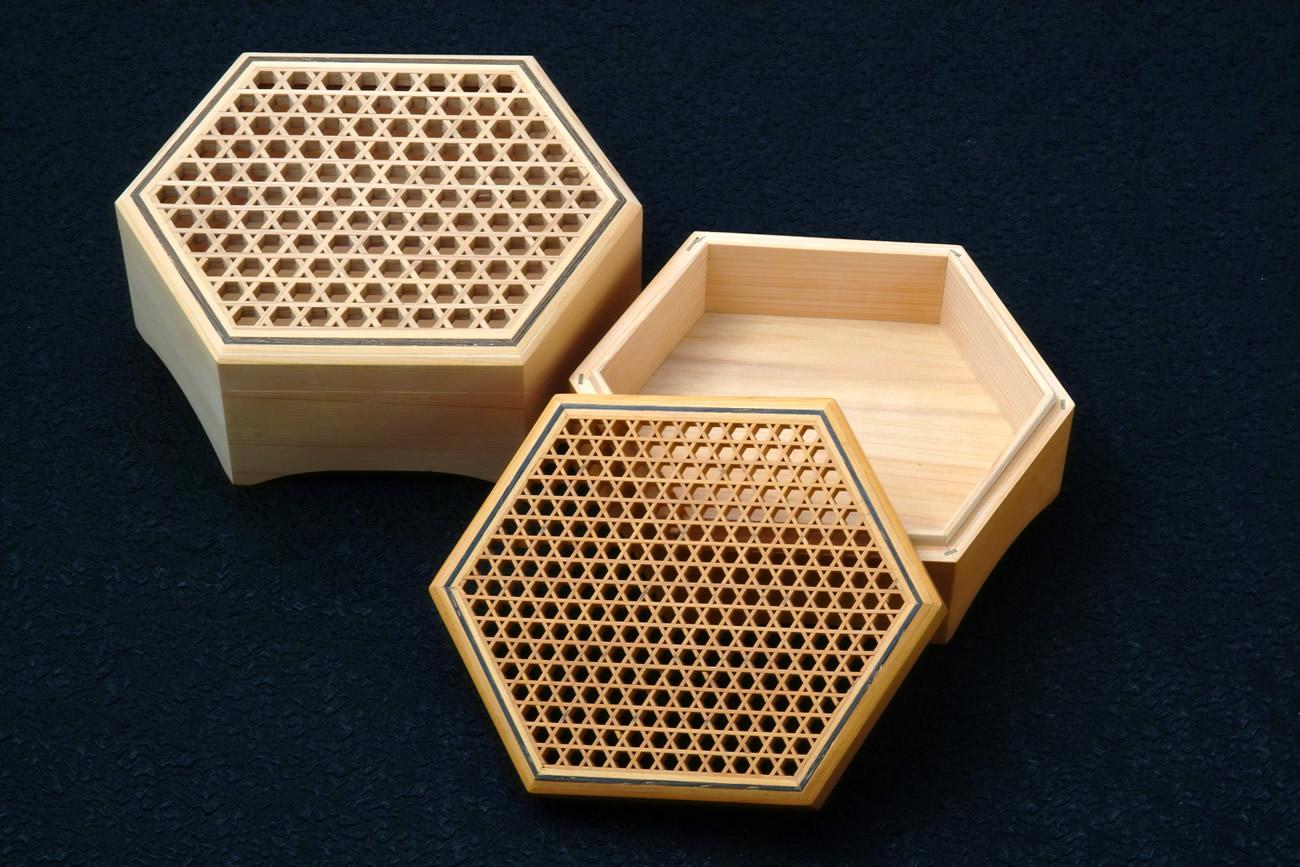
Okawa Kumiko
View more -
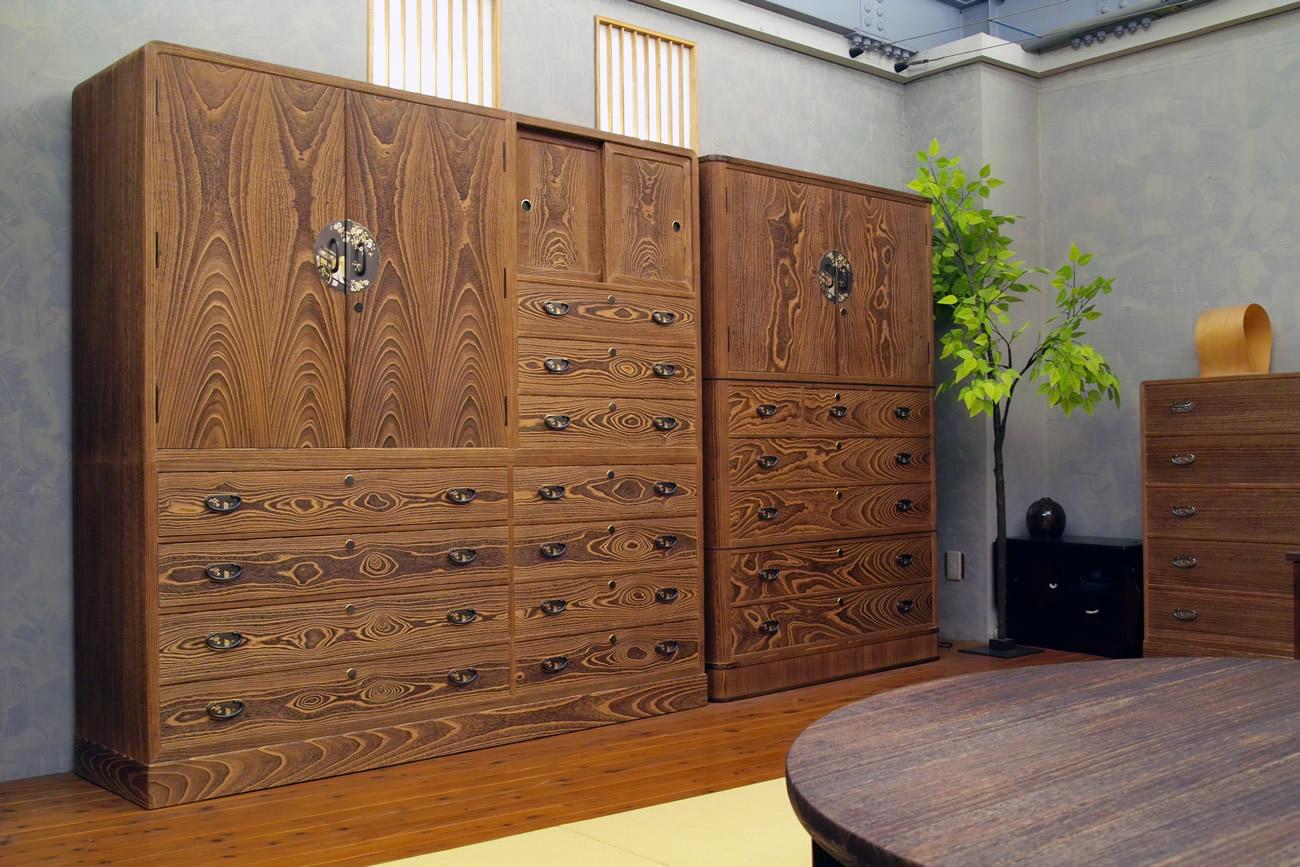
Okawa Soukiri Dansu
View more -
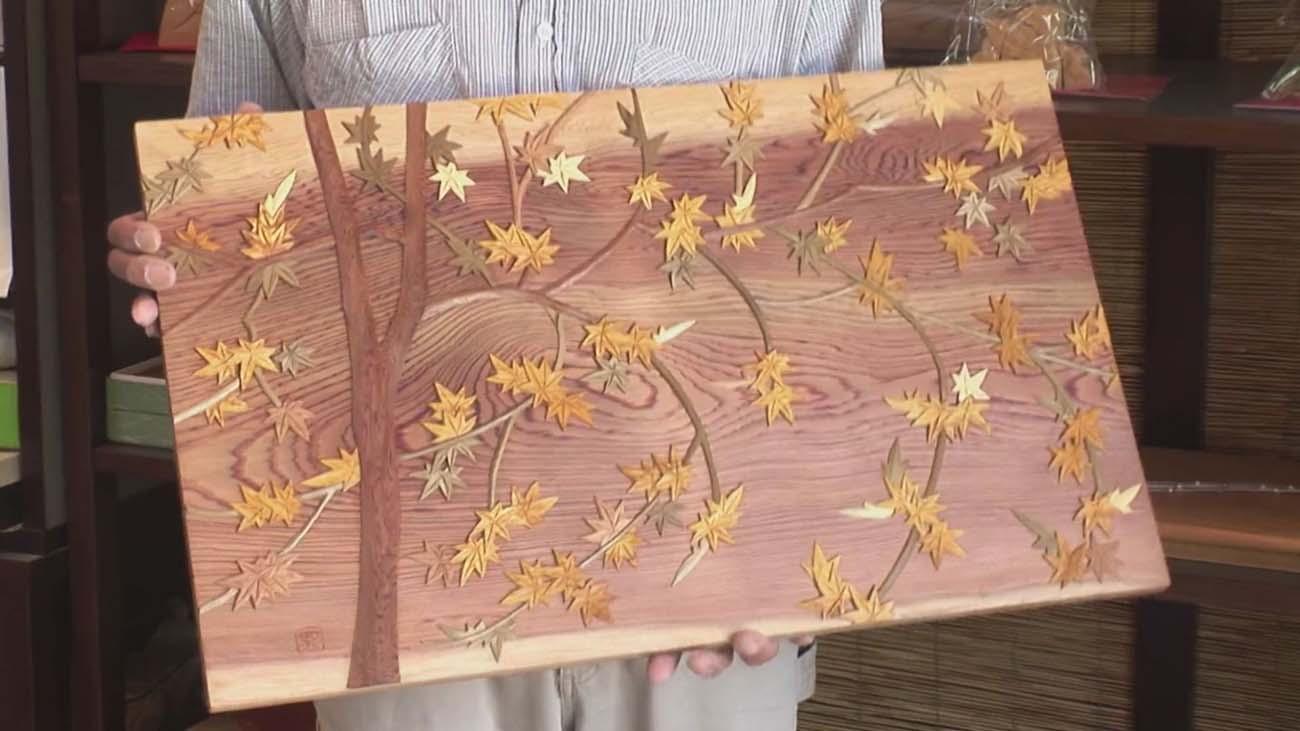
Okawa Chokoku
View more -
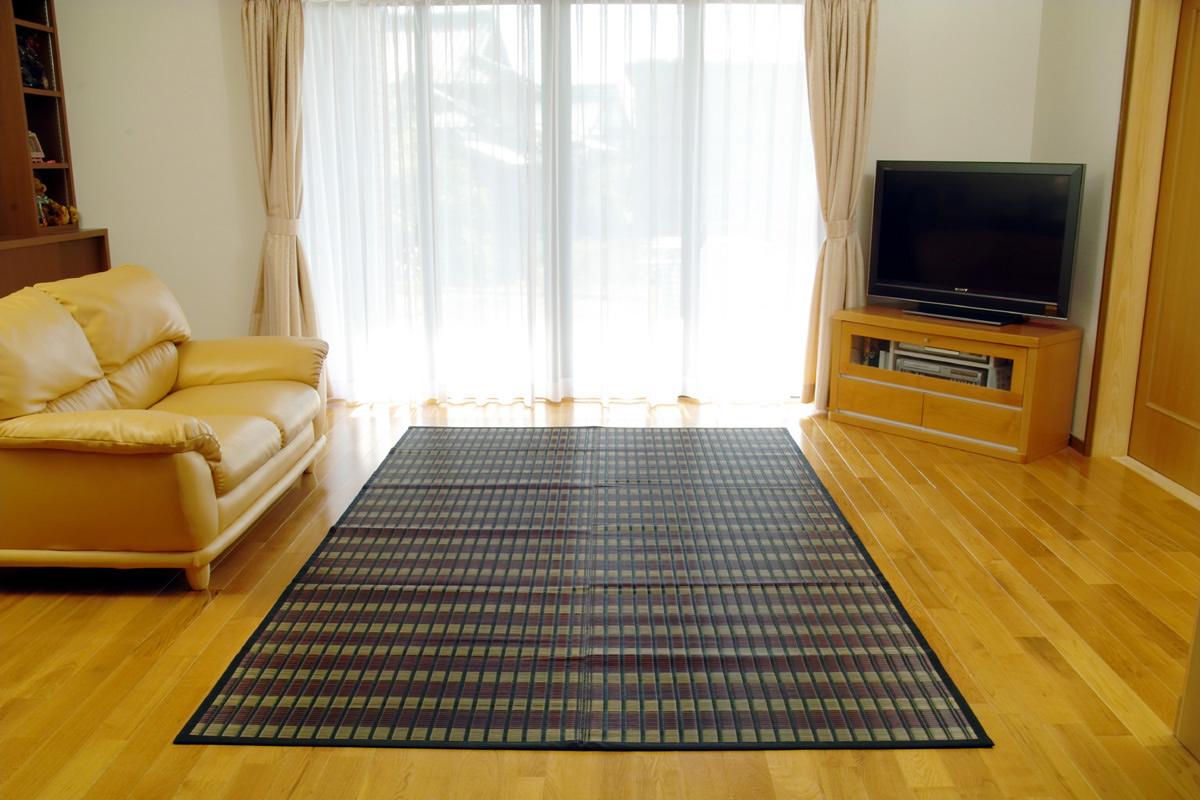
Kakegawa
View more -
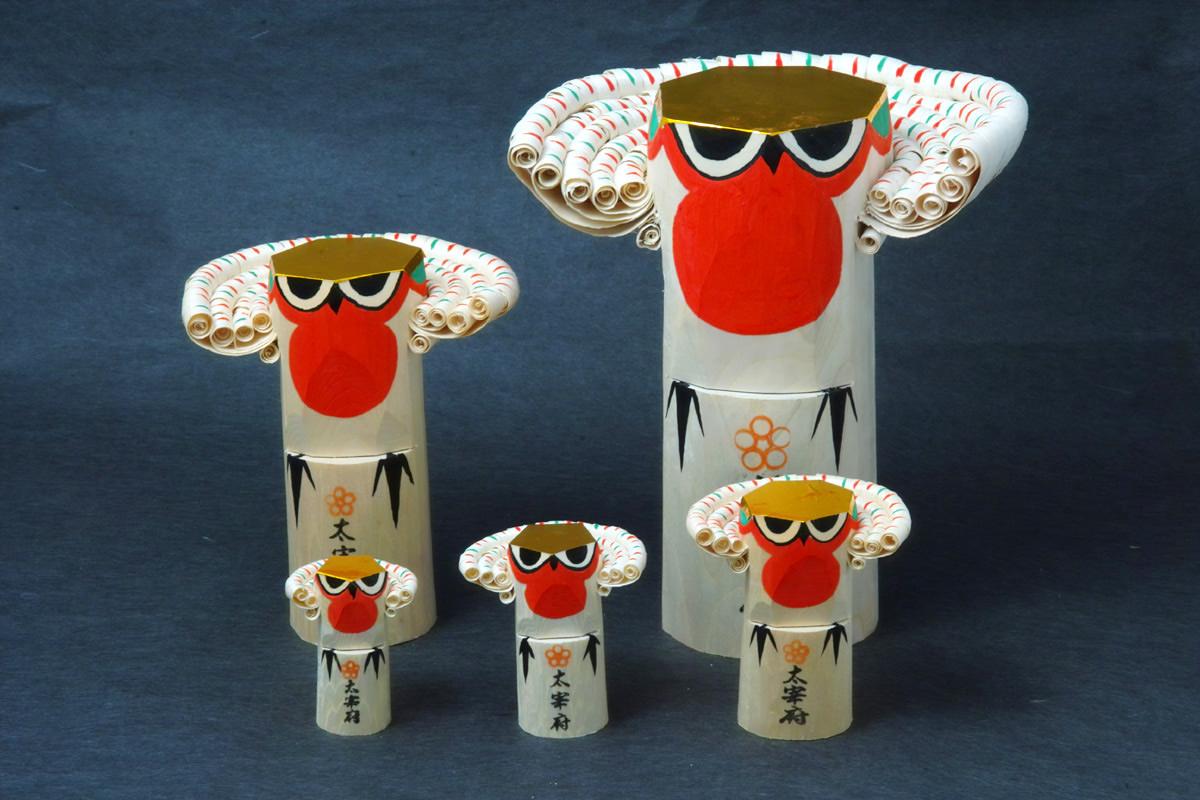
Ki Uso
View more -
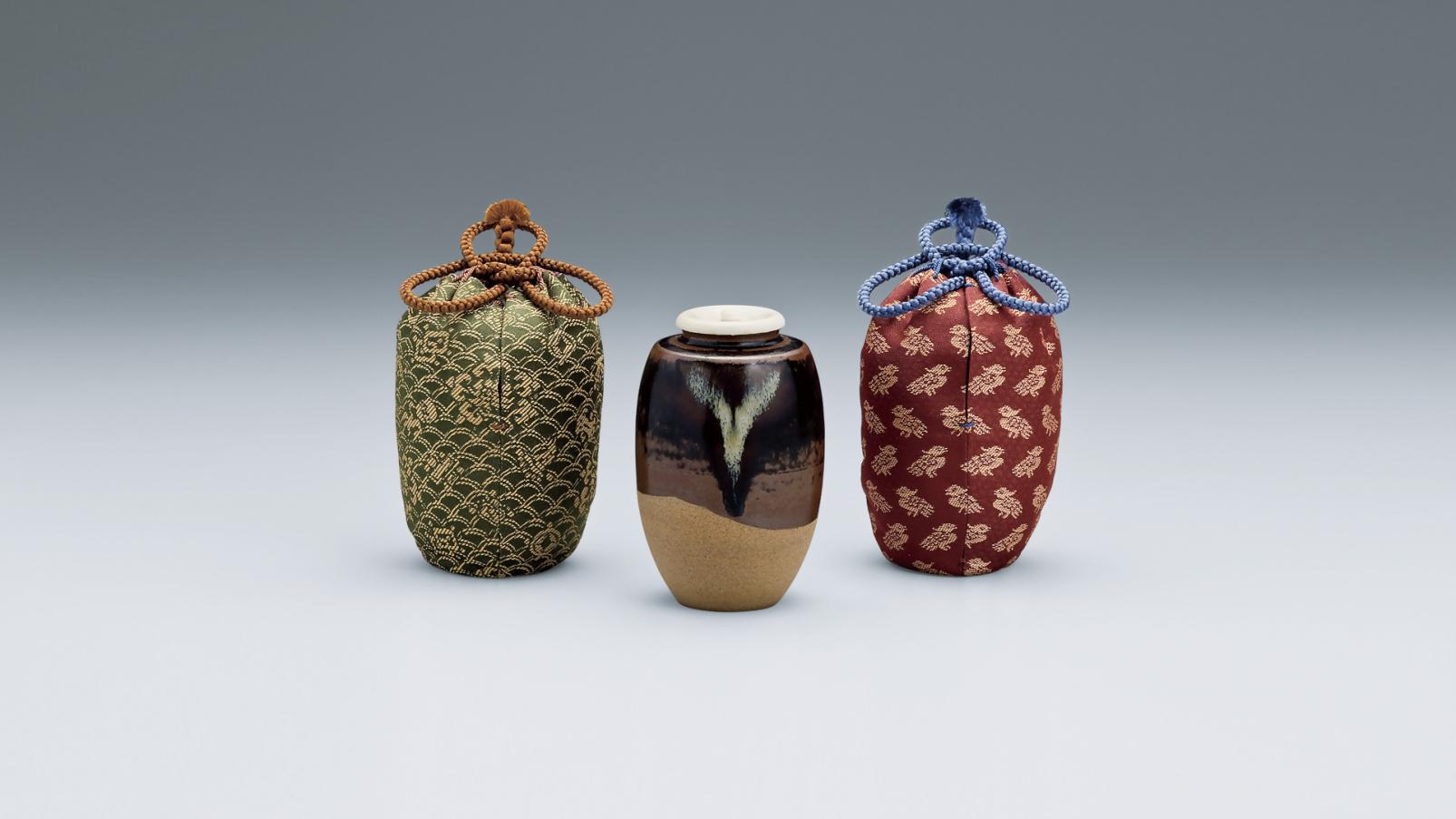
Takatoriyaki
View more -
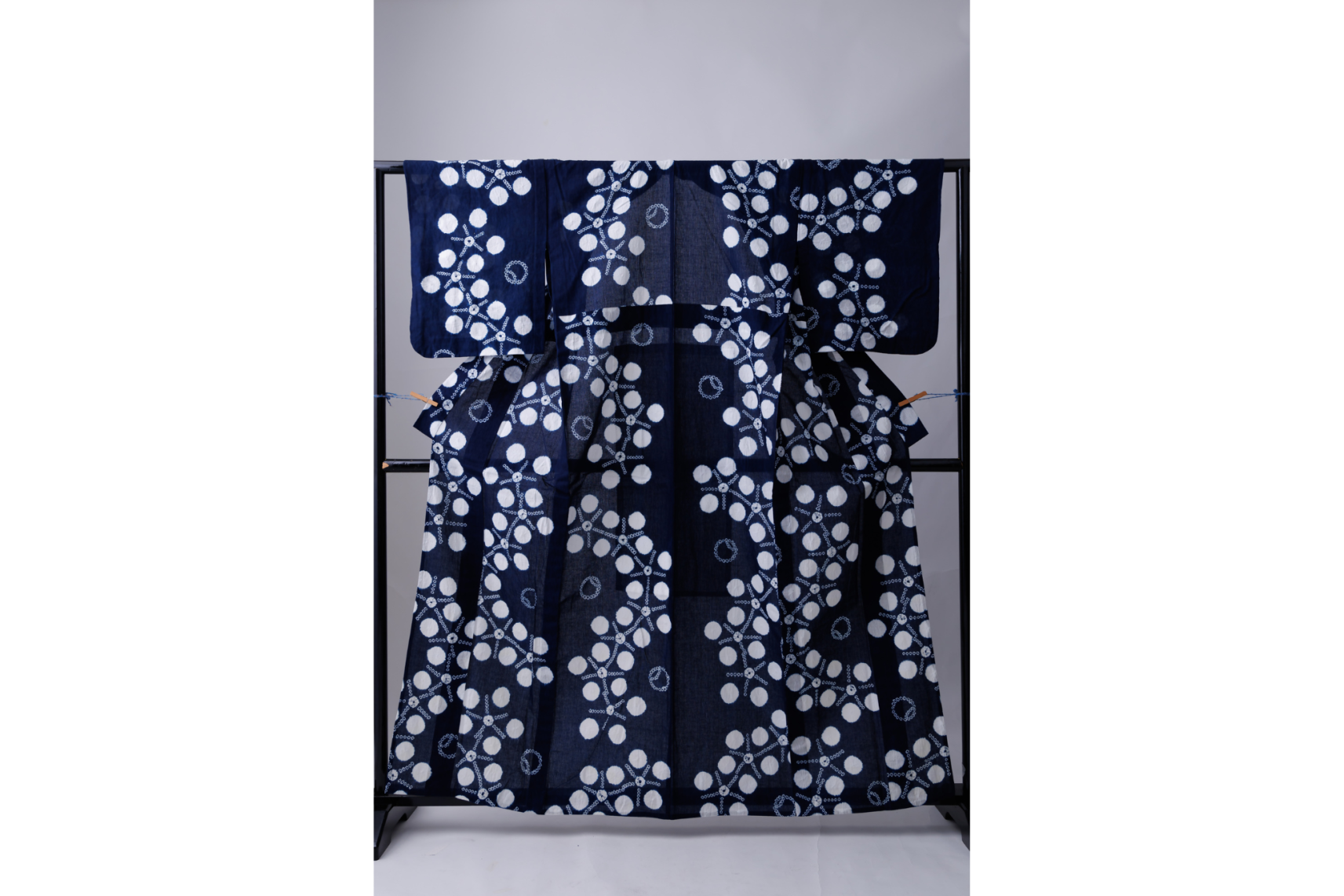
Amagi Shibori
View more -
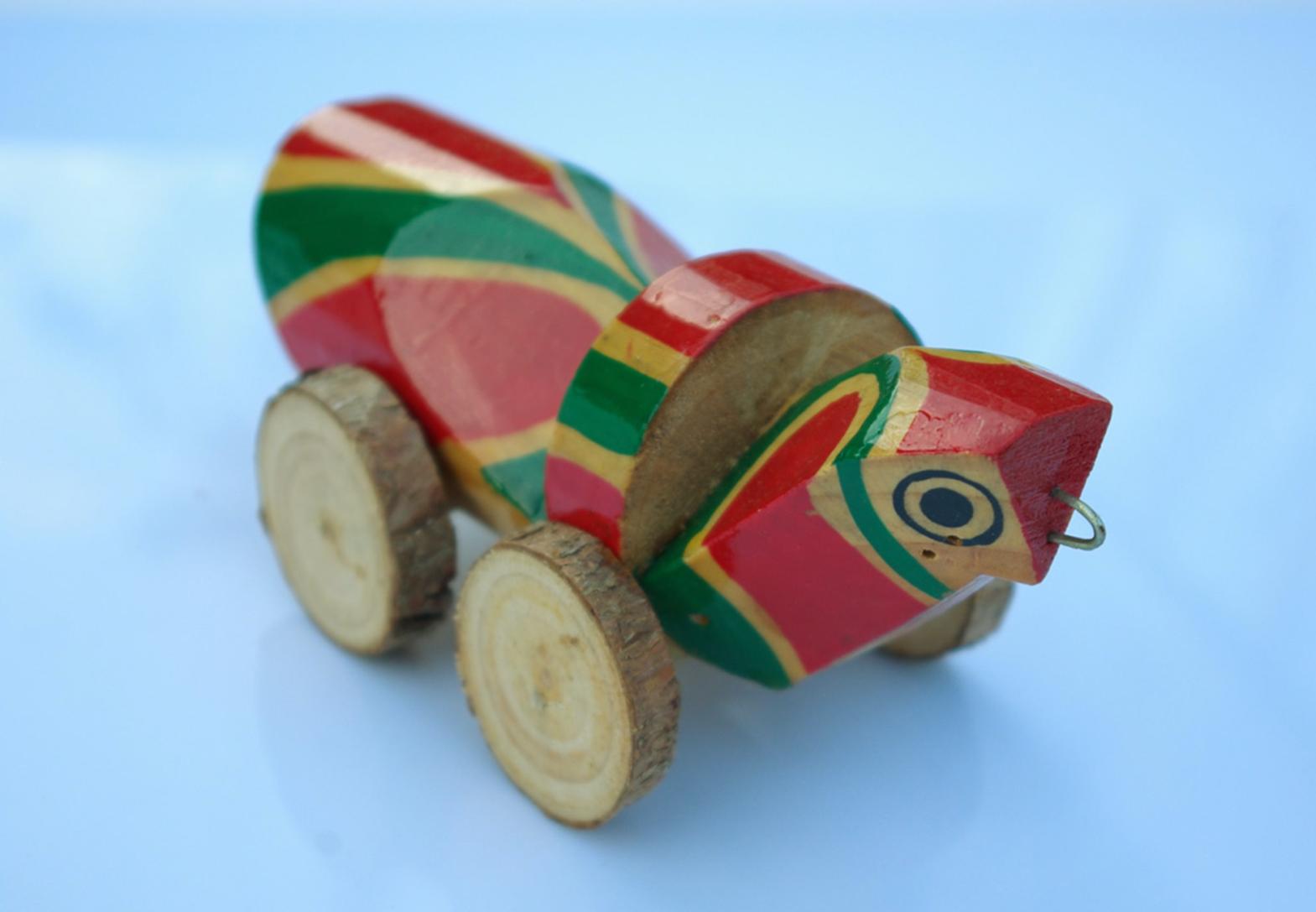
Kijiguruma
View more -
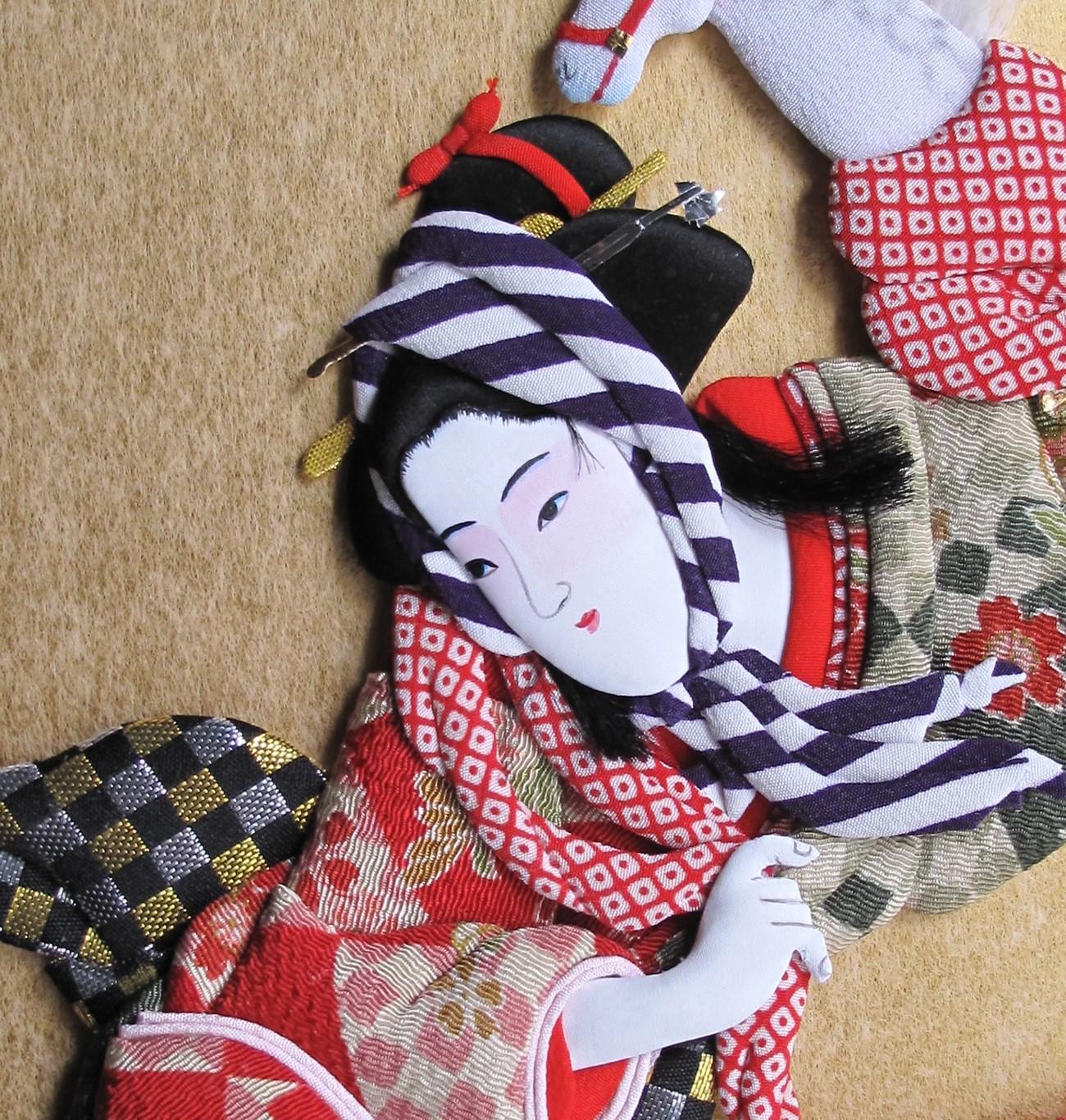
Kurume Okiage
View more -
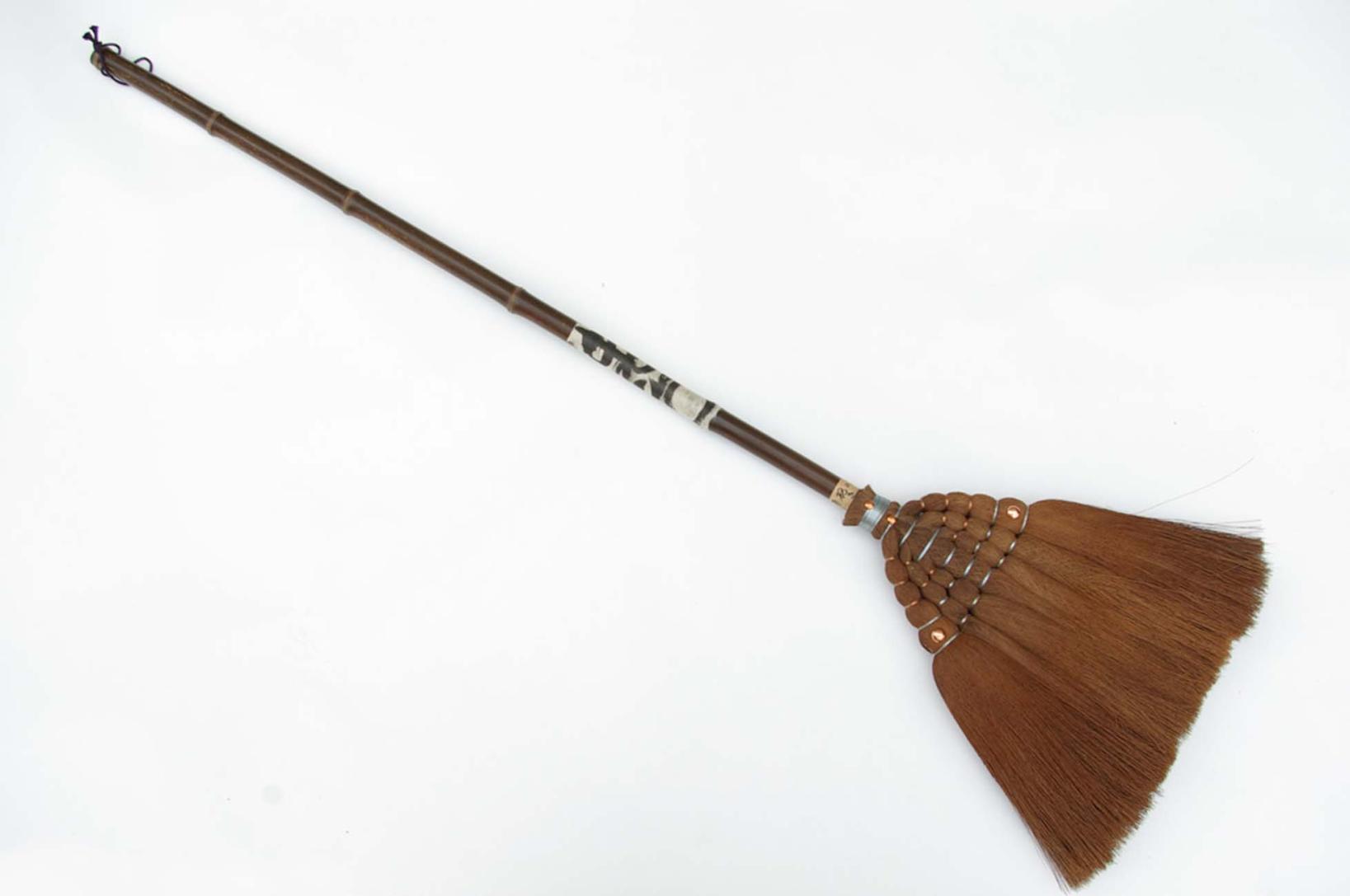
Shuro Boki
View more -
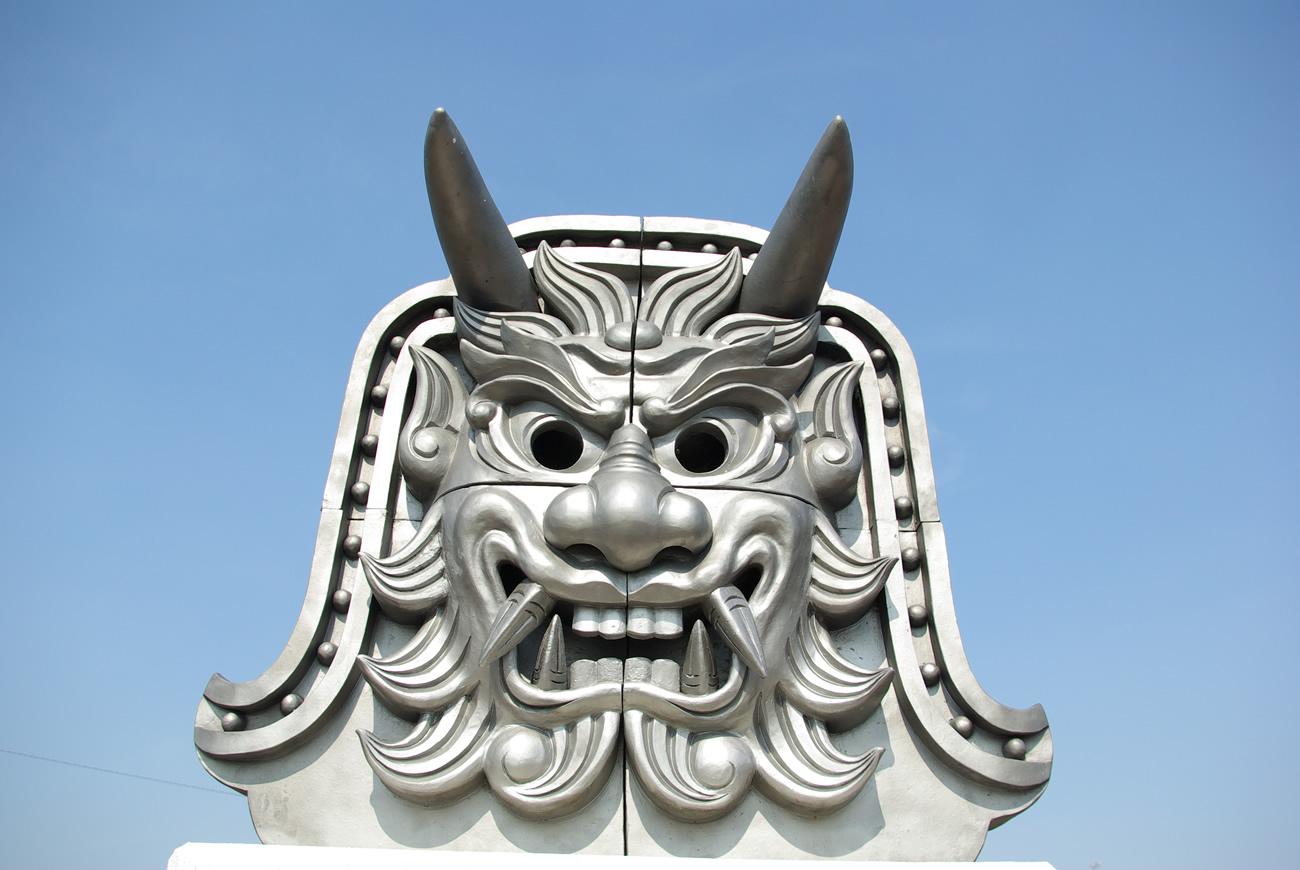
Jyojima Onigawara
View more -
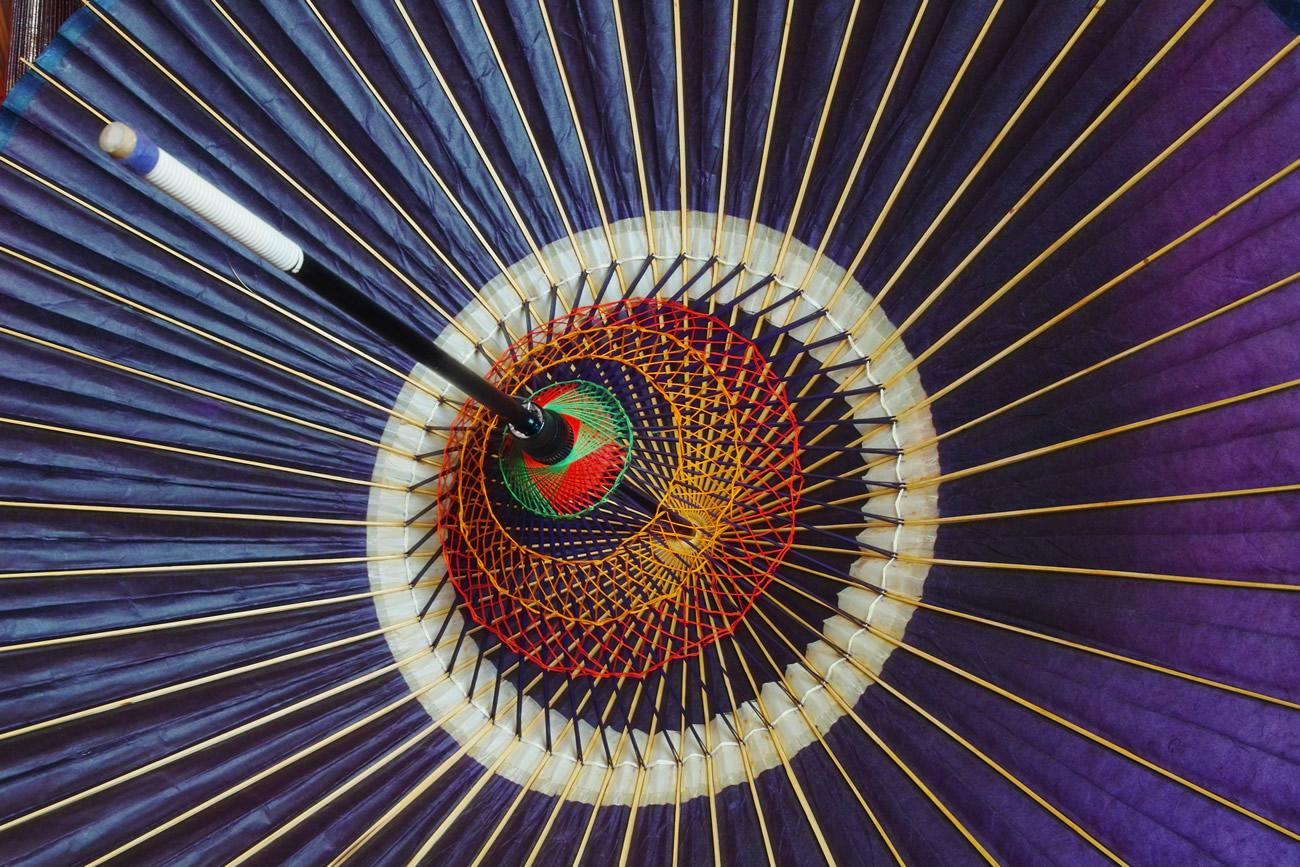
Chikugo Wagasa
View more -
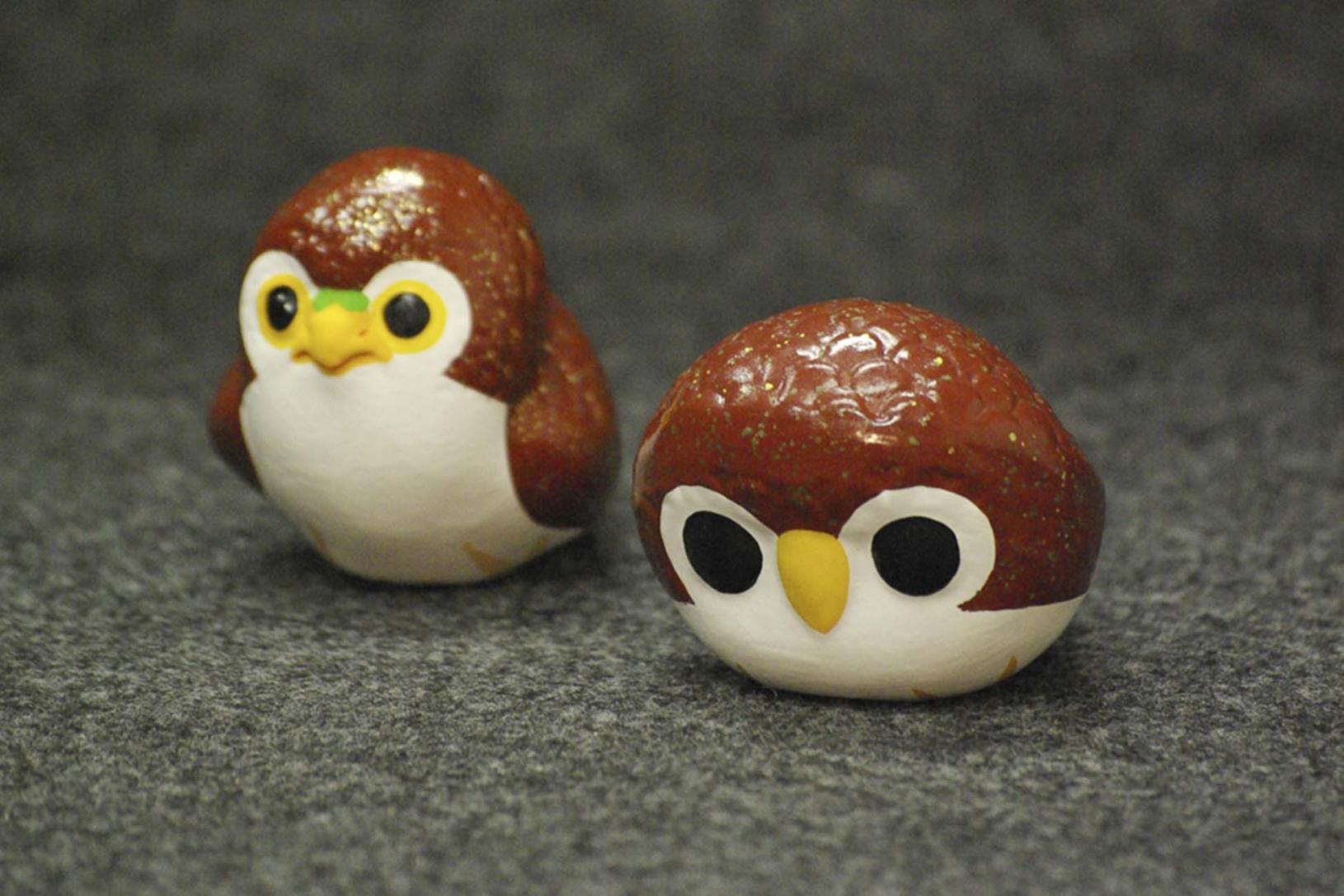
Tsuyazaki Ningyo
View more -
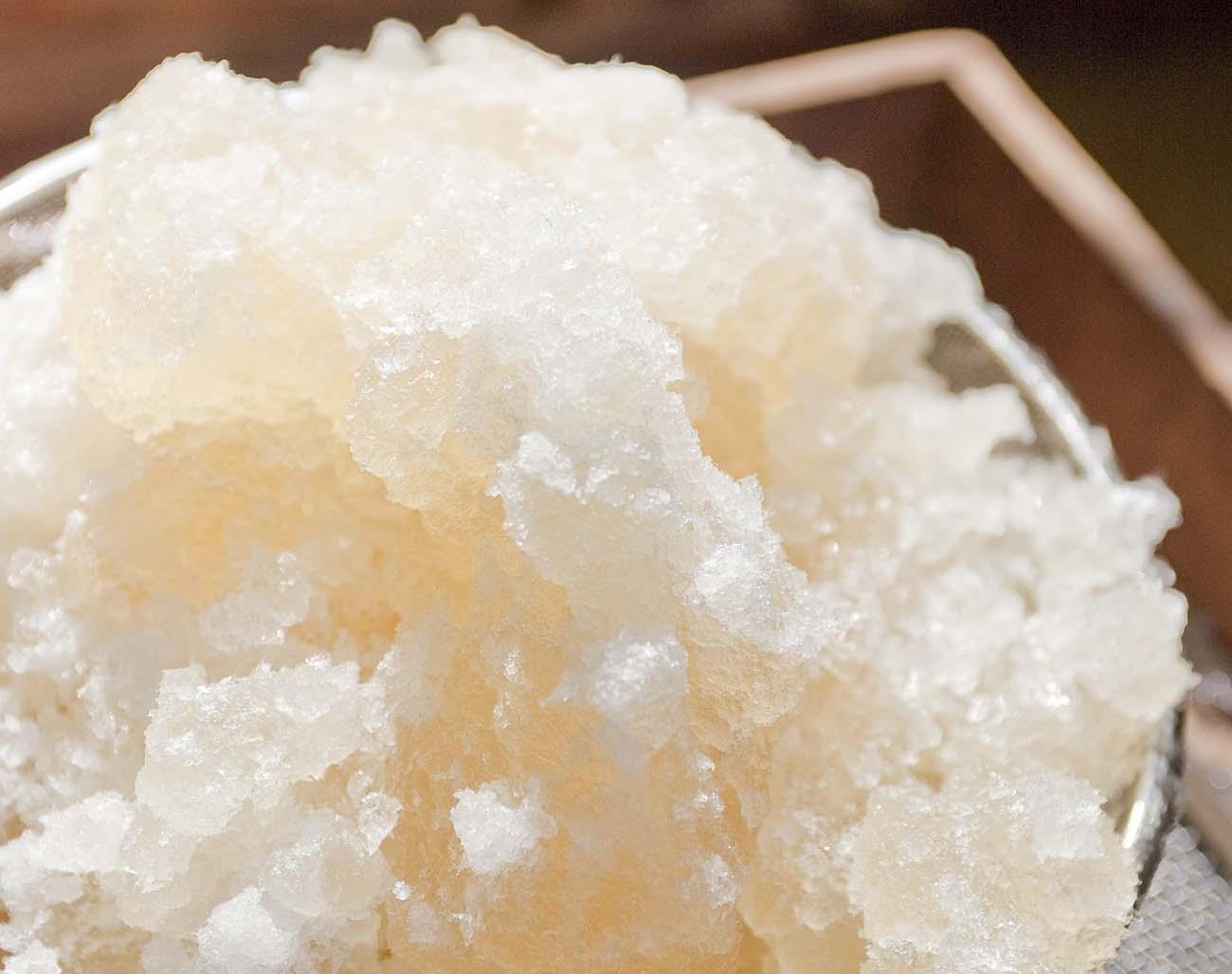
Tennen Shono
View more -
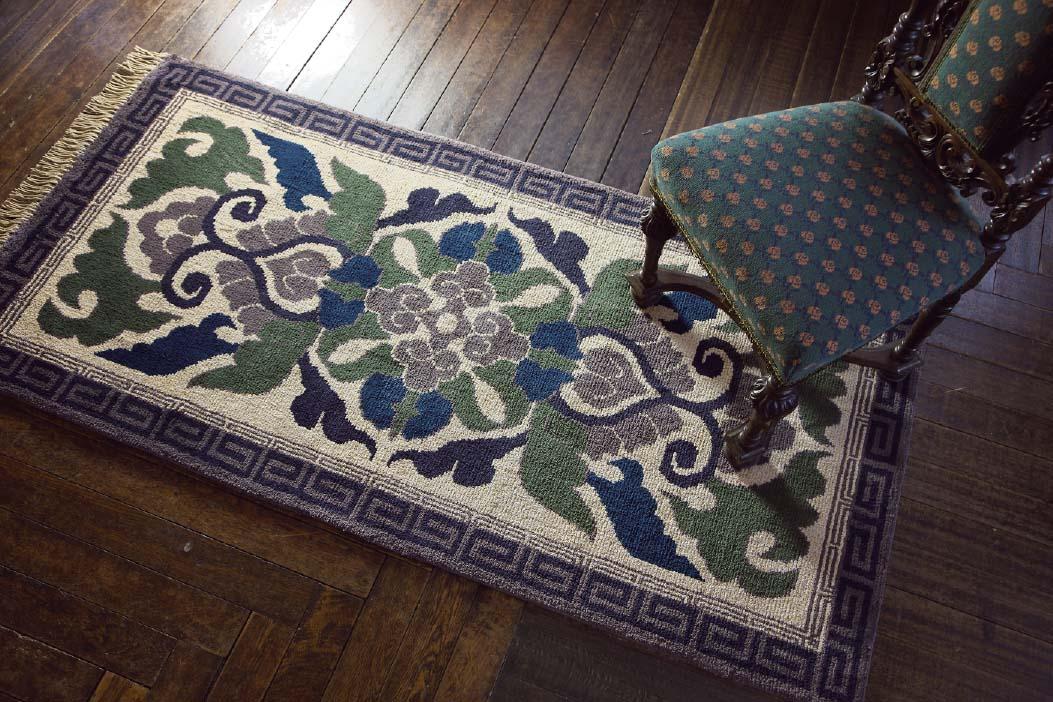
Nabeshima Dantsu
View more -
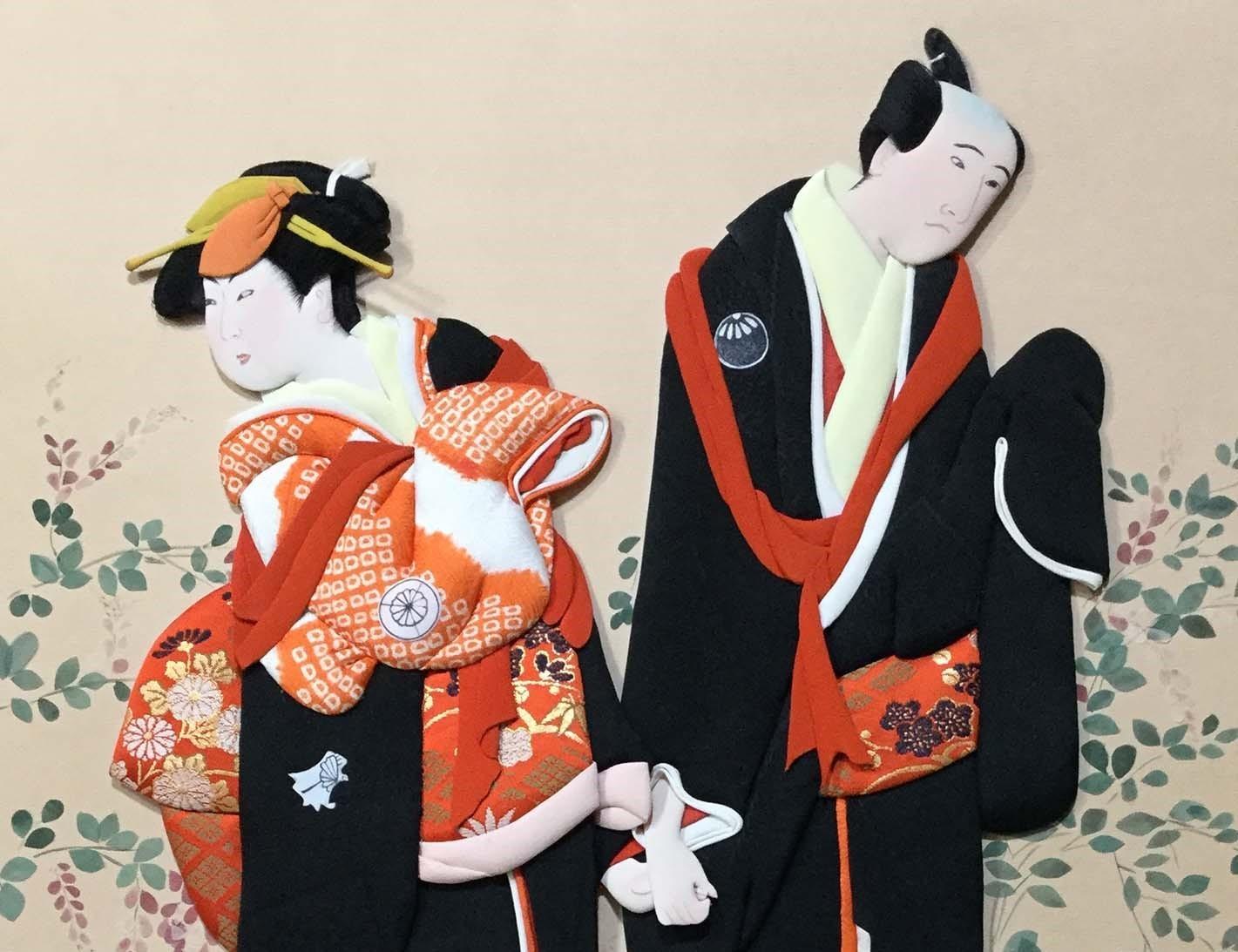
Hakata Okiage
View more -
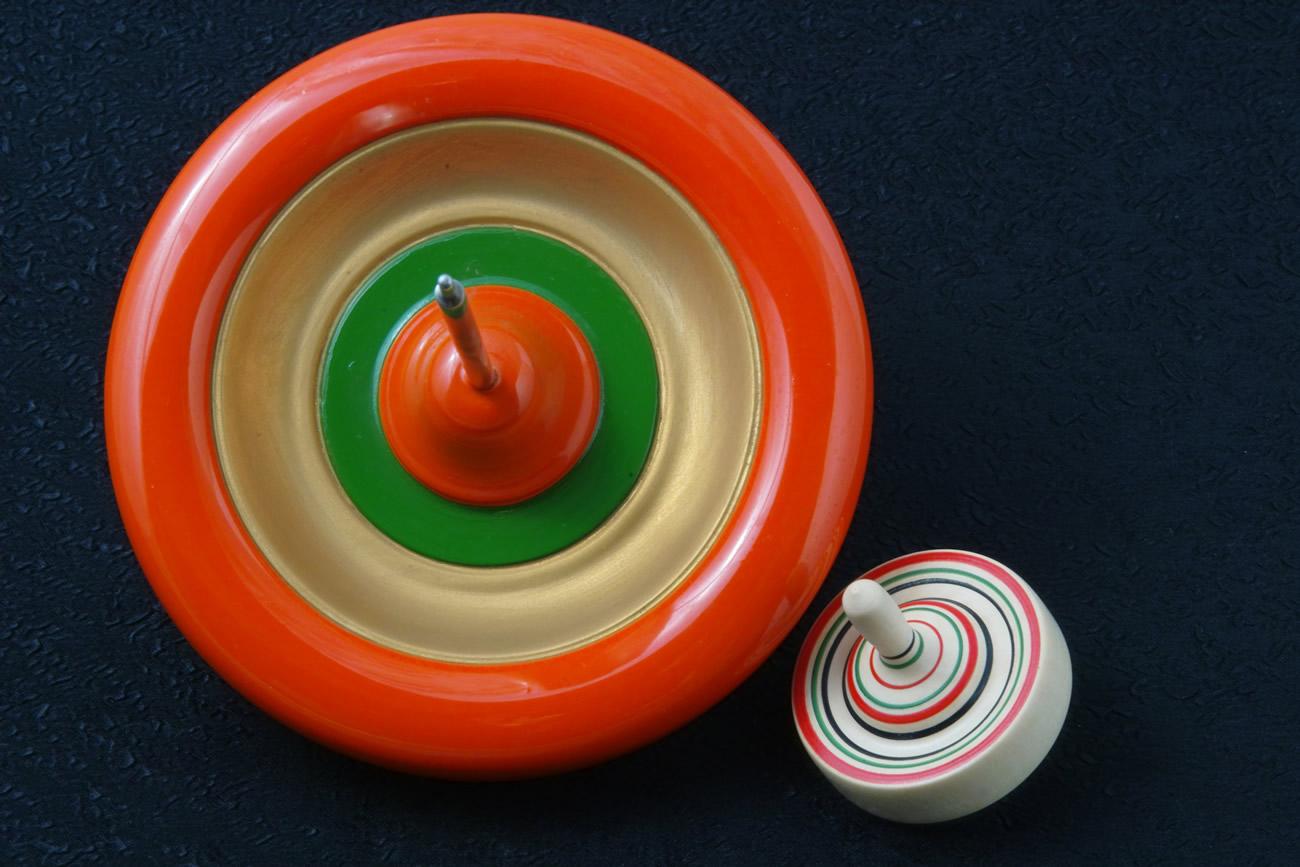
Hakata Koma
View more -
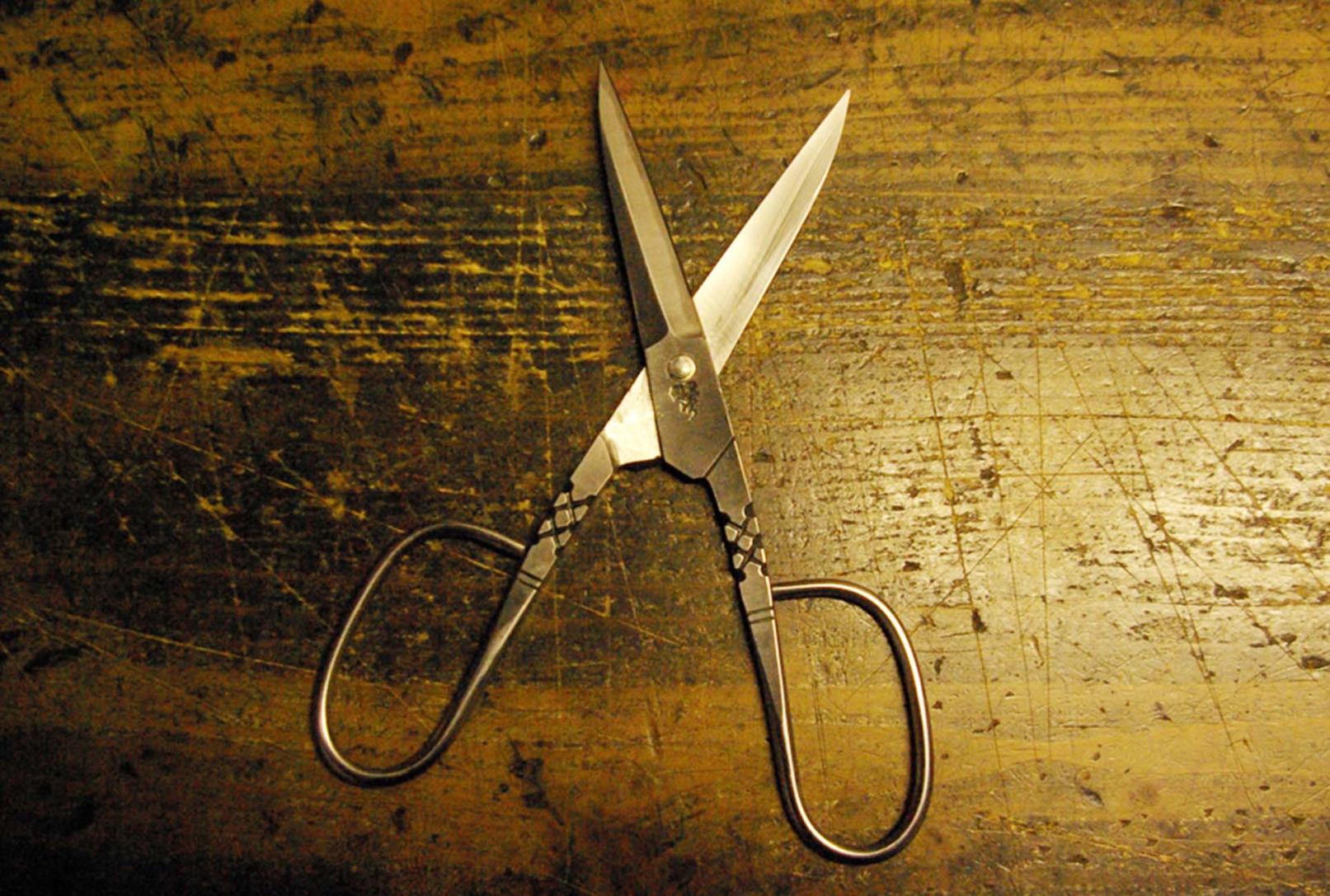
Hakata Basami
View more -
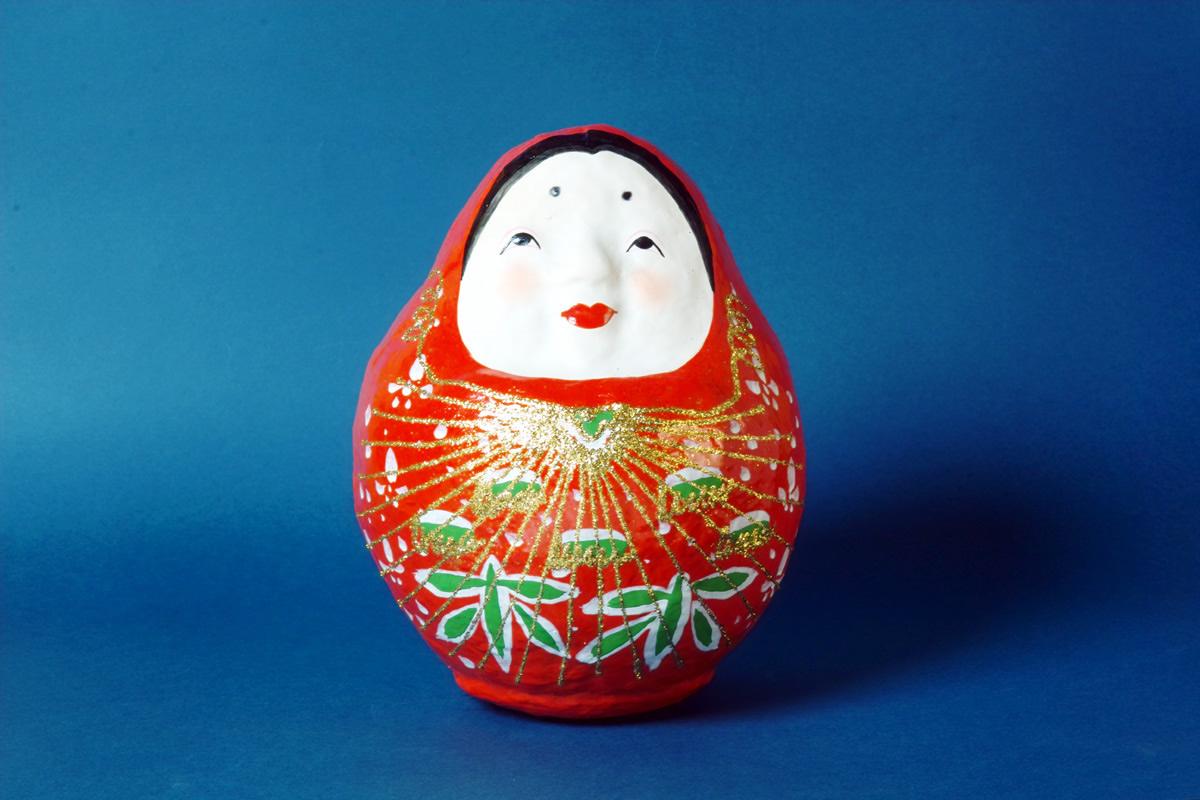
Hakata Hariko
View more -
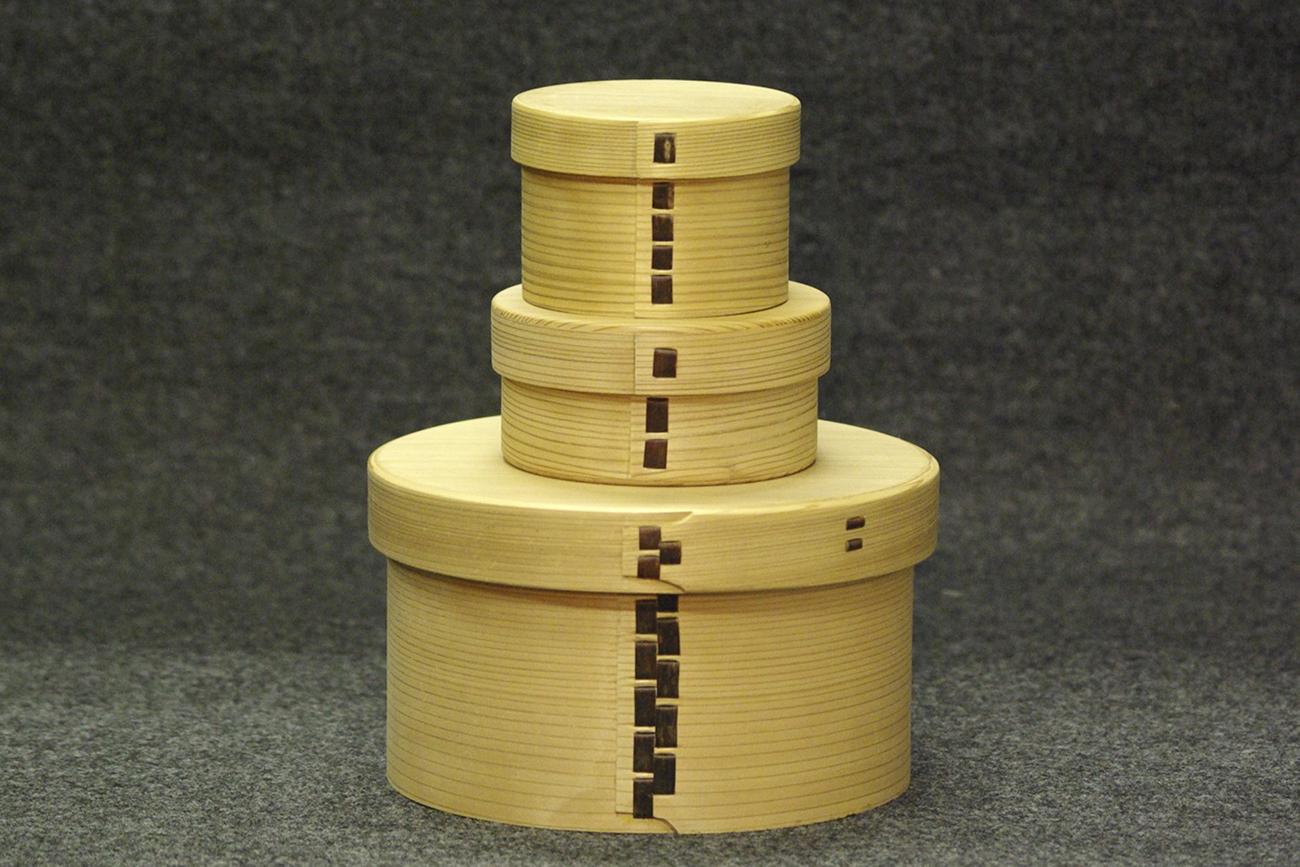
Hakata Magemono
View more -
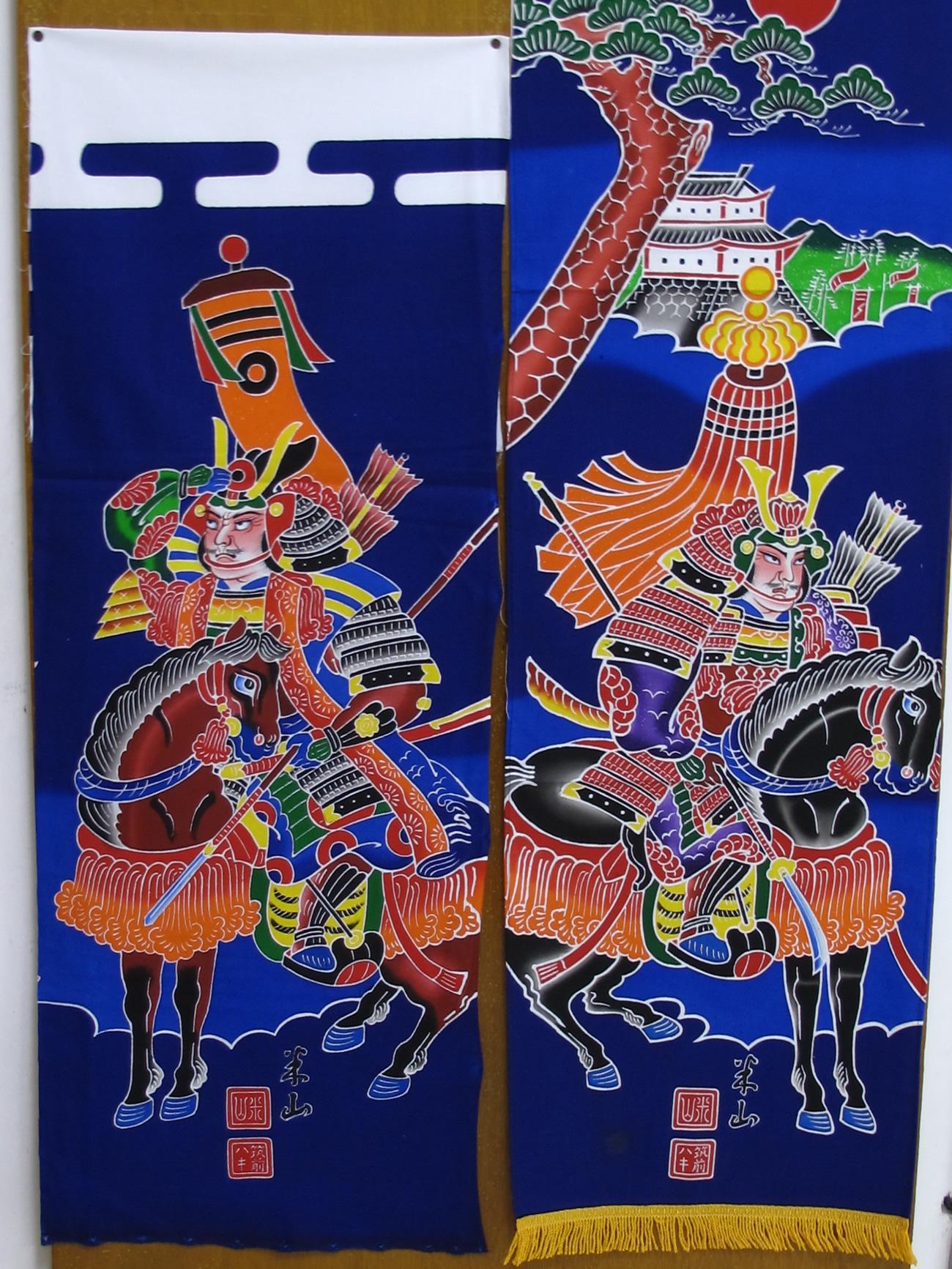
Haki Gogatsu Sekku Nobori
View more -
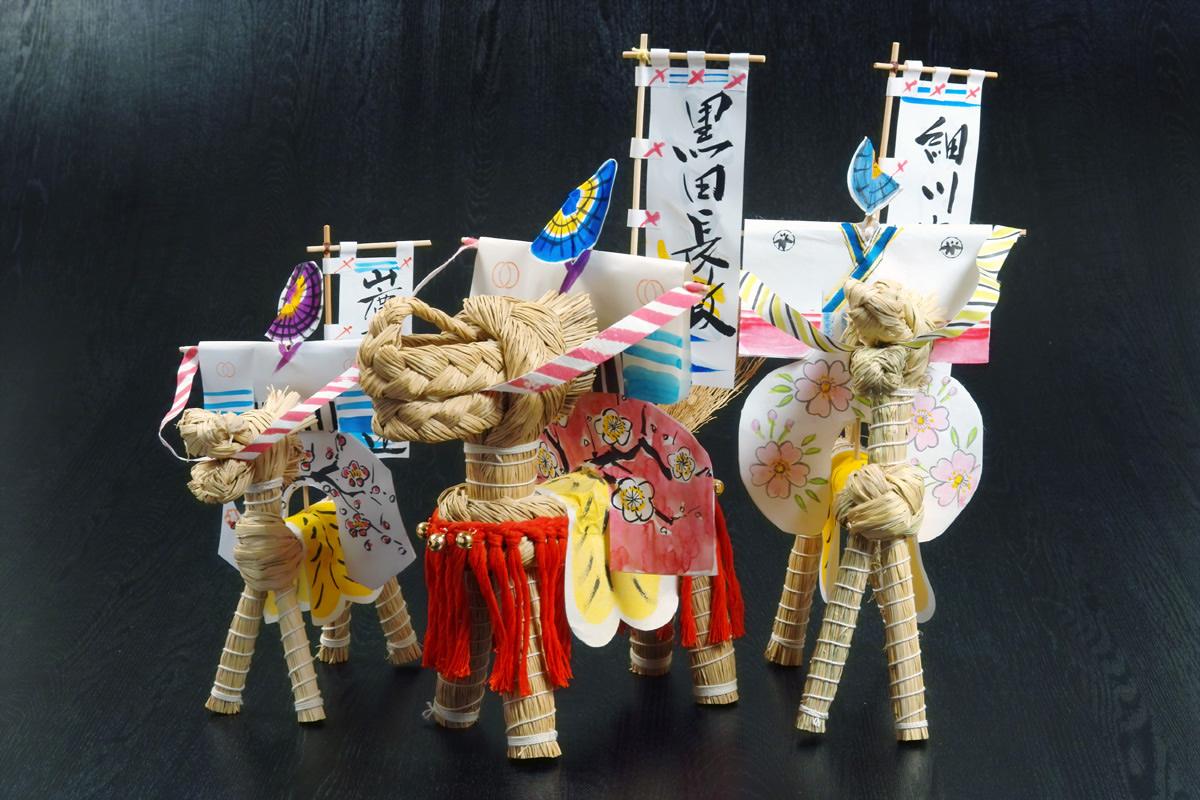
Hassaku-no-Uma
View more -
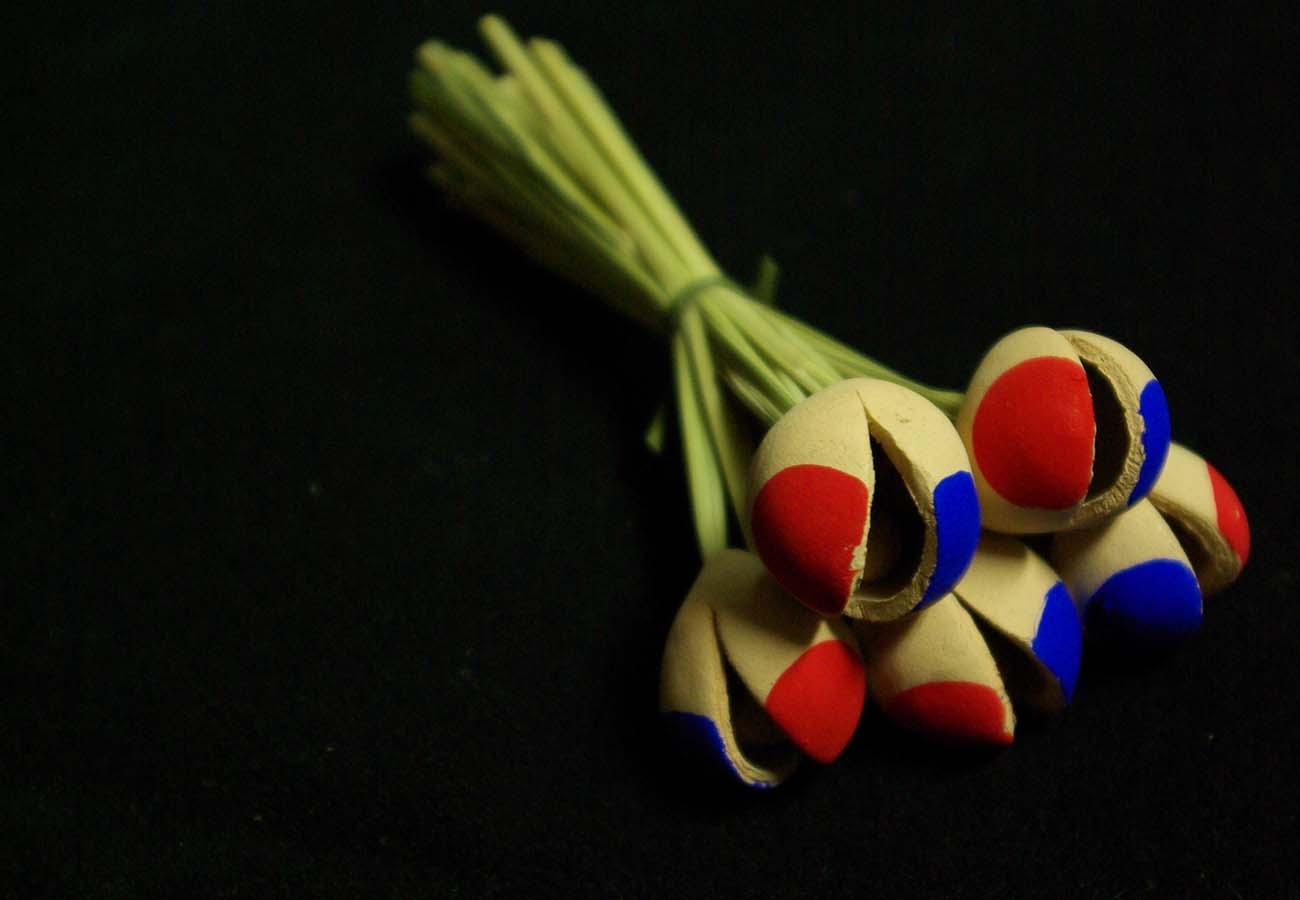
Hikosan Garagara
View more -
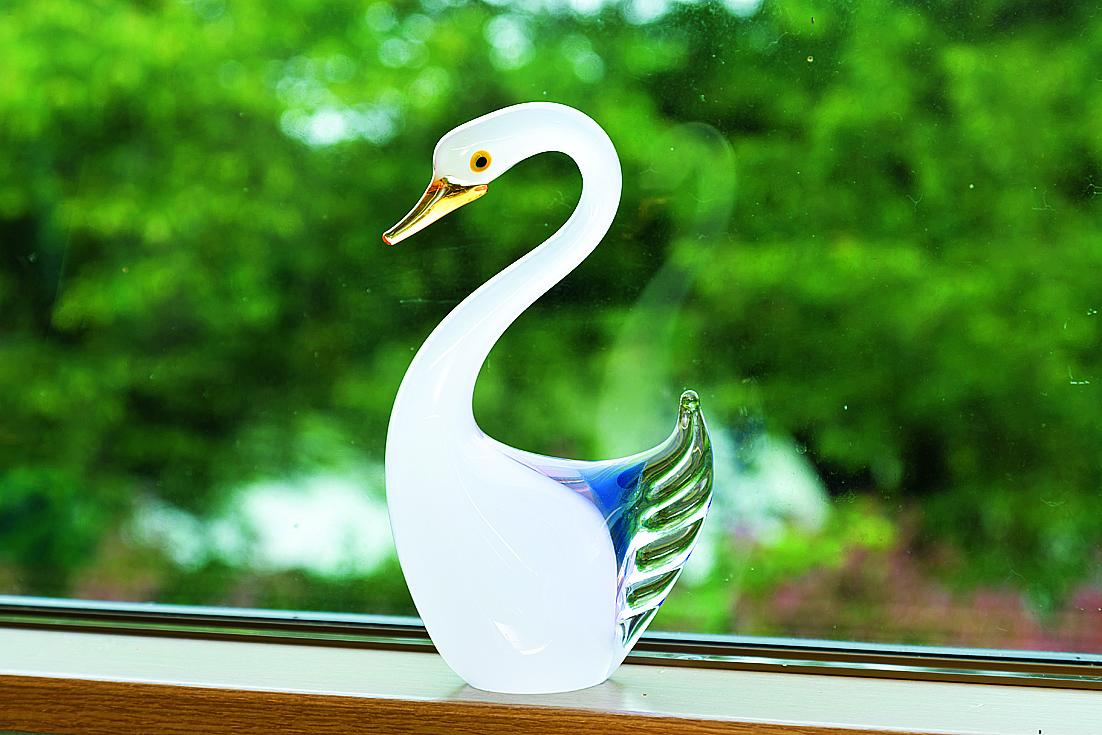
Fukuoka Sekiso Kogei Garasu
View more -
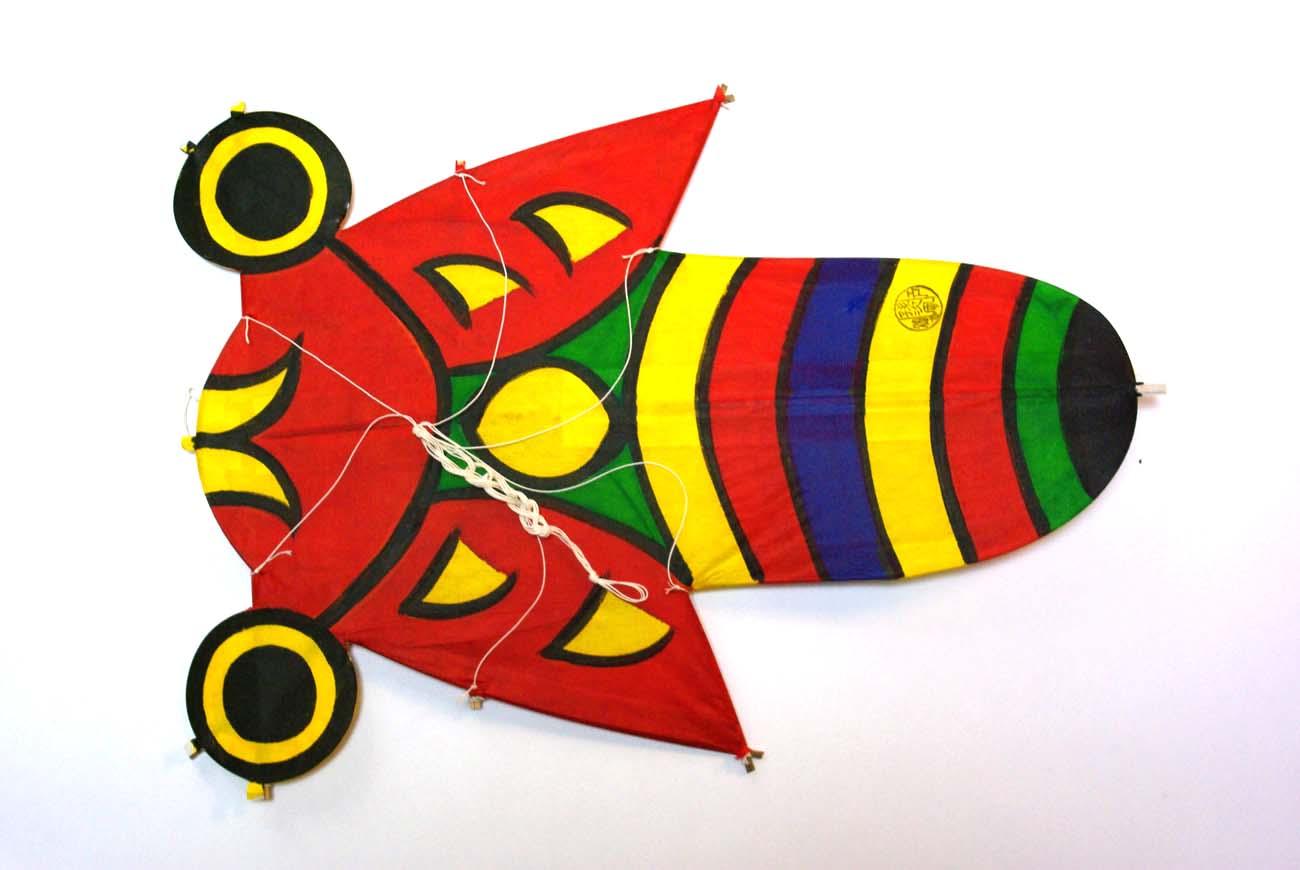
Magoji Dako
View more -
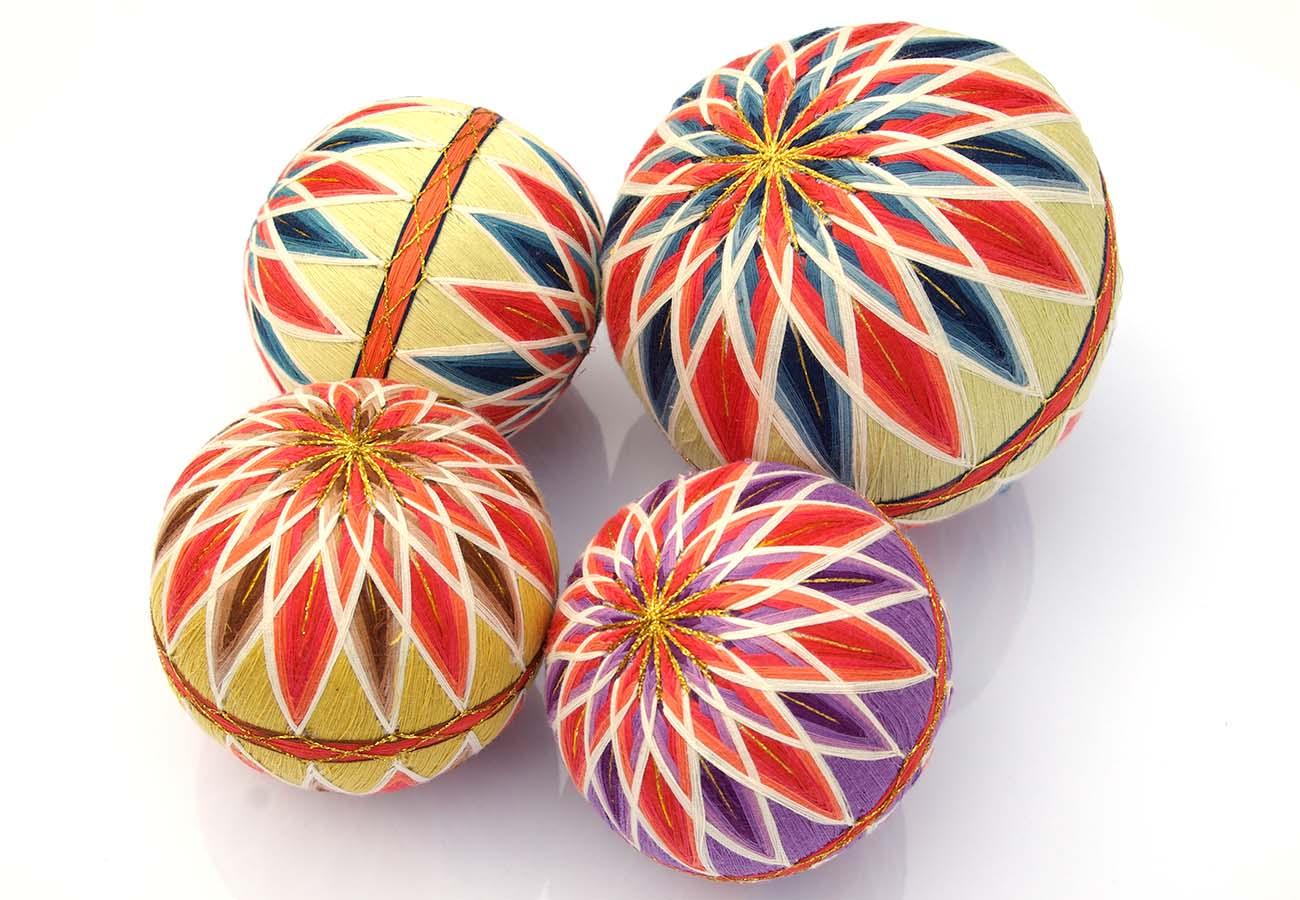
Yanagawa Mari
View more -
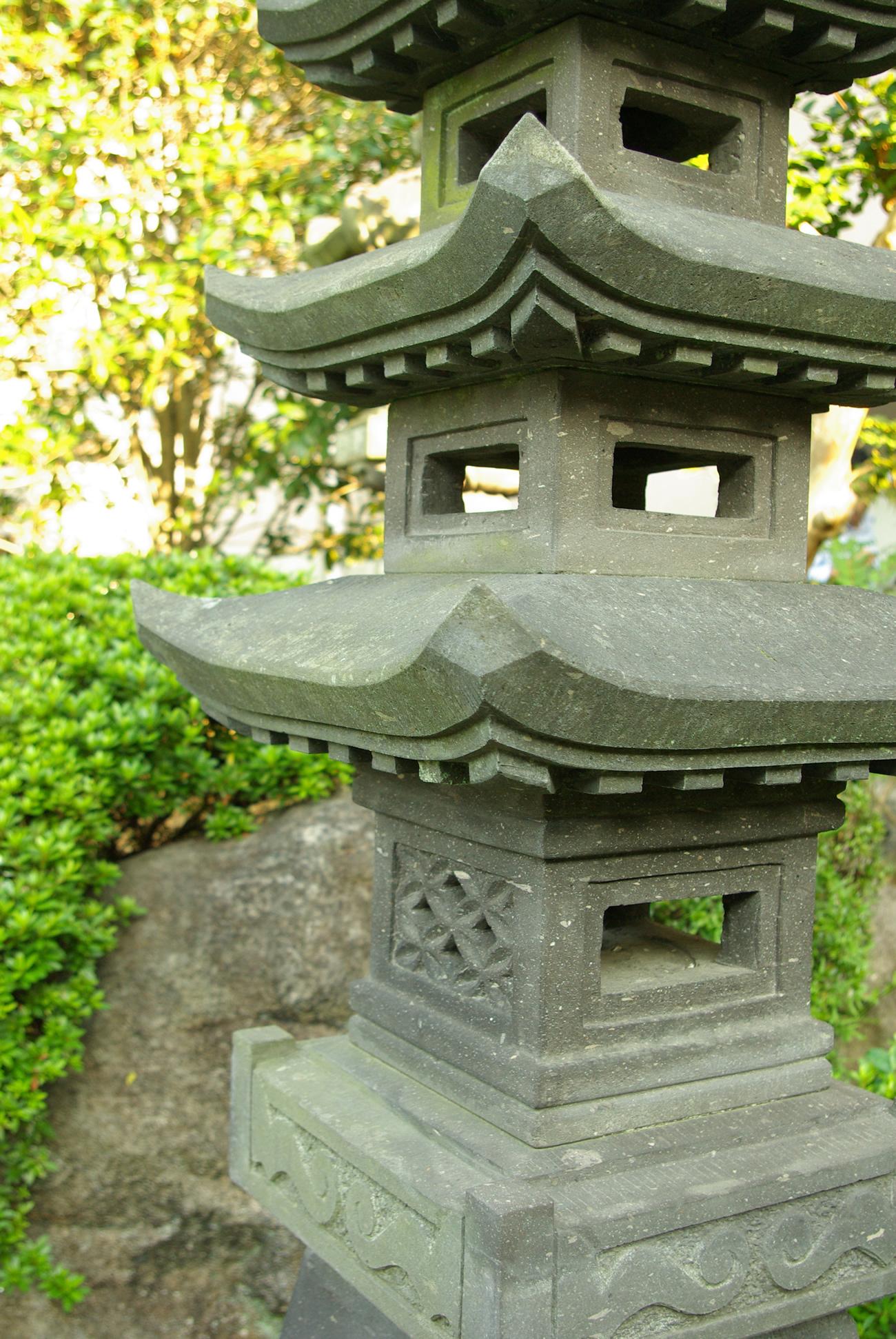
Yame Ishi Toro
View more -
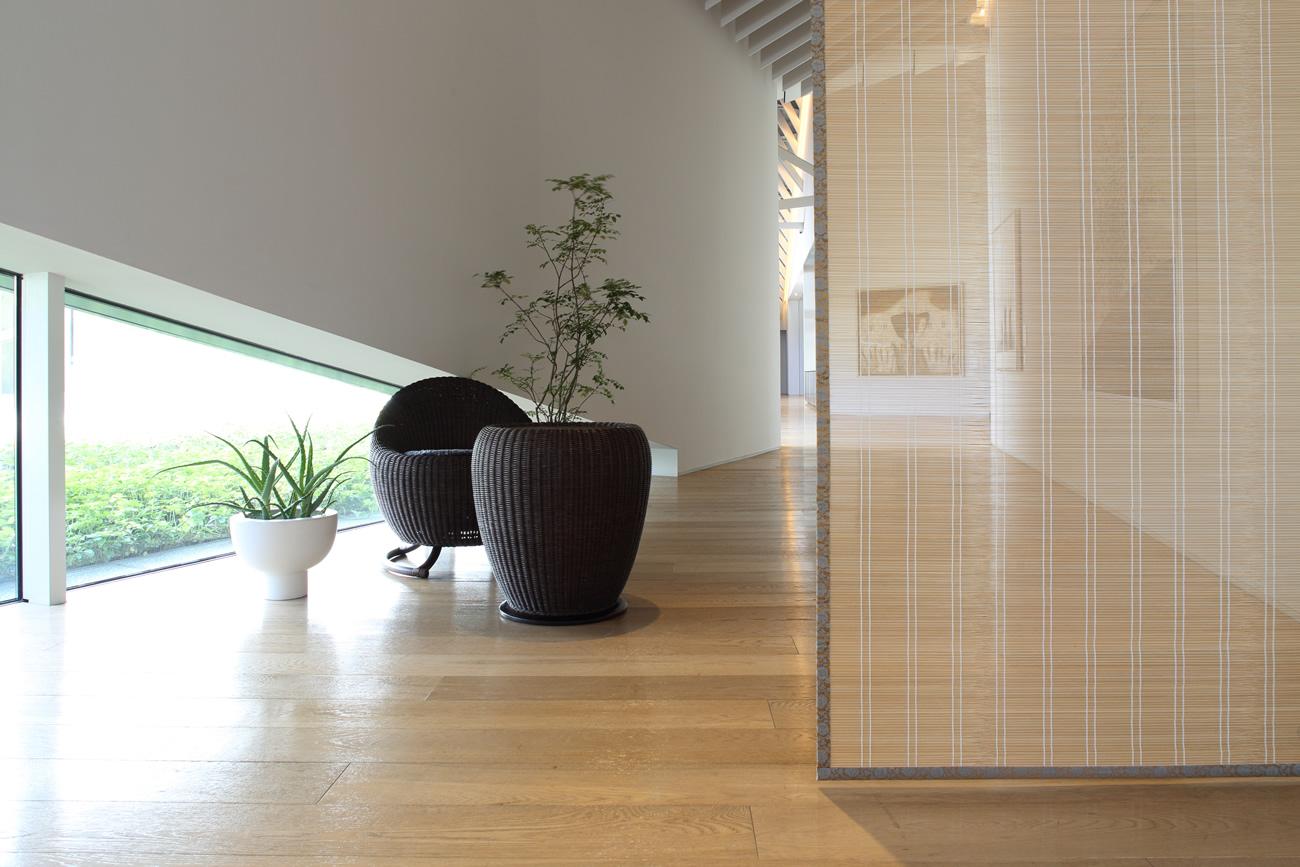
Yame Sudare
View more -
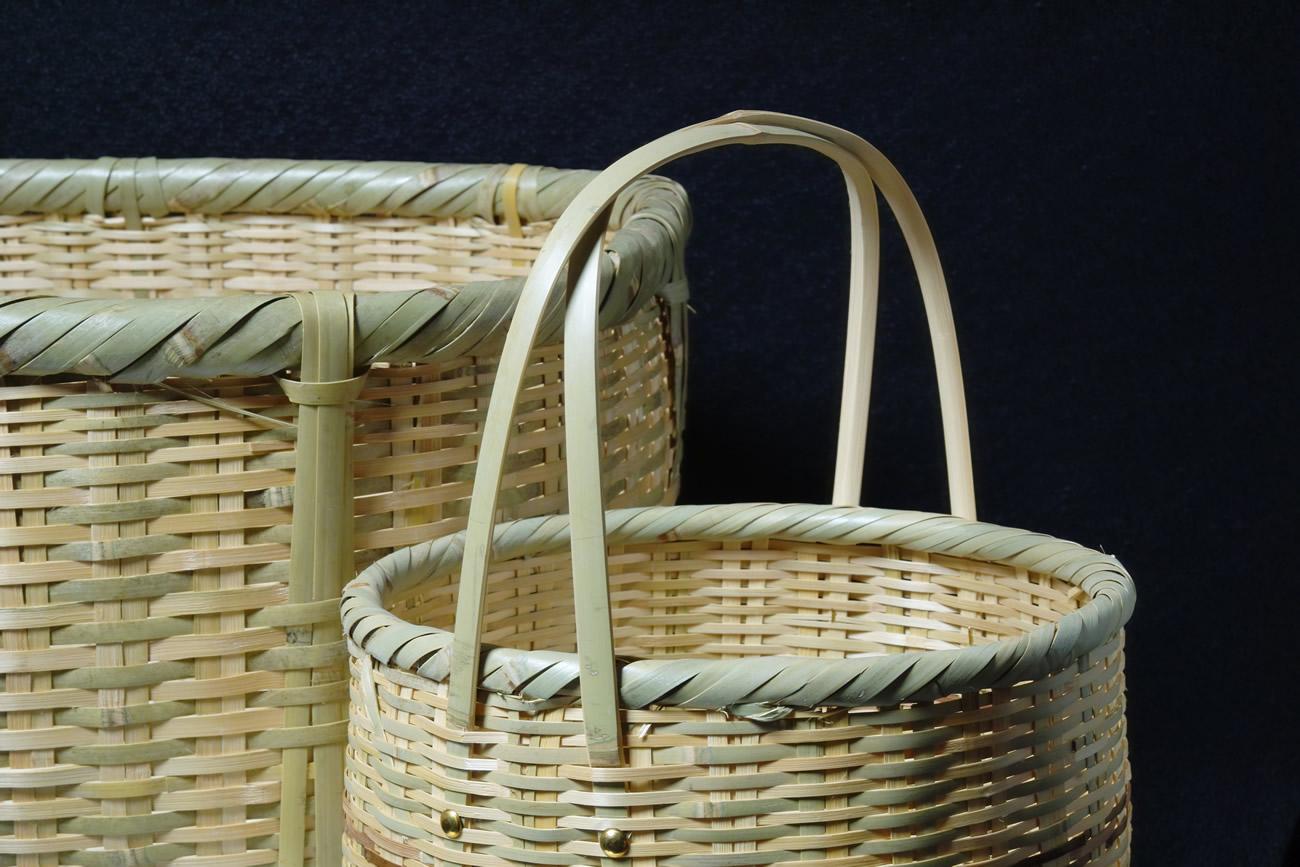
Yame Take Zaiku
View more -
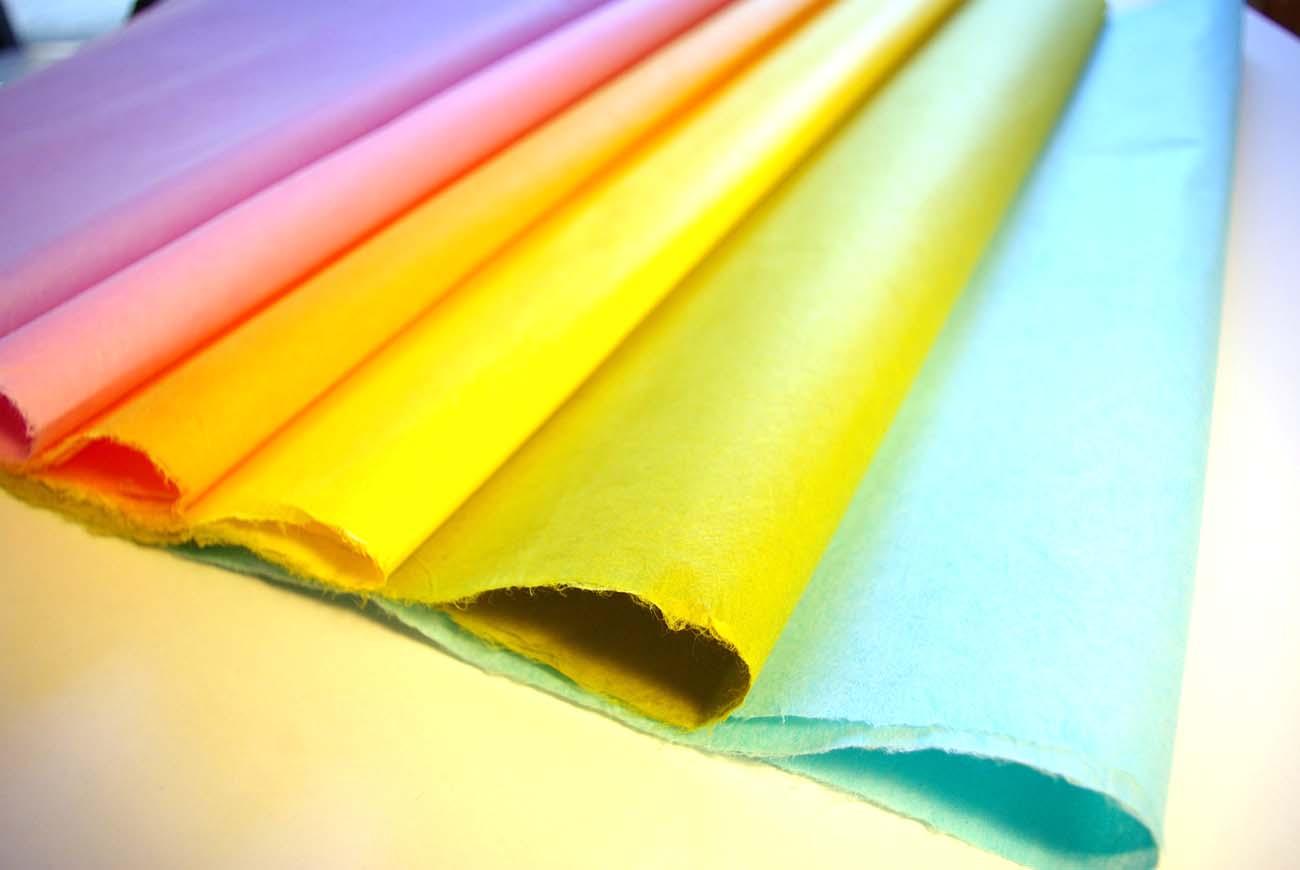
Yame Tesuki Washi
View more -
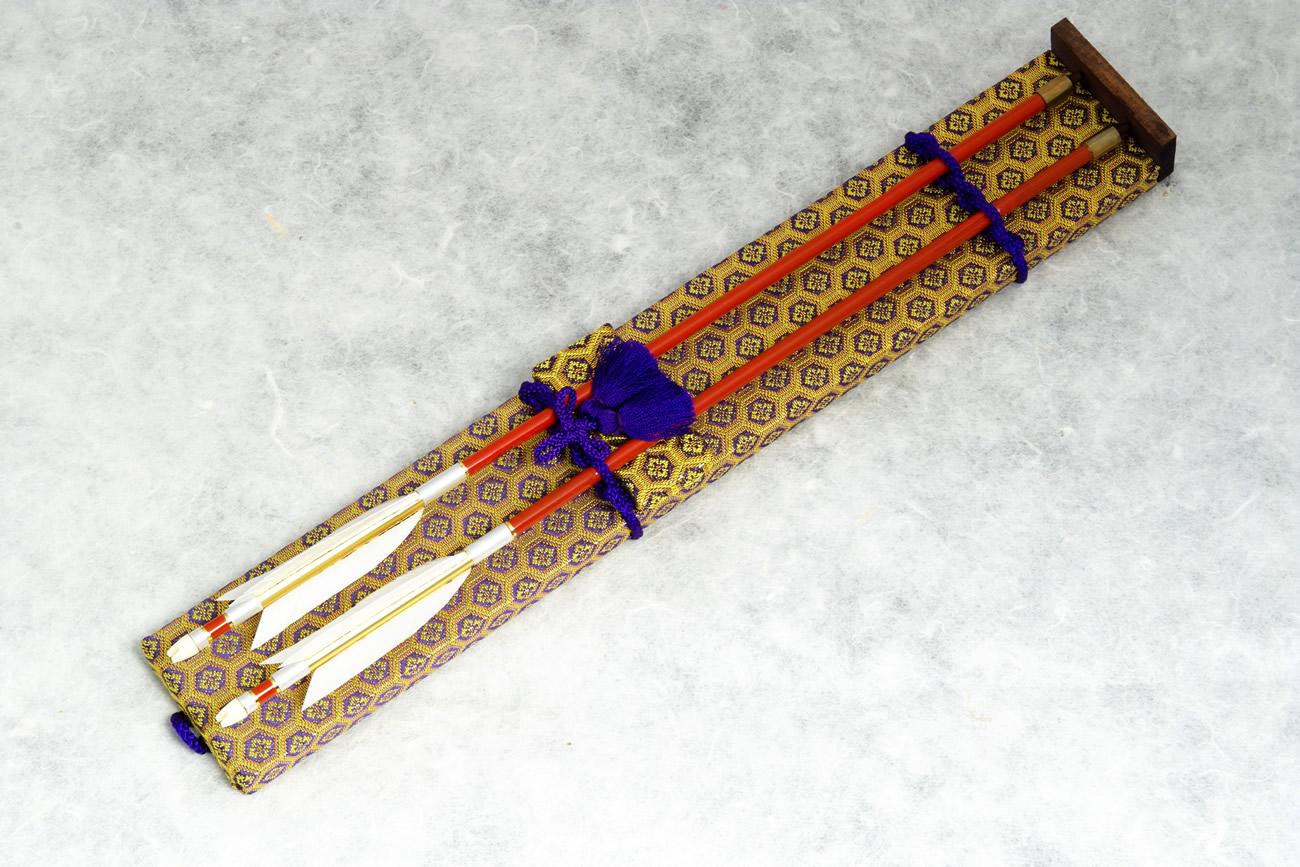
Yame Ya
View more -
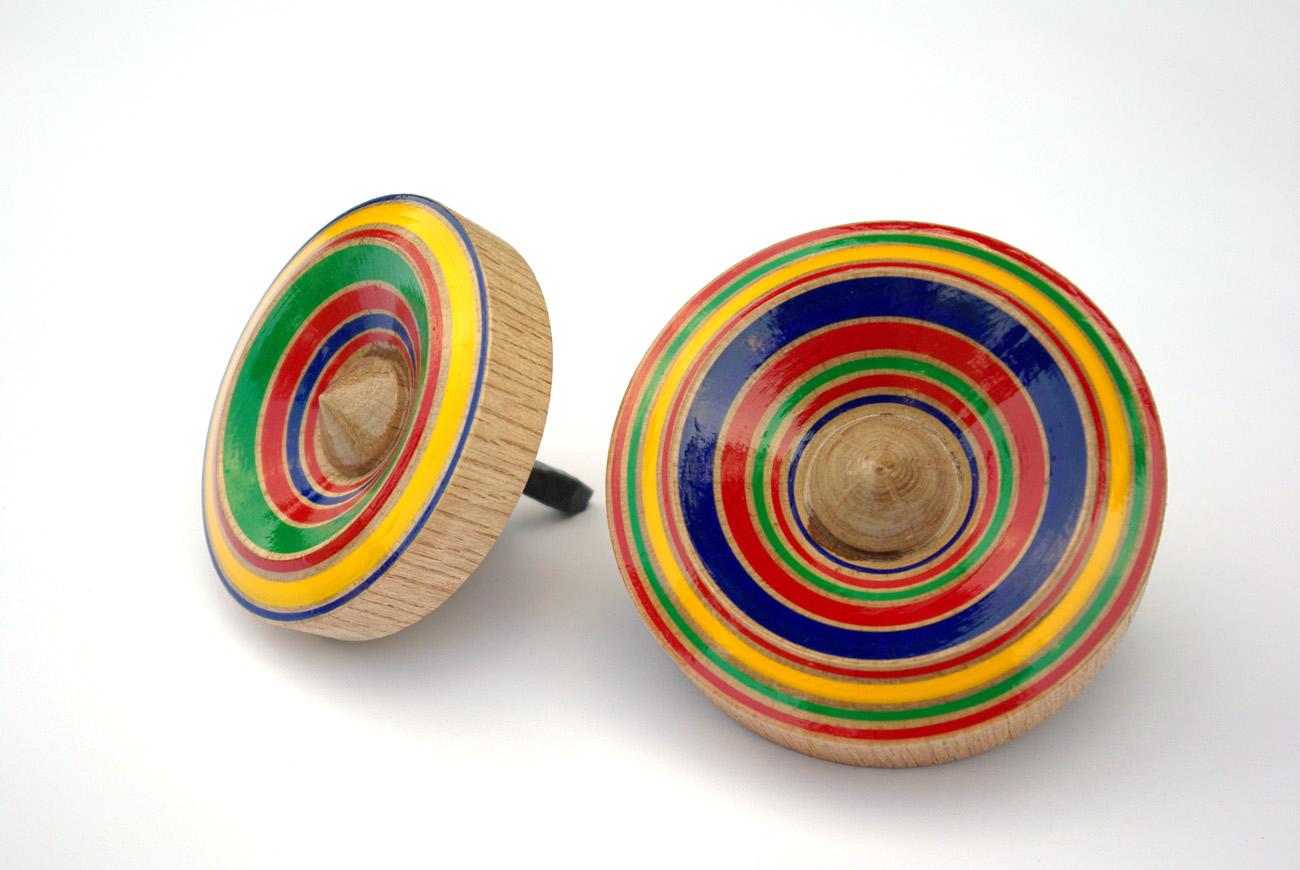
Yame Wagoma
View more -
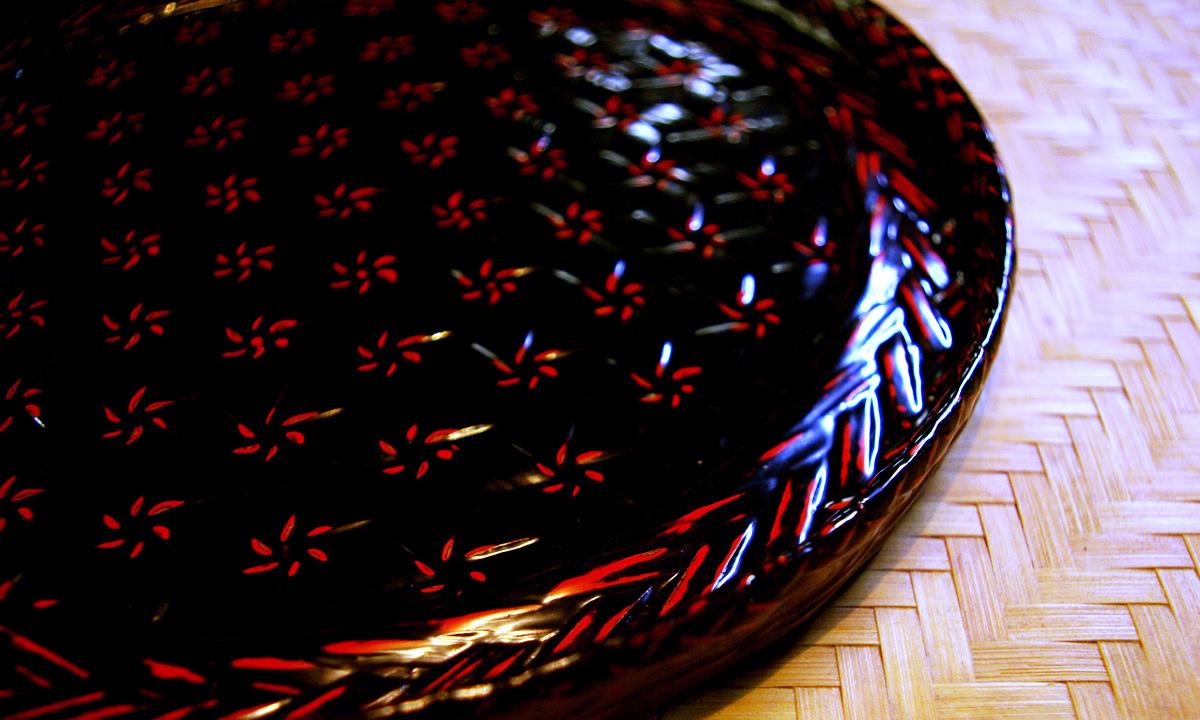
Rantai Shikki
View more
Column
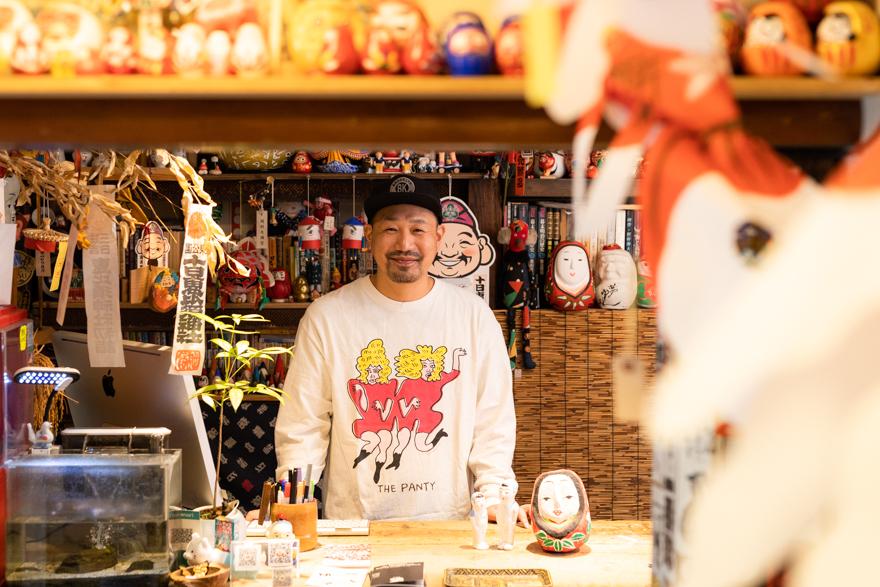
【Interview Article】Connecting with others through nothing but toys
An interview with Shintaro Segawa, owner of YAMABIKO YA; A close look at what drew him into the charms of local toys and the connections people have made through him
Read this articleFind a store
Pamphlet
Photo Download
Links
Contents
01 Hakataori
02 Hakata Ningyo
03 Aganoyaki
04 Koishiwarayaki
05 Kurume Kasuri
06 Yame Chochin
07 Yame Fukushima Butsudan
08 Fukuoka Governor-designated Special Traditional Craft


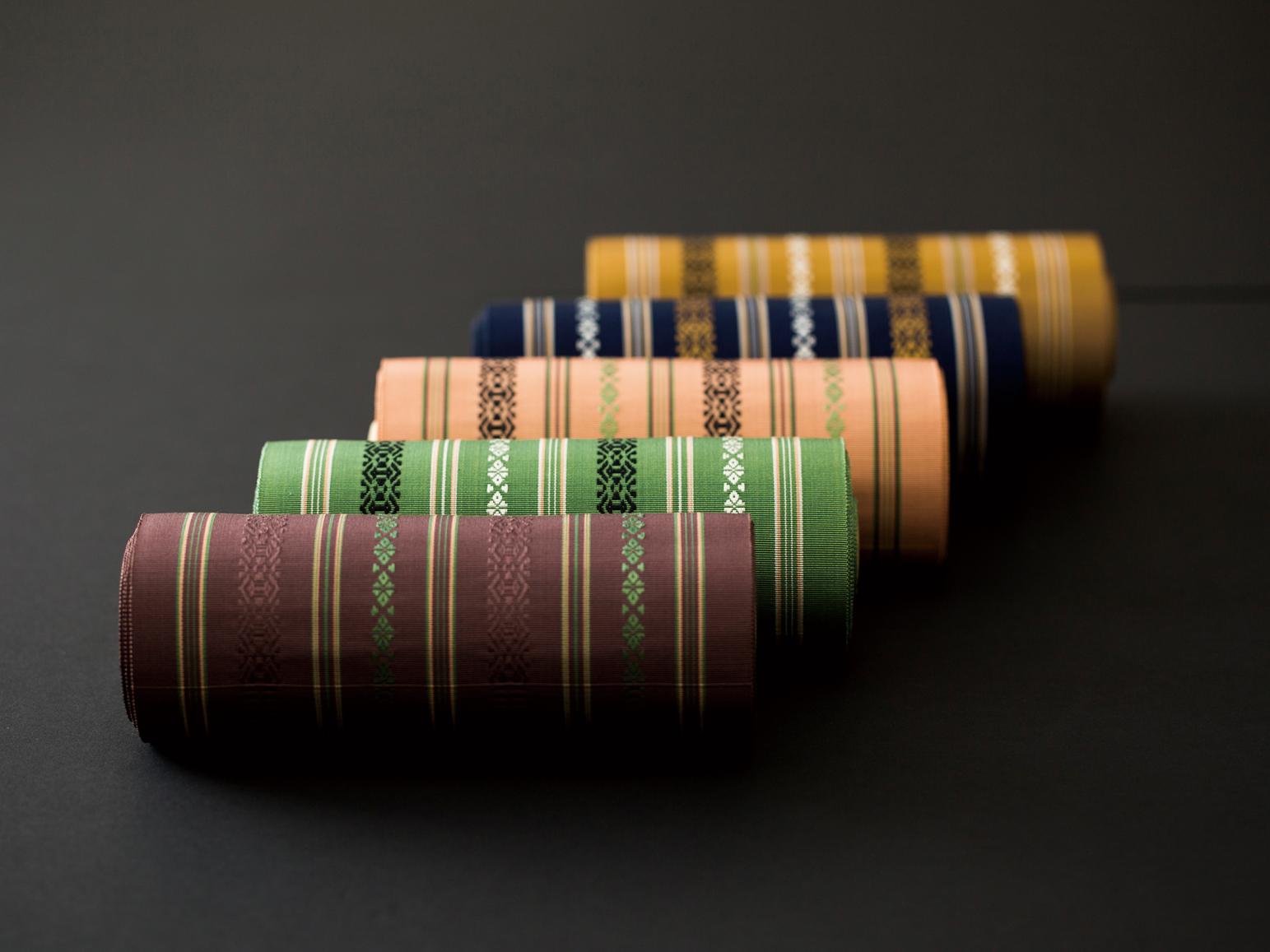
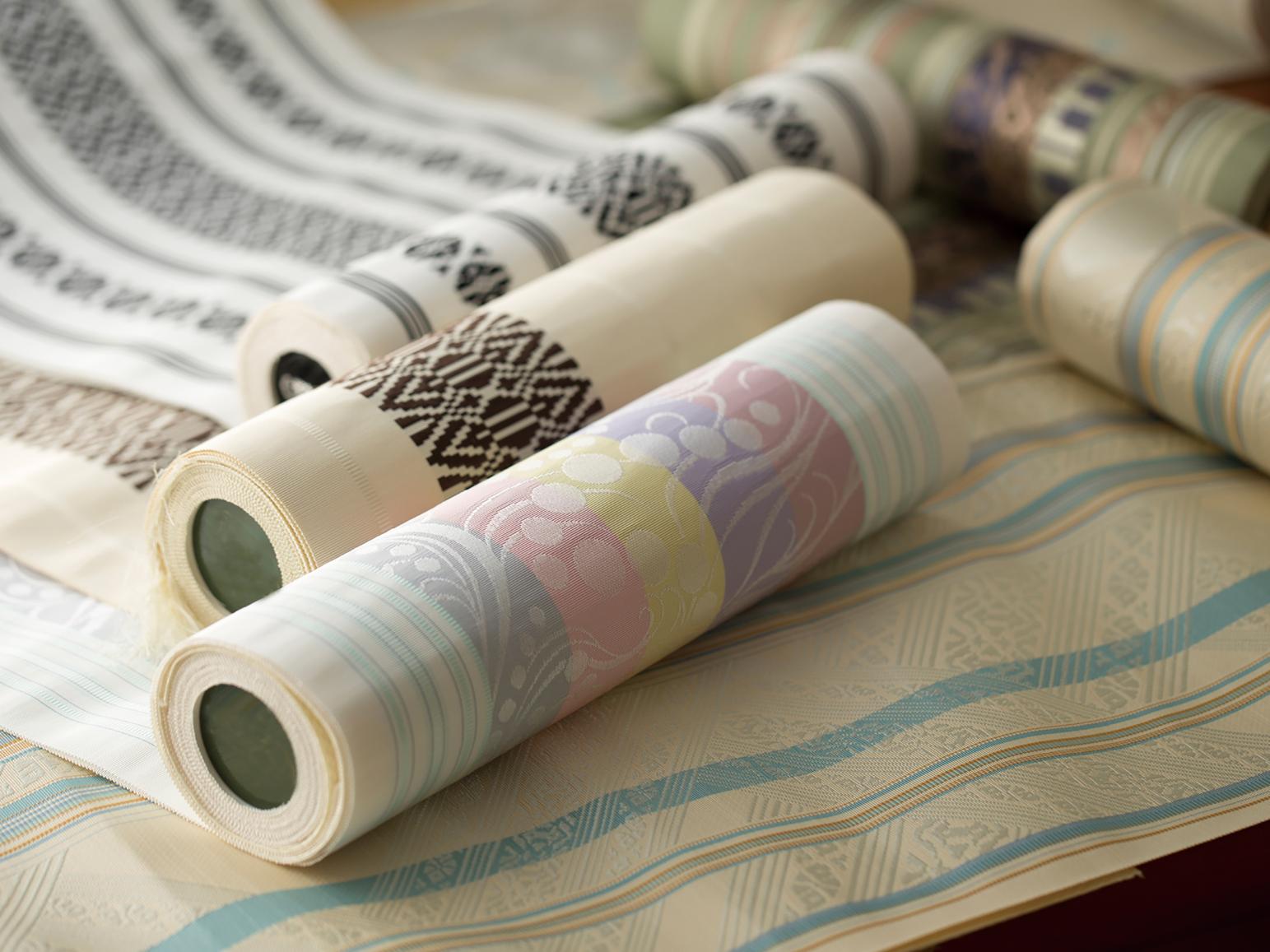
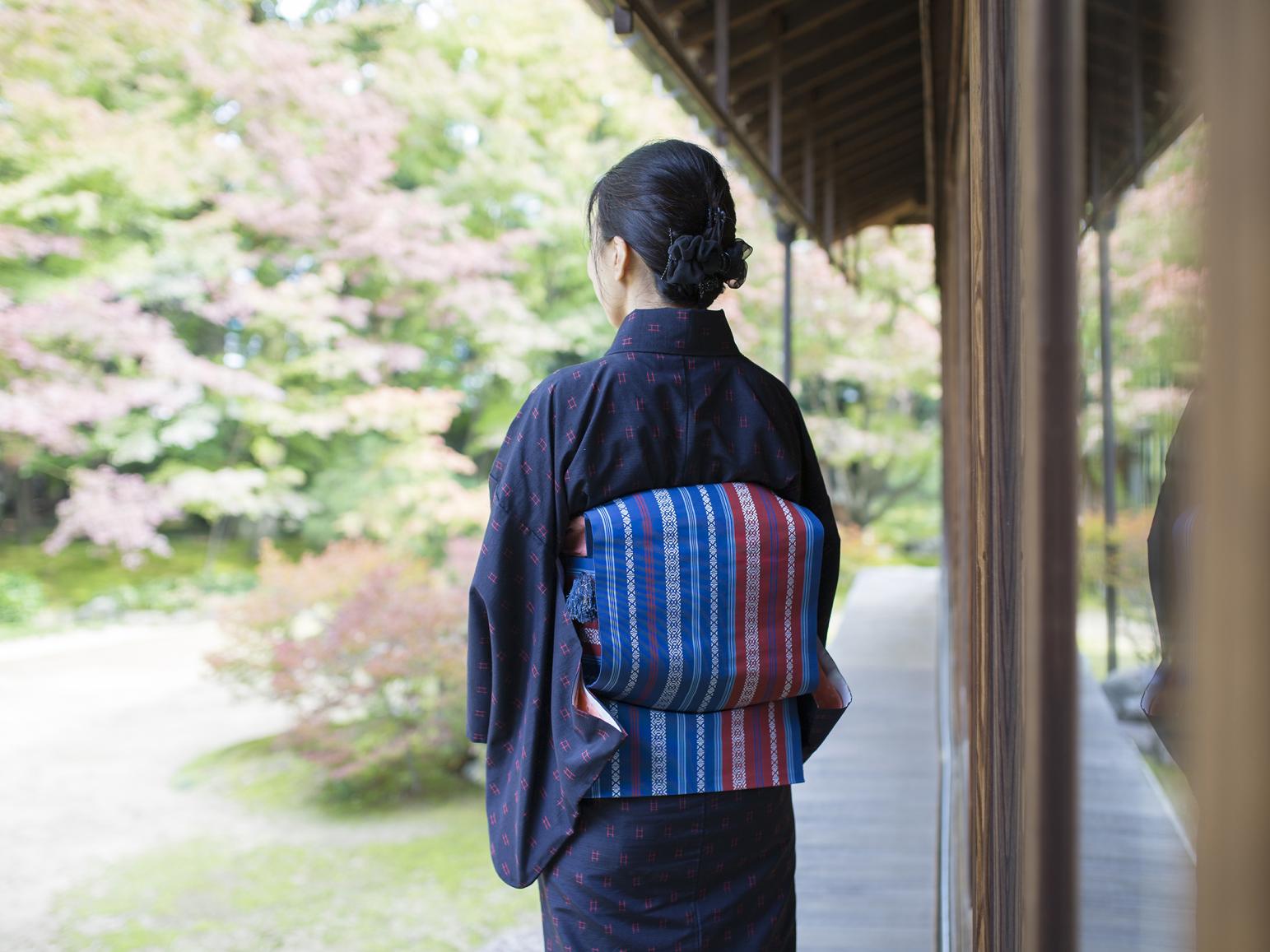
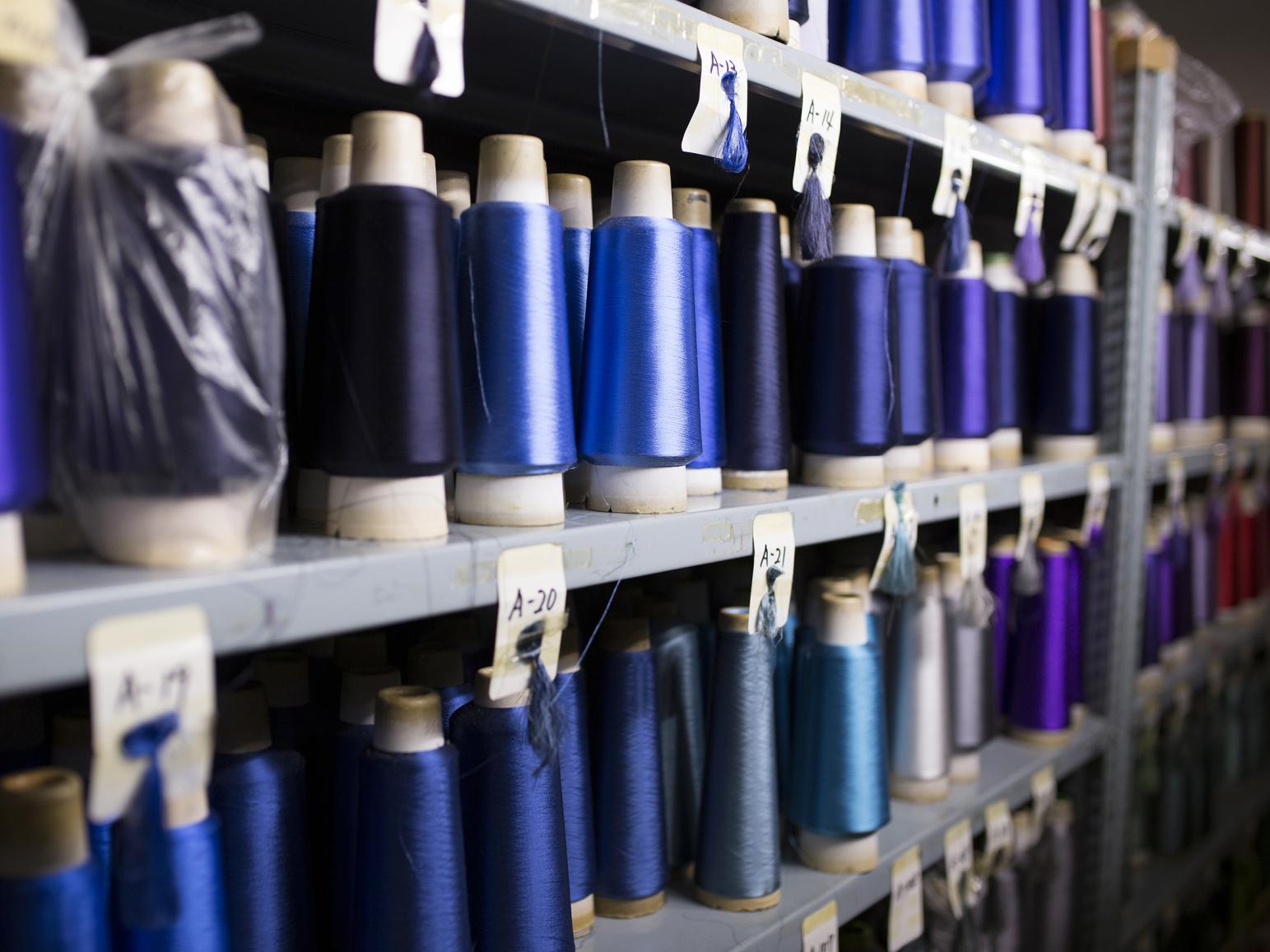
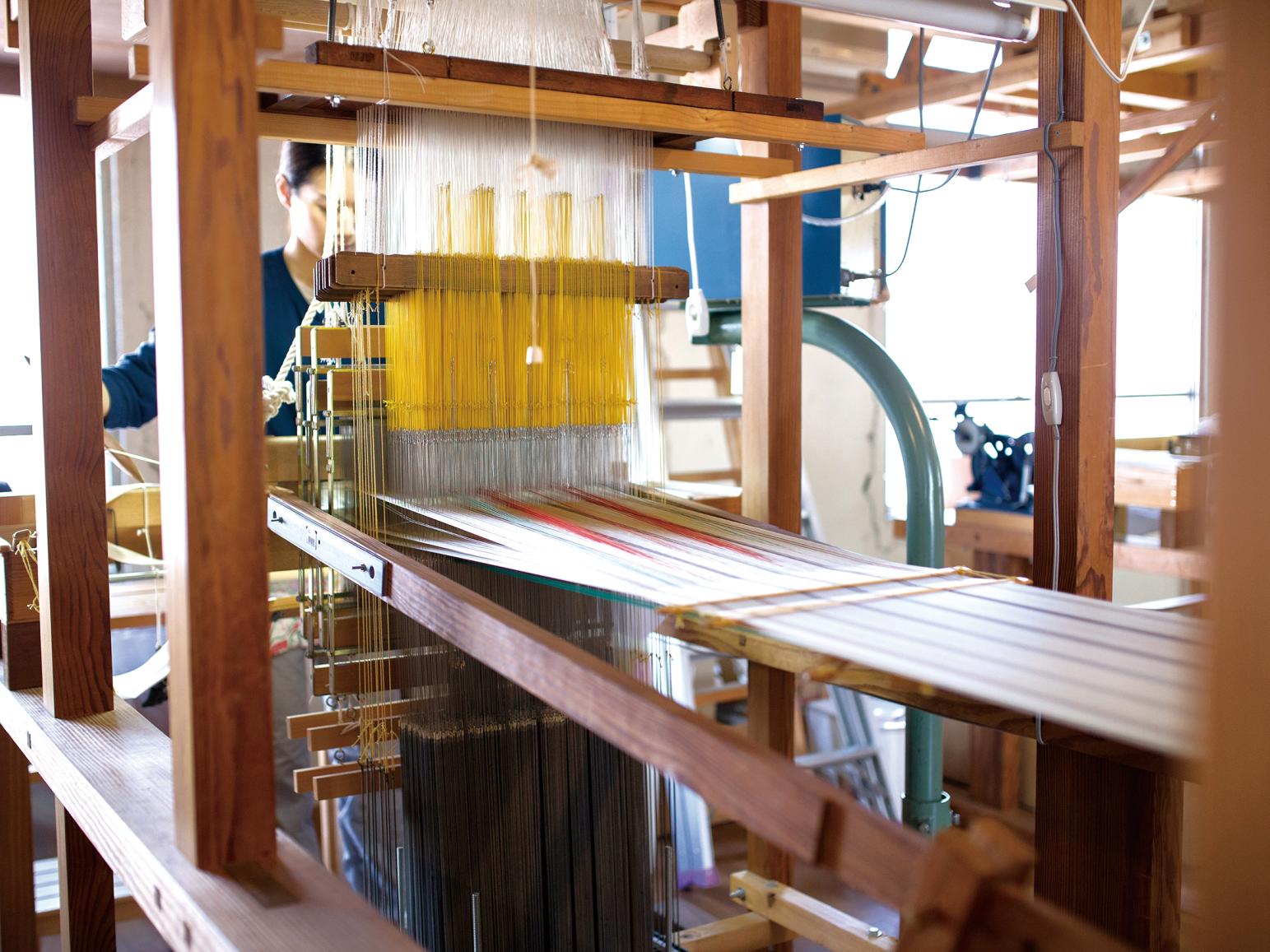
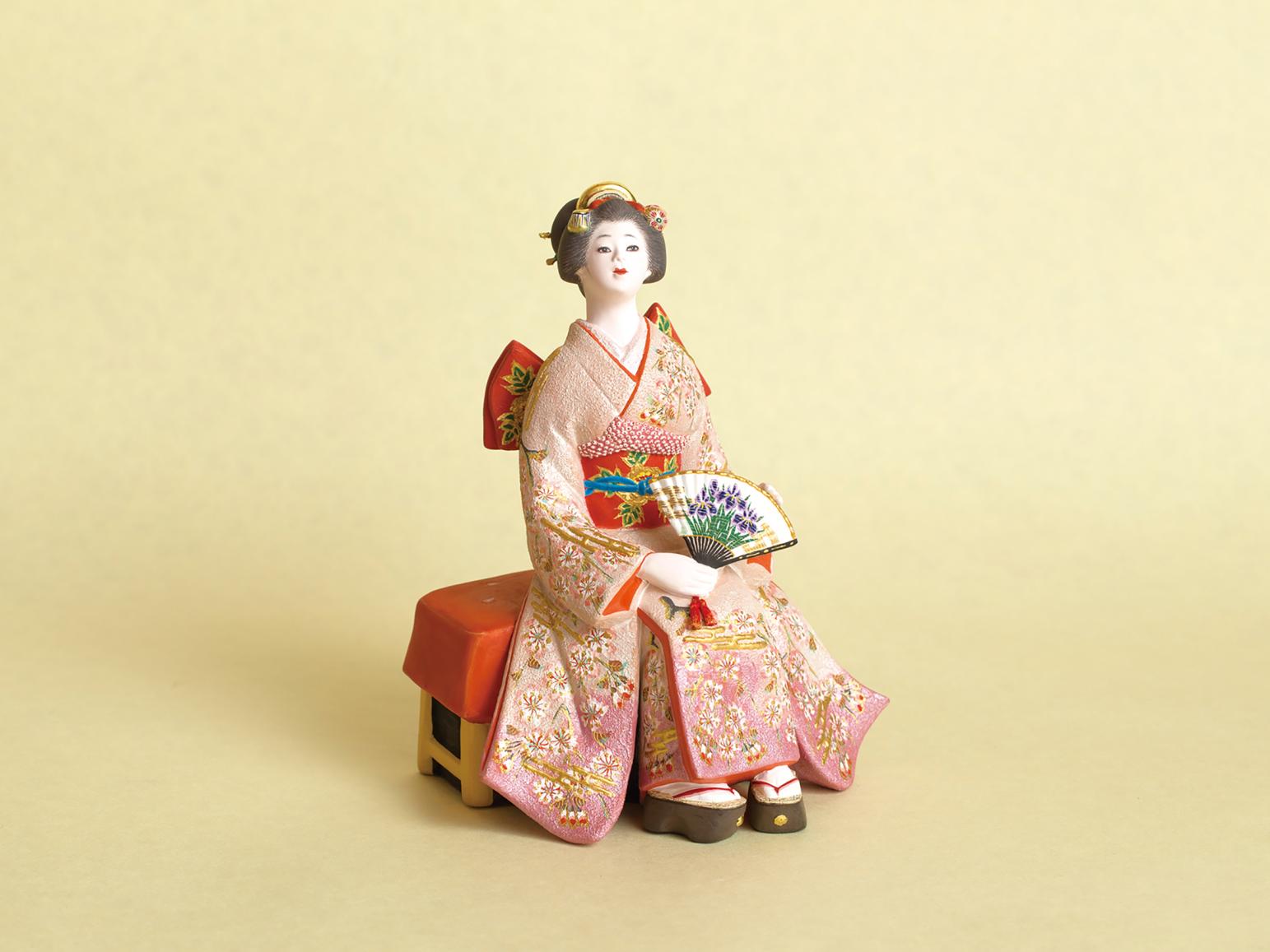
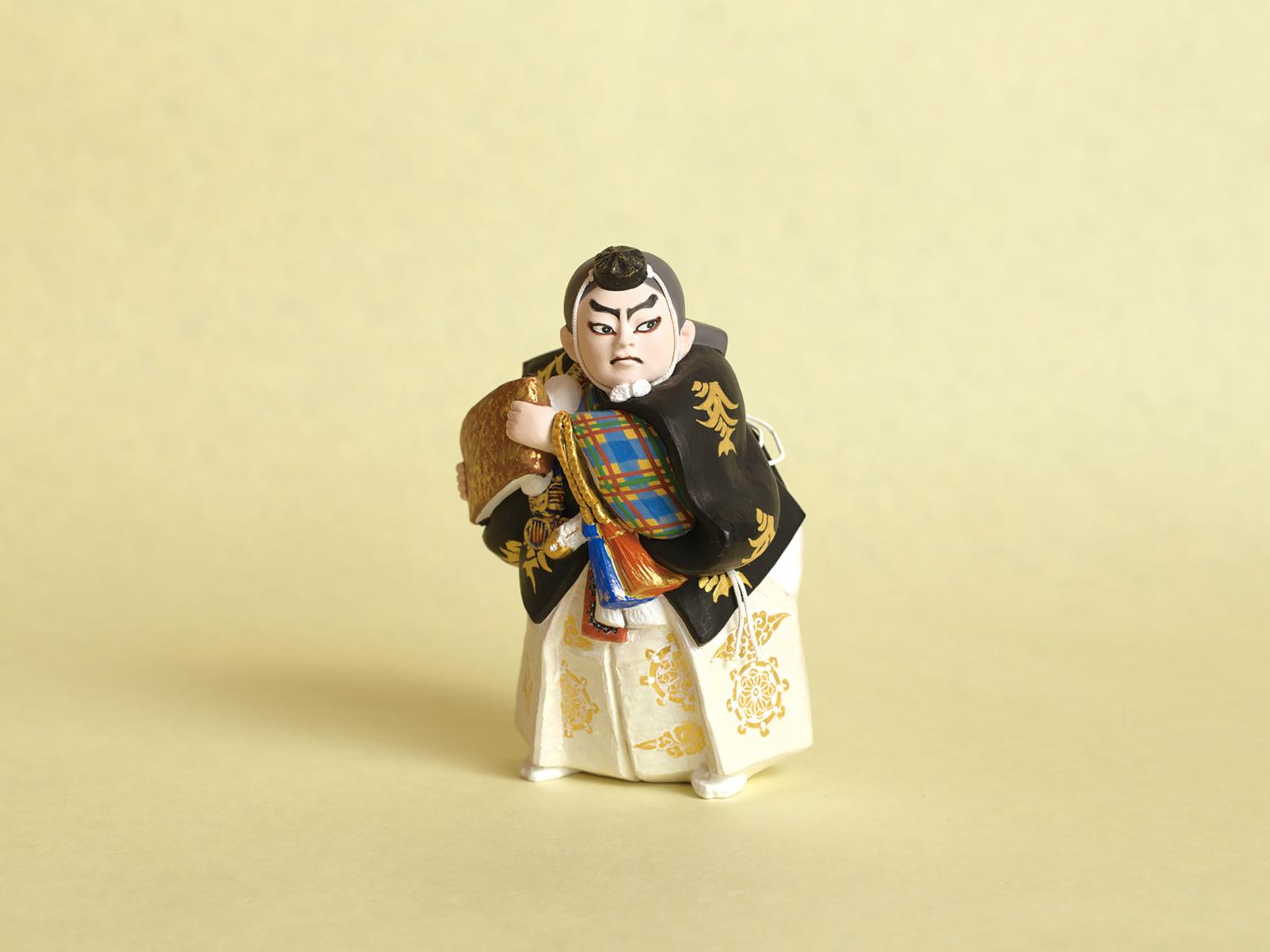
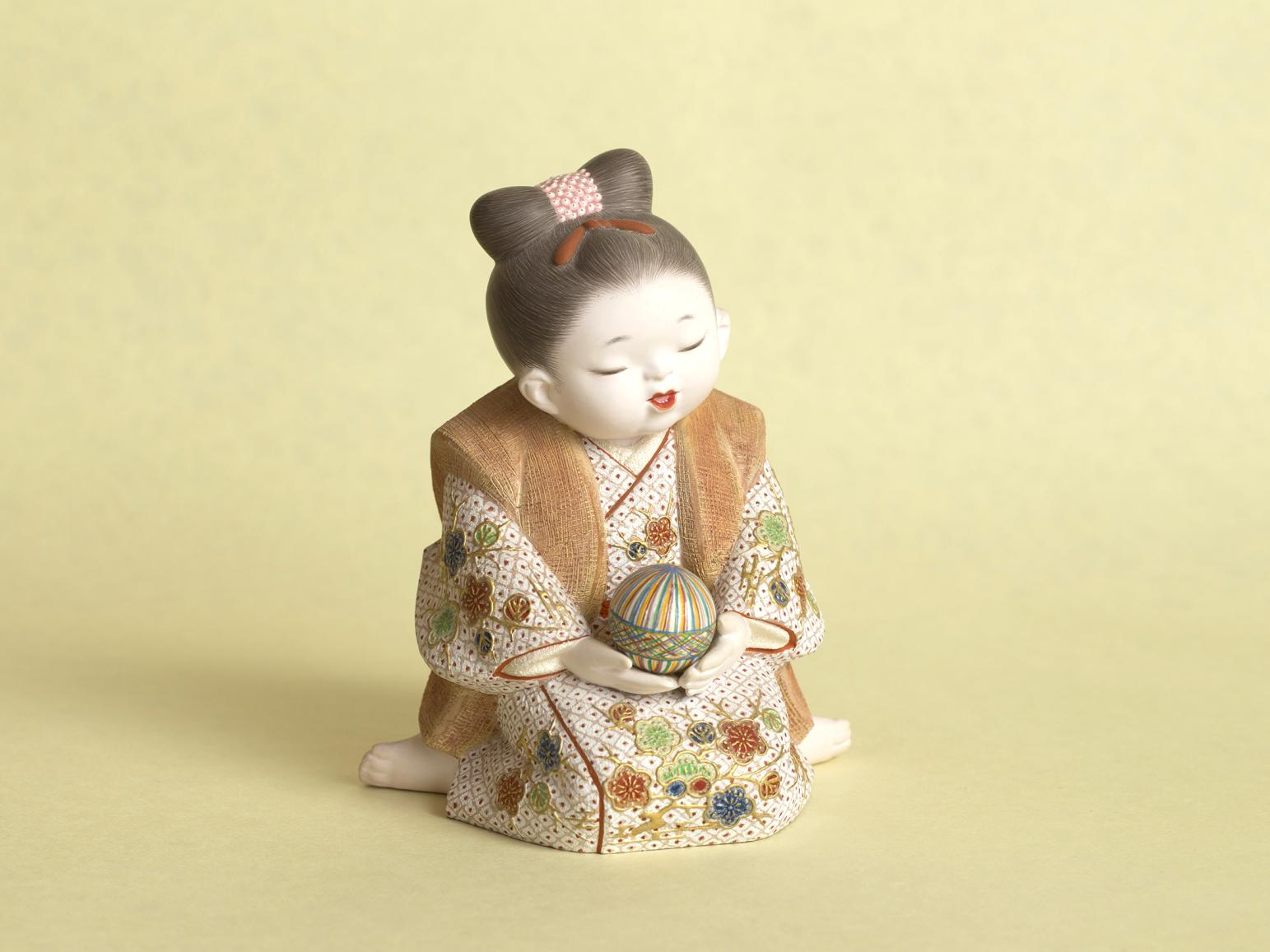
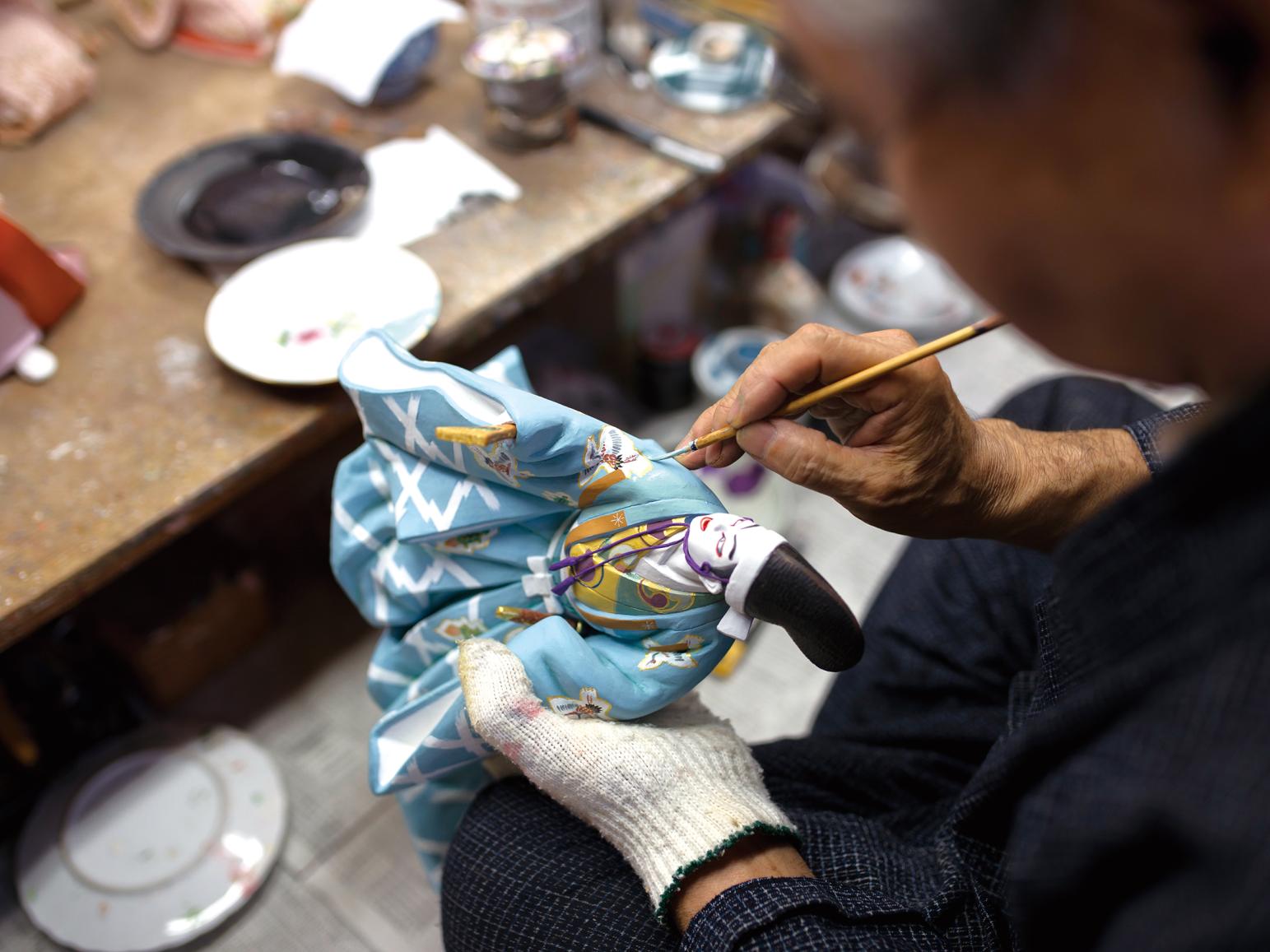
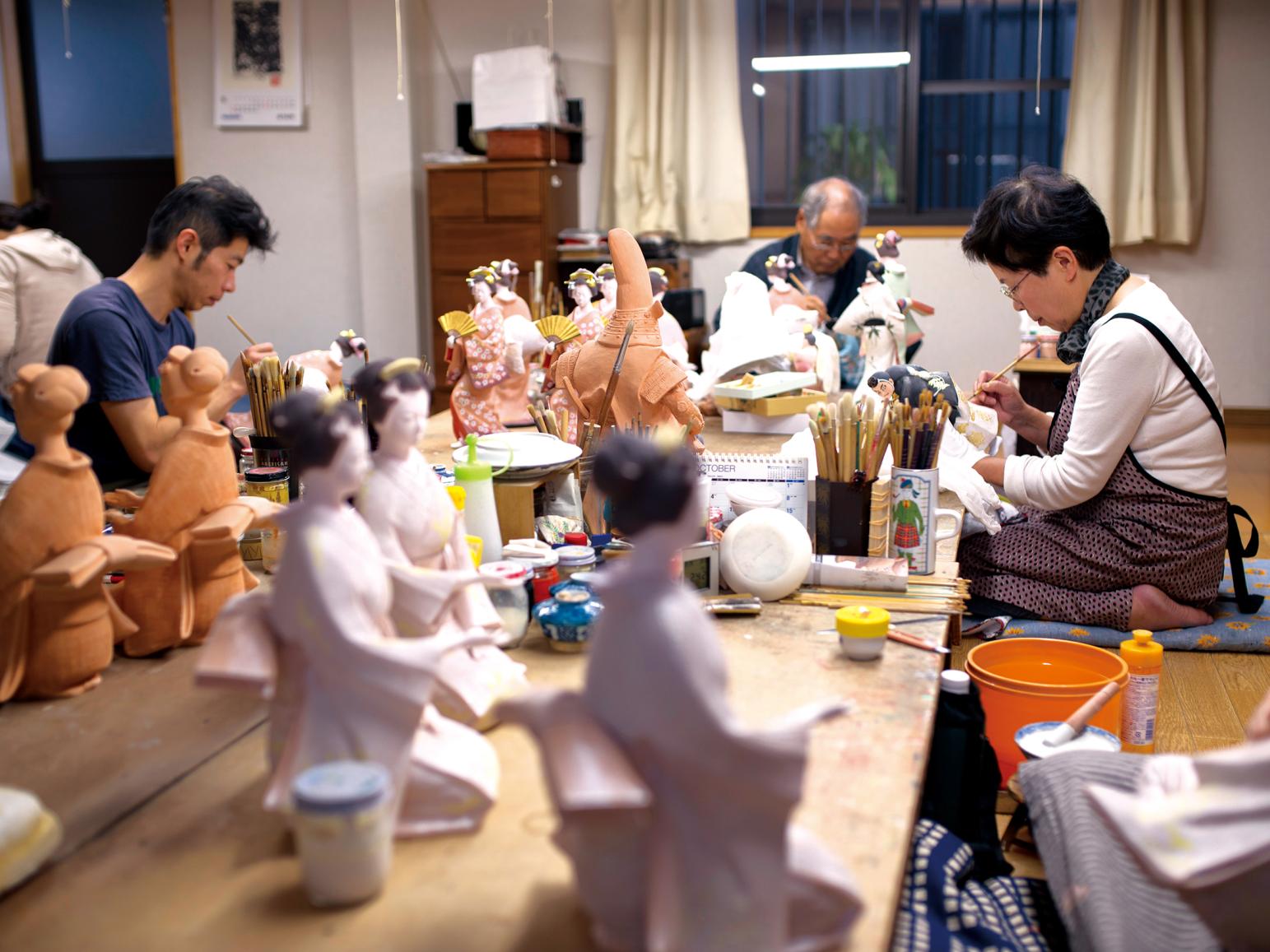
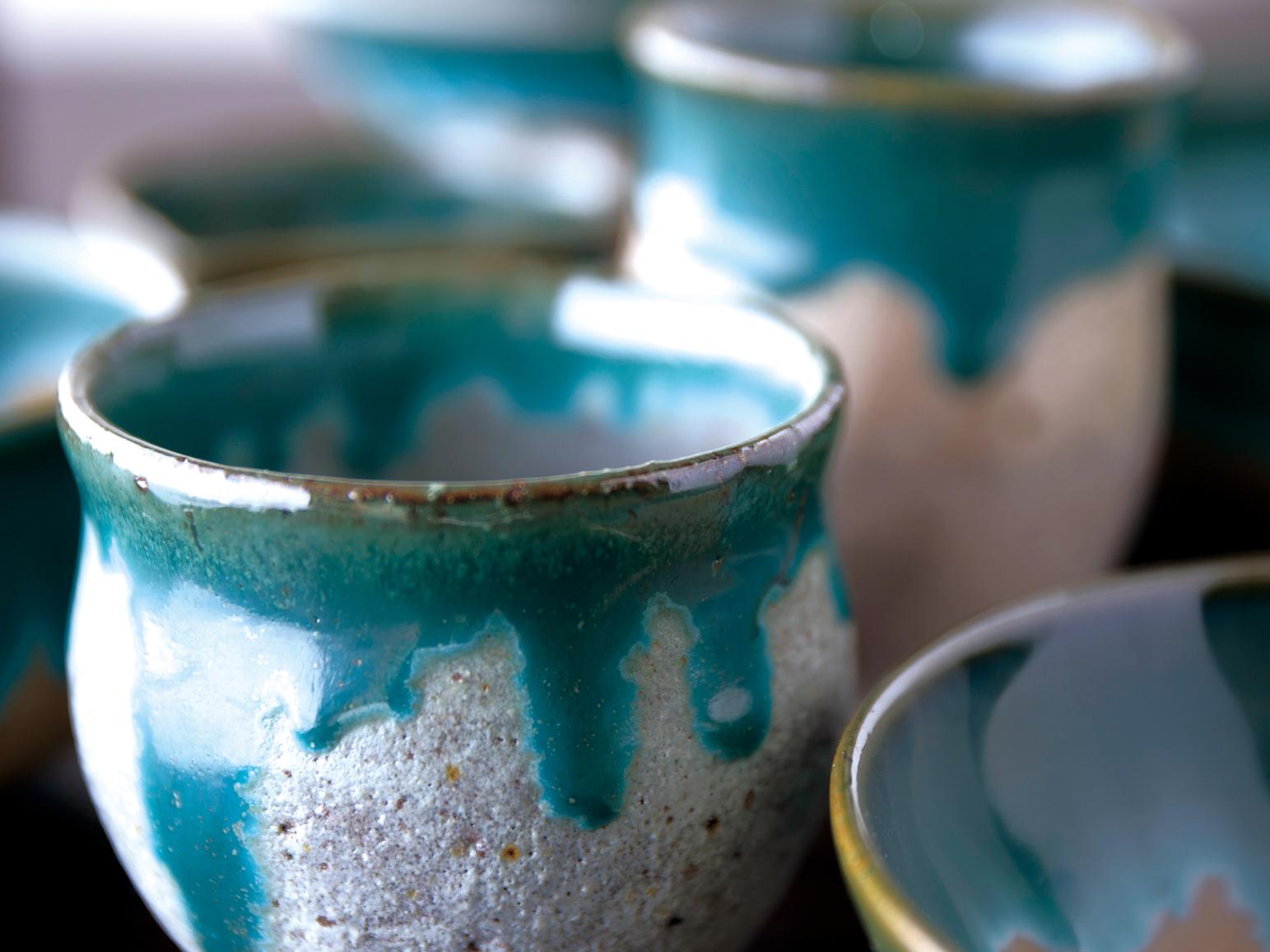
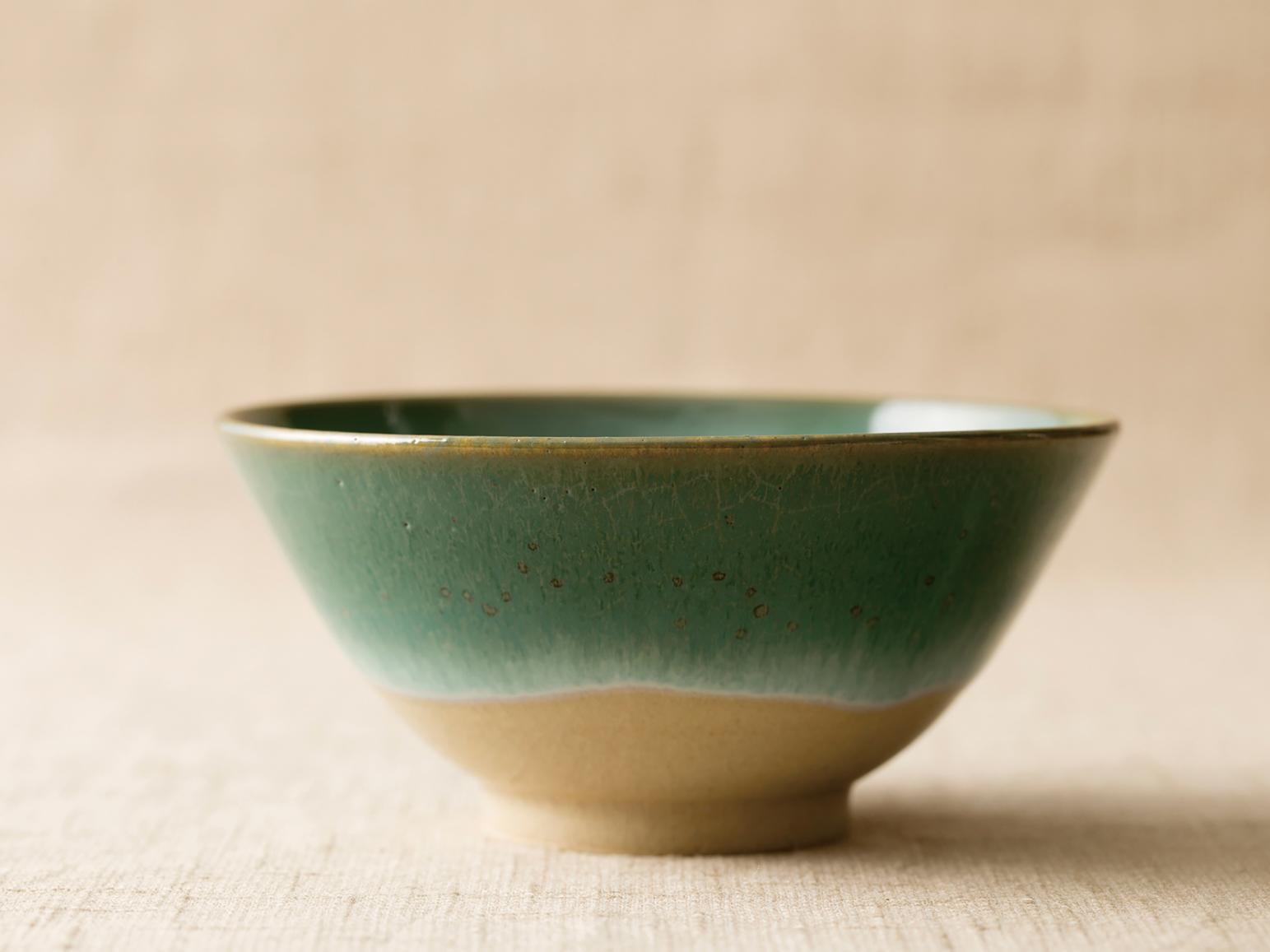
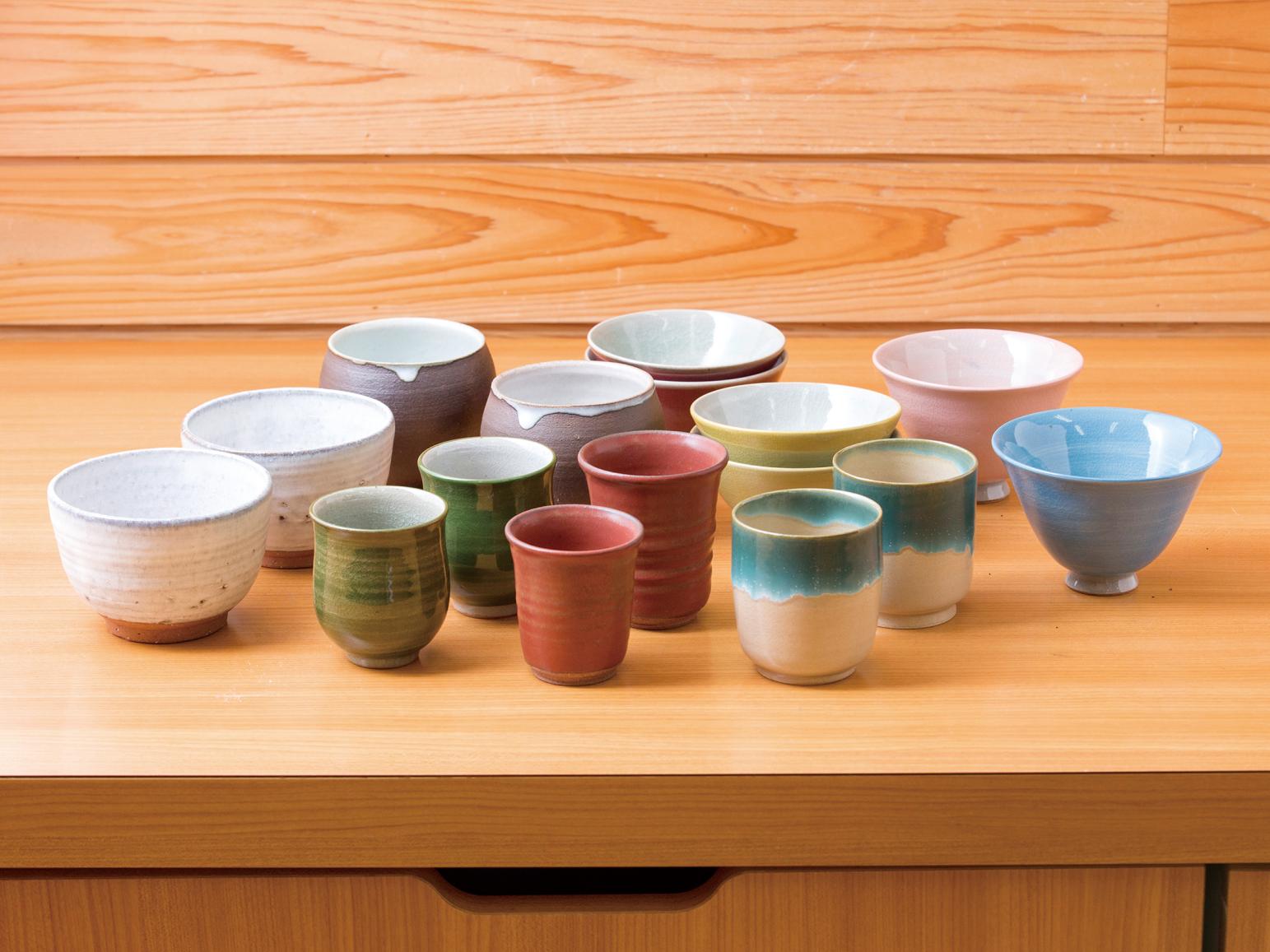
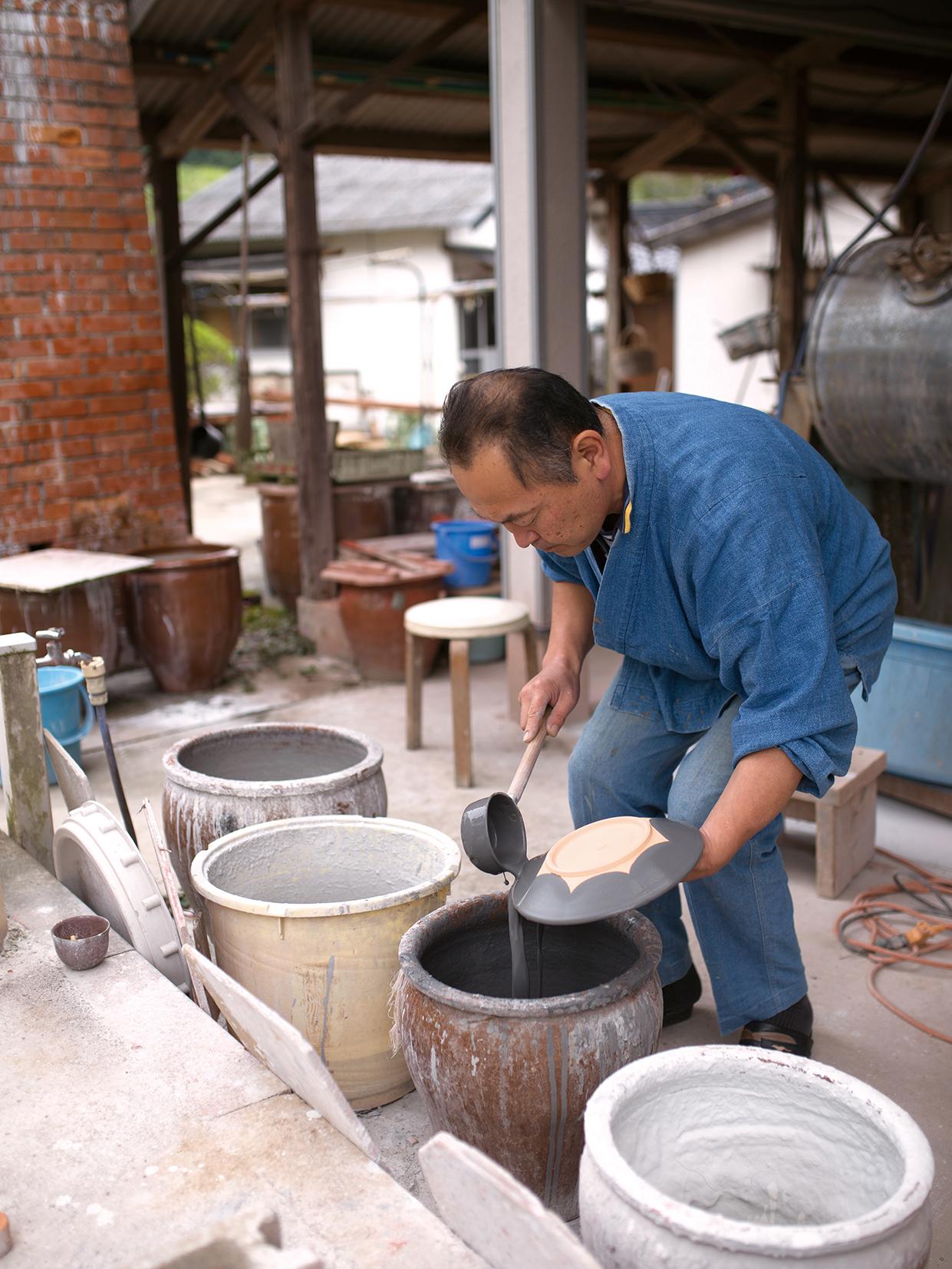
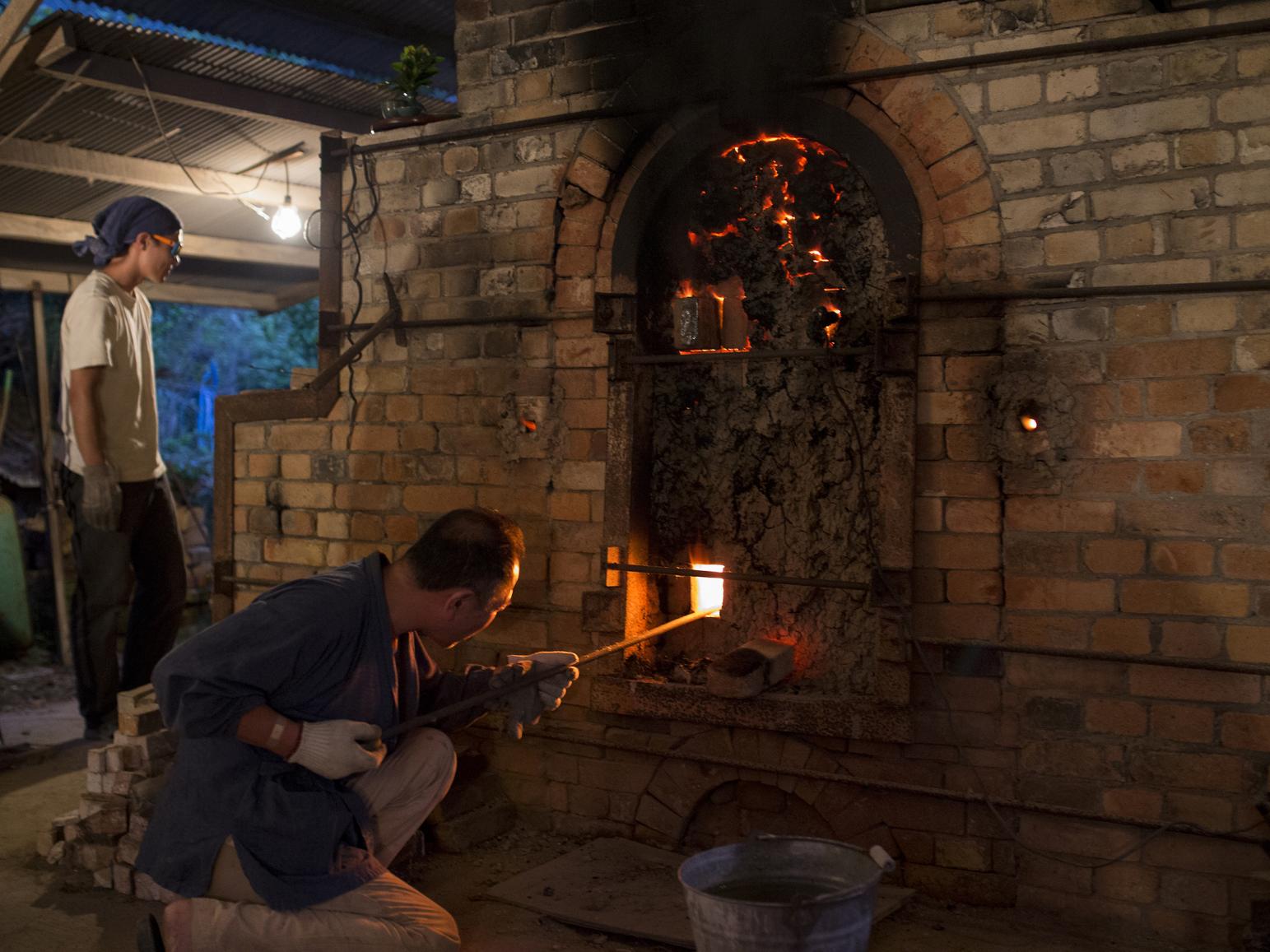
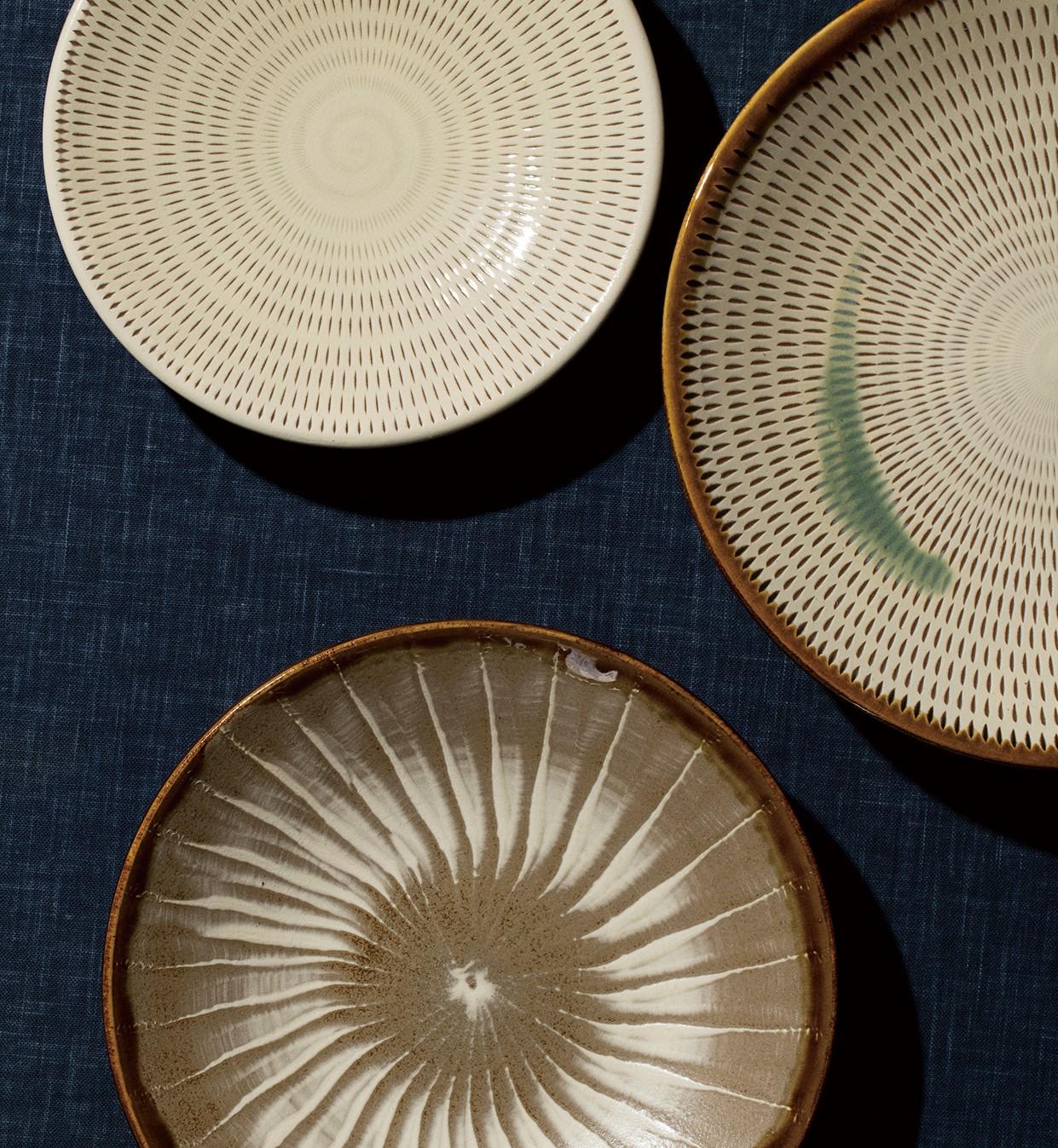
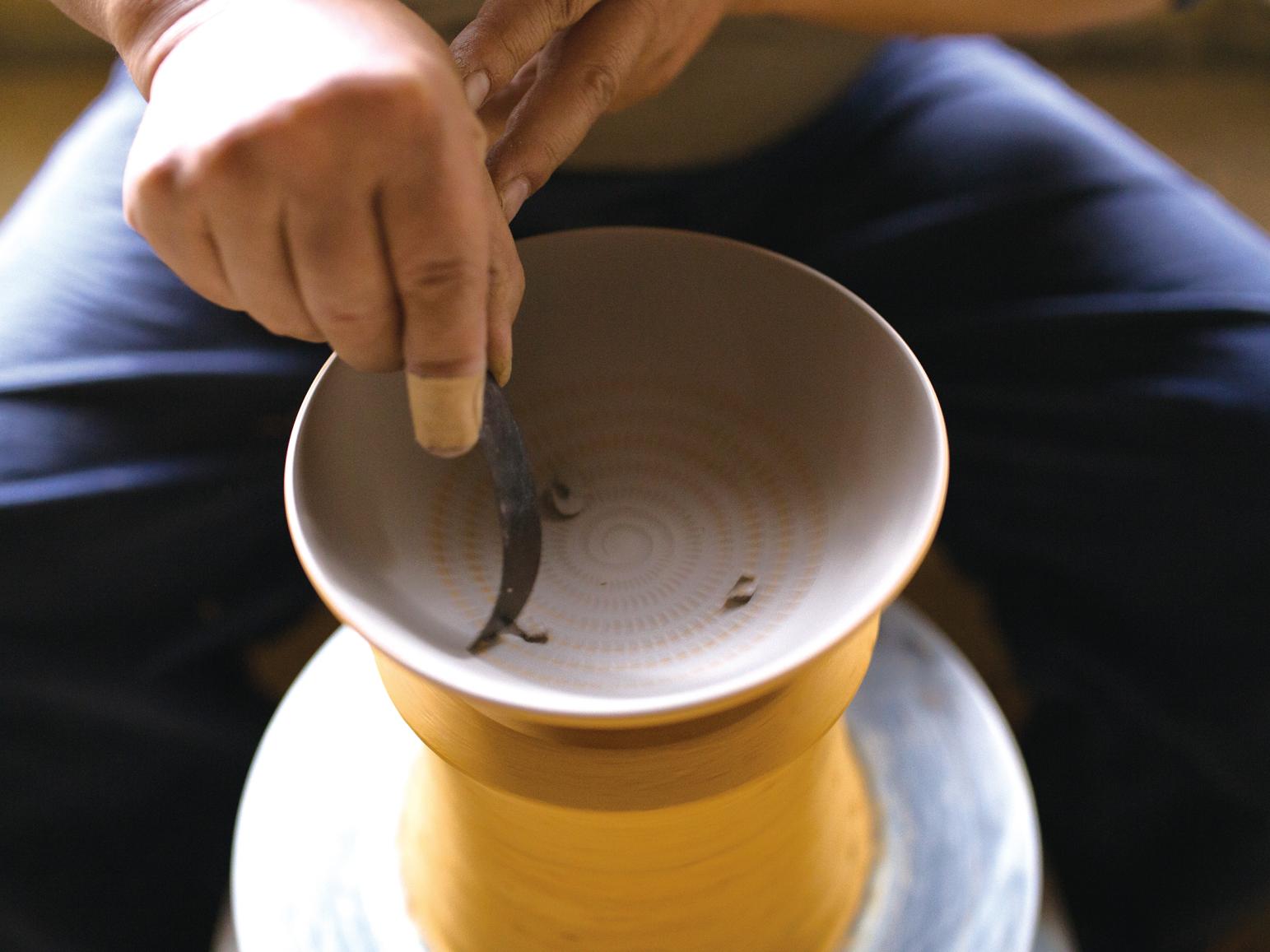
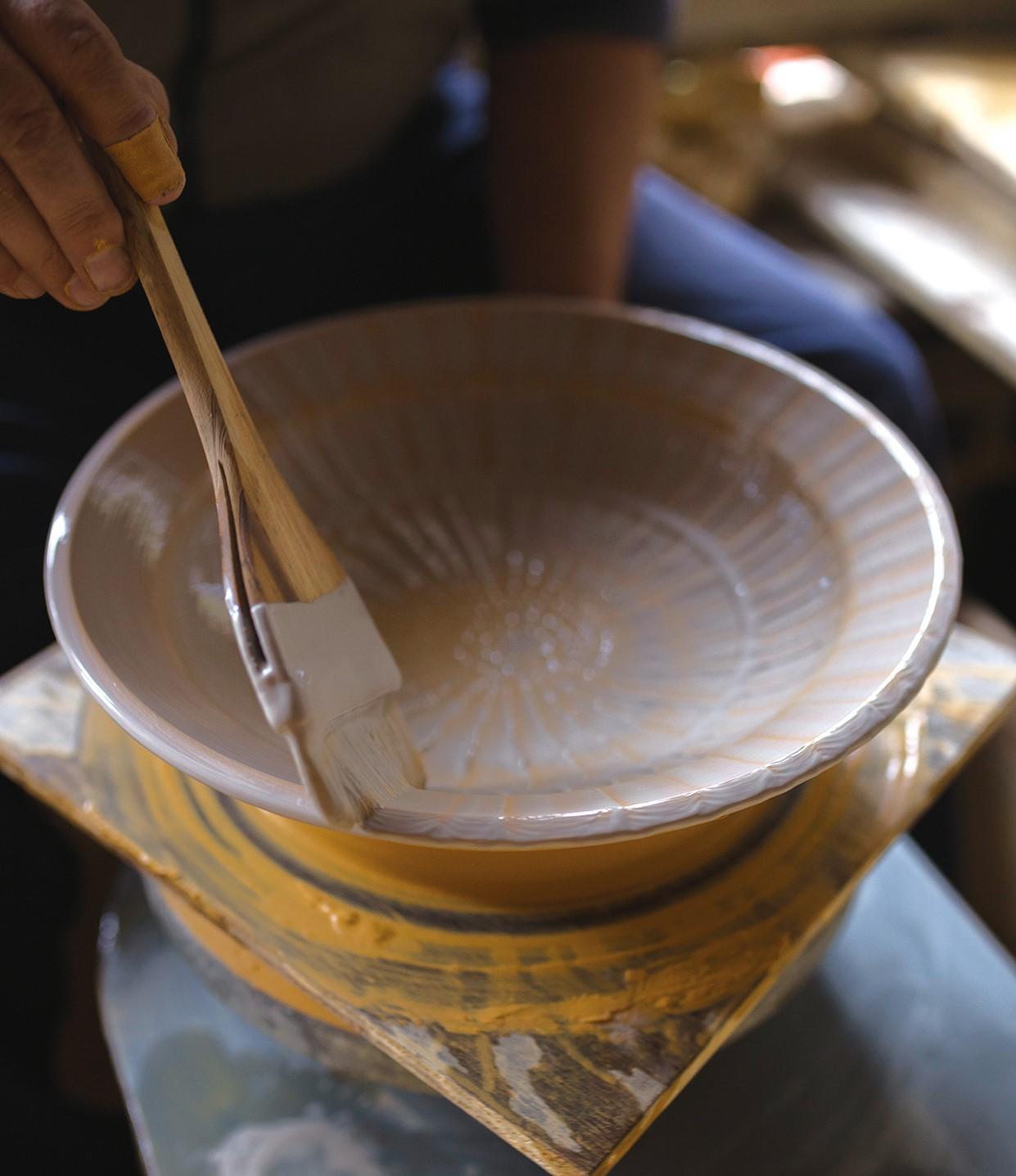
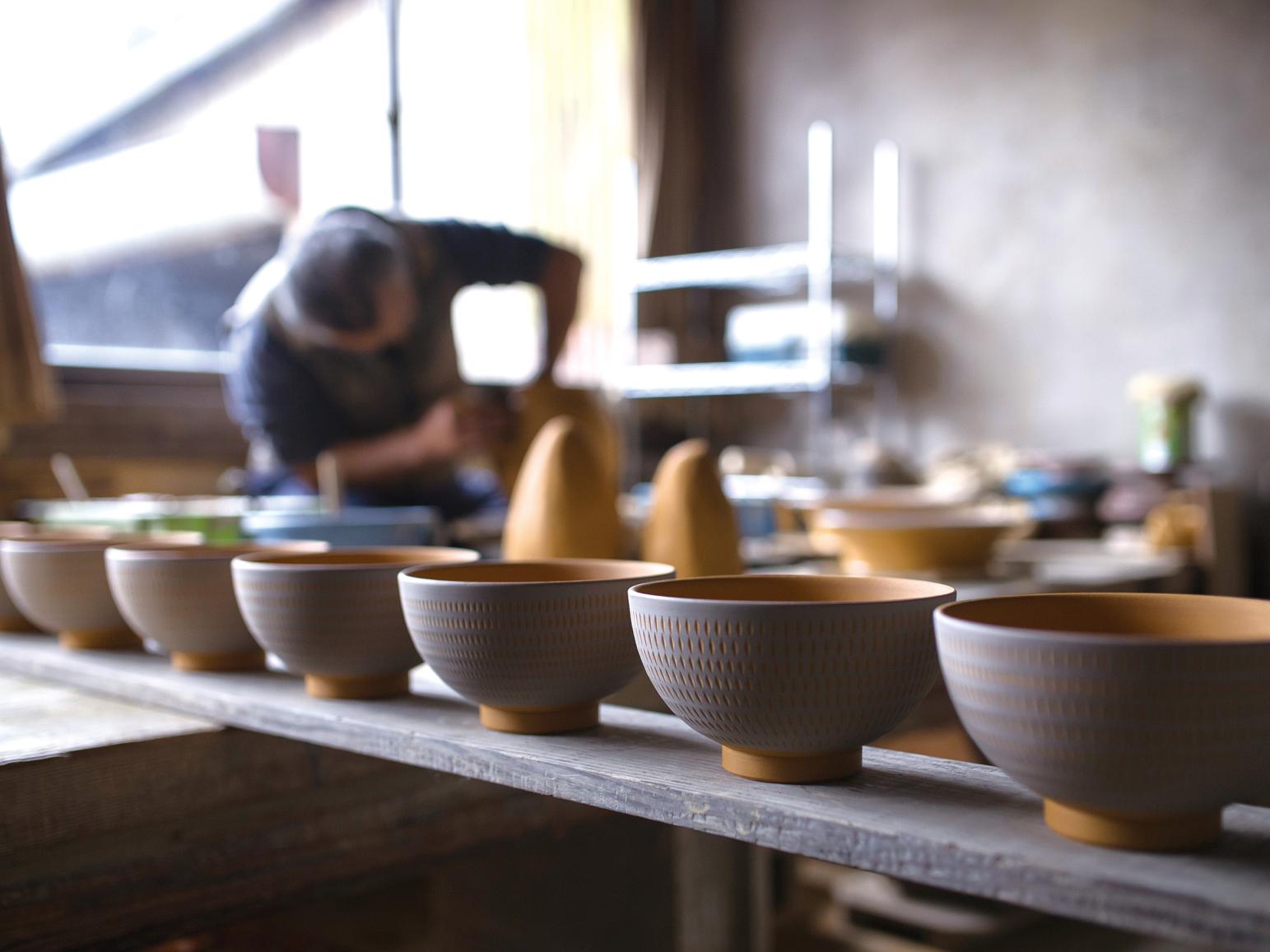
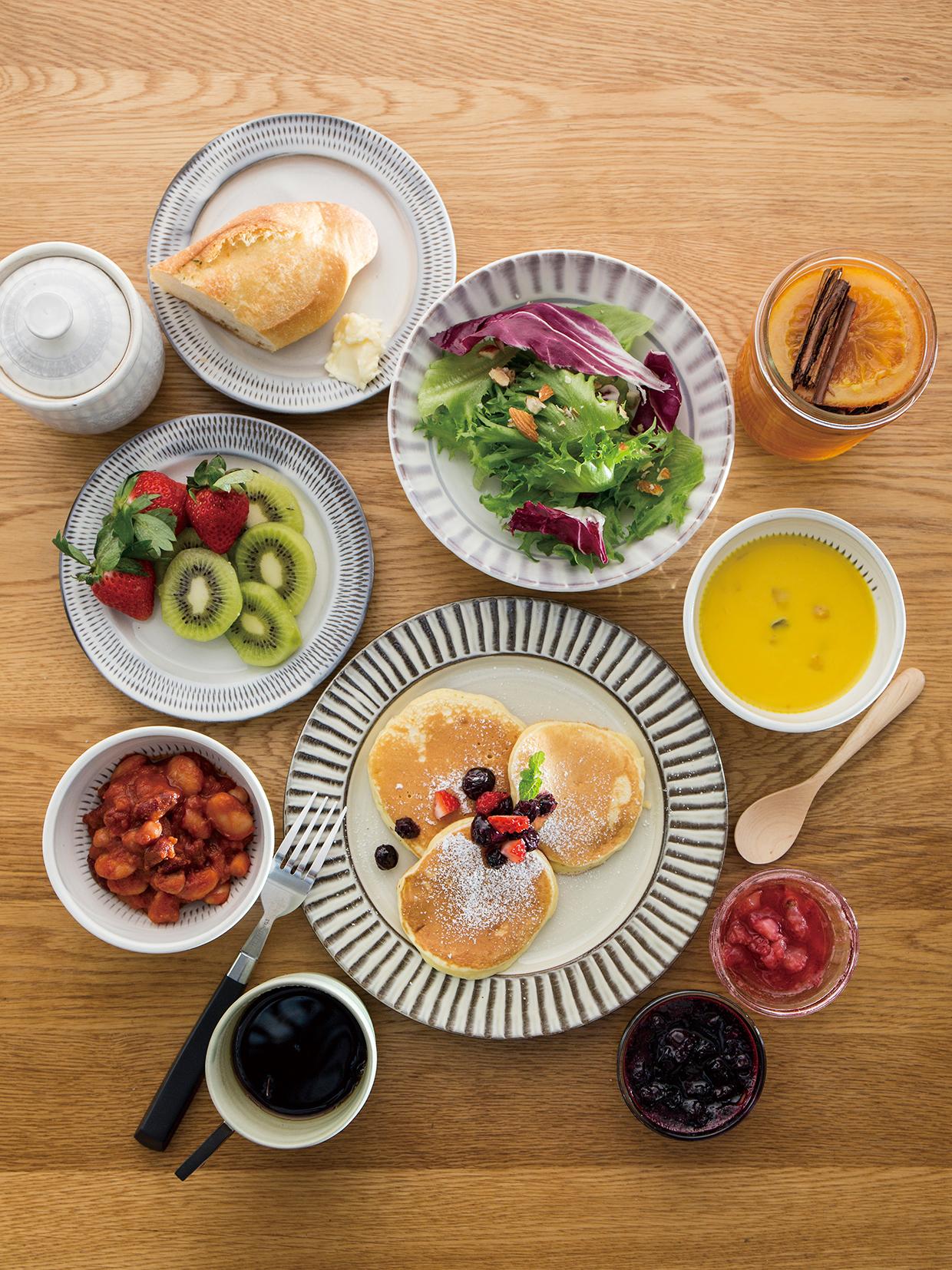
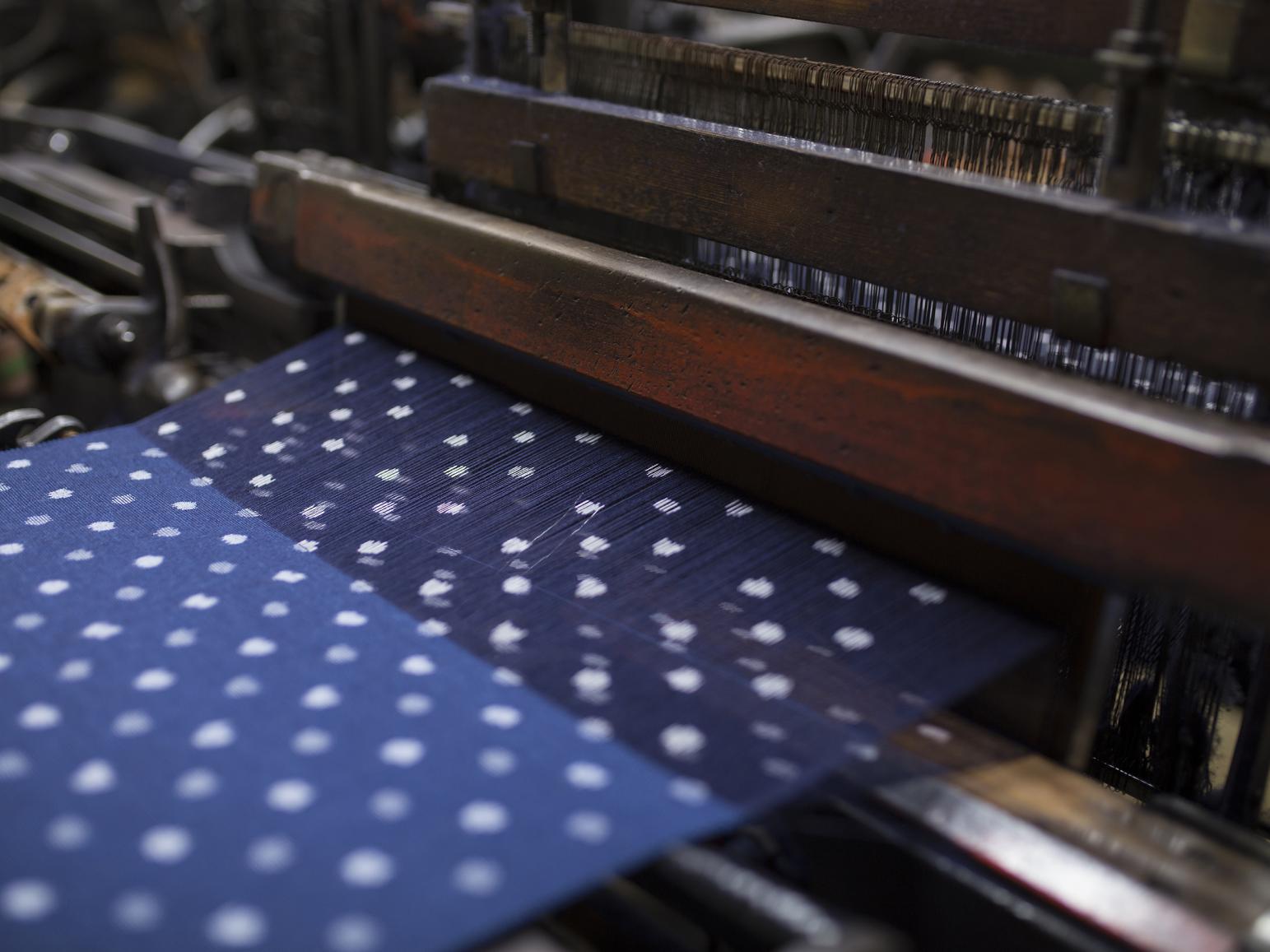
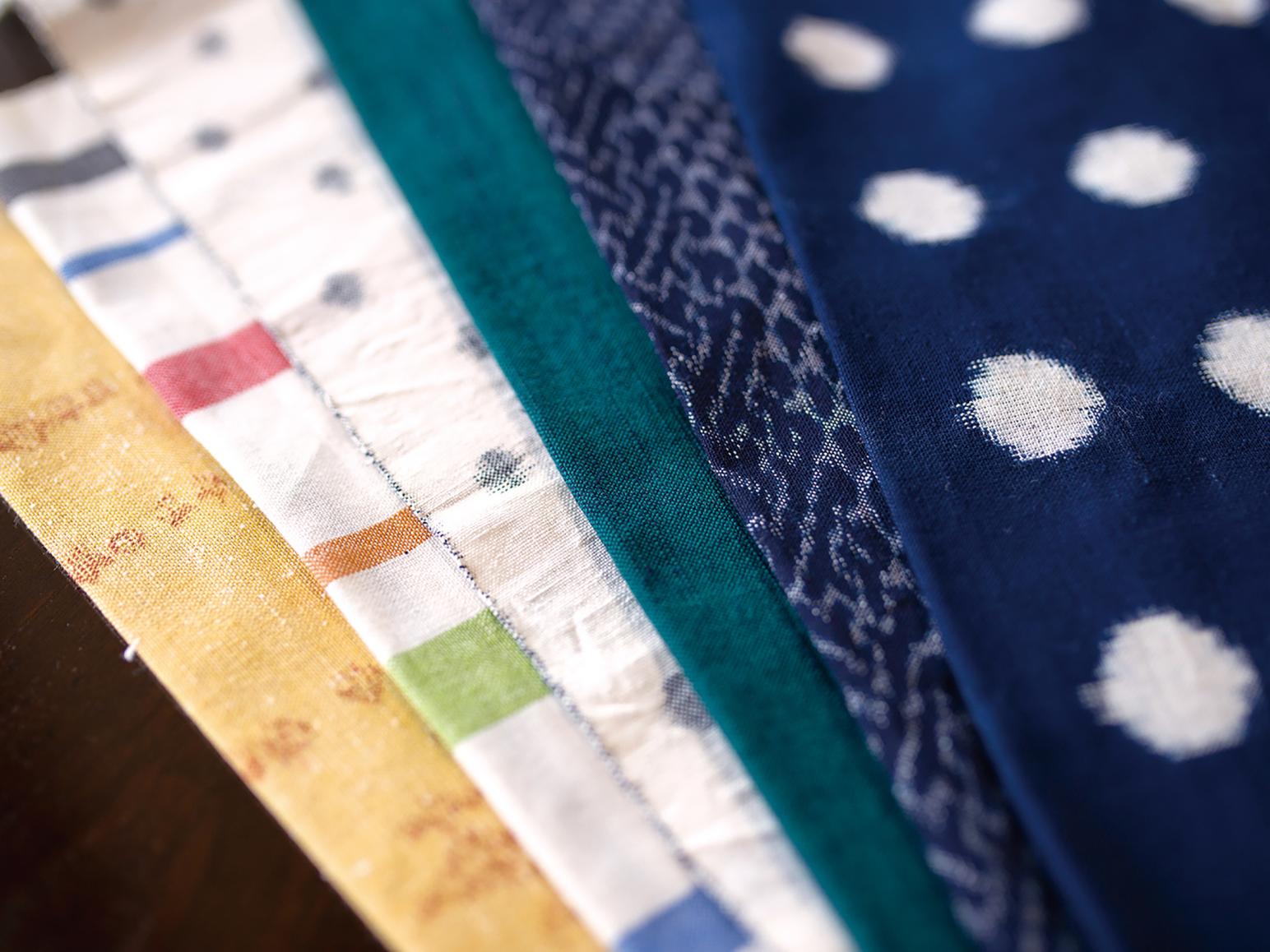
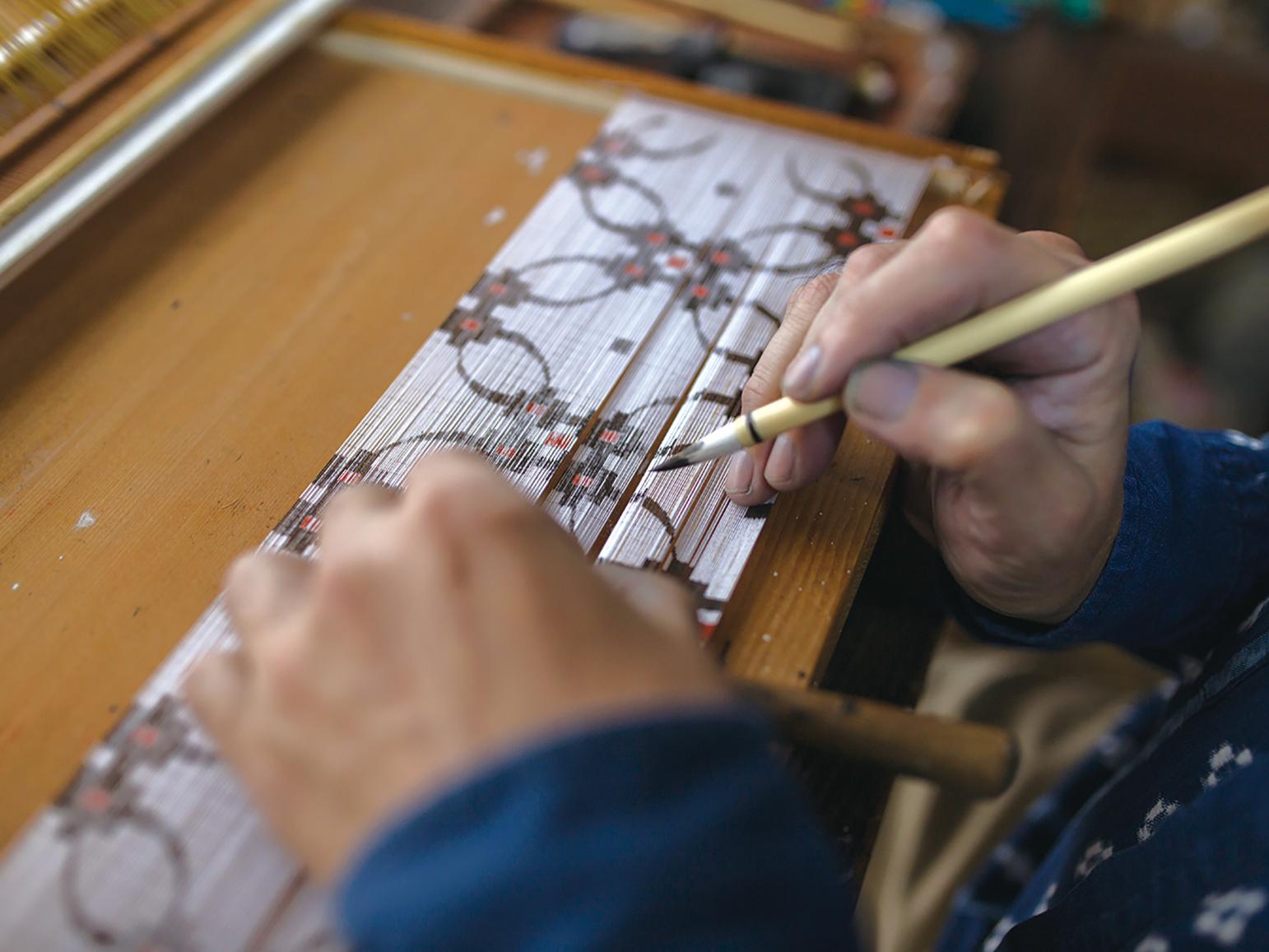
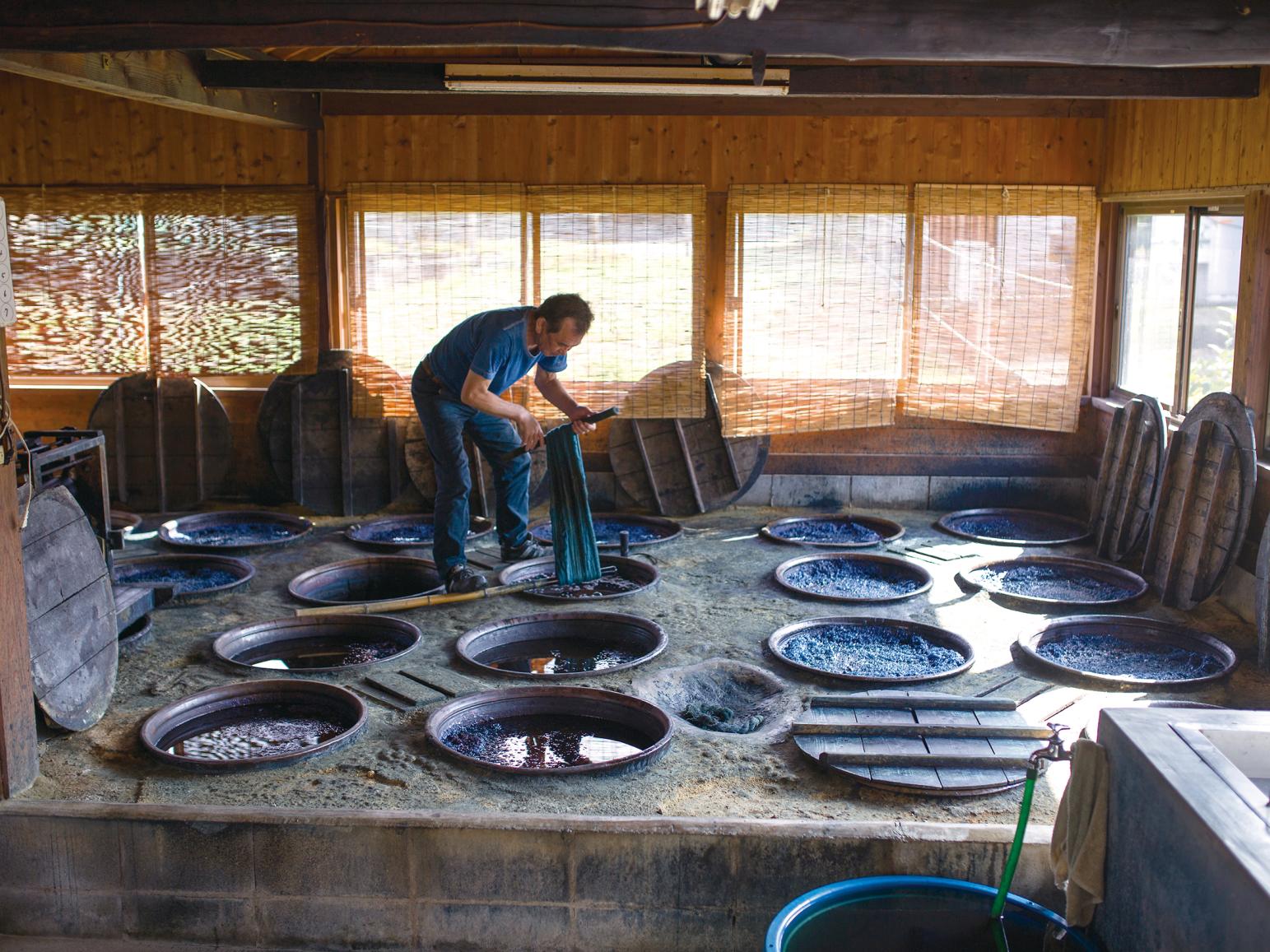
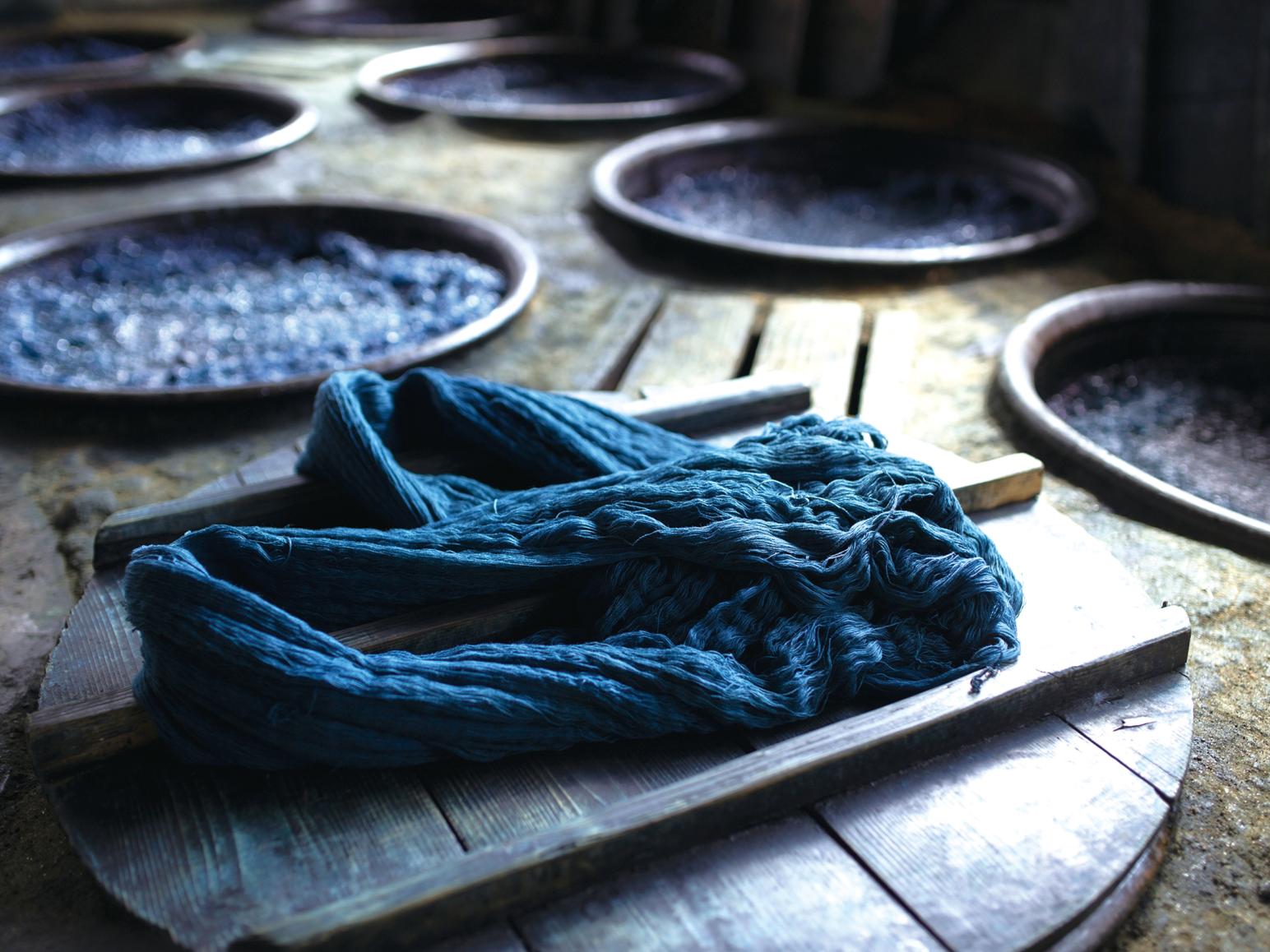
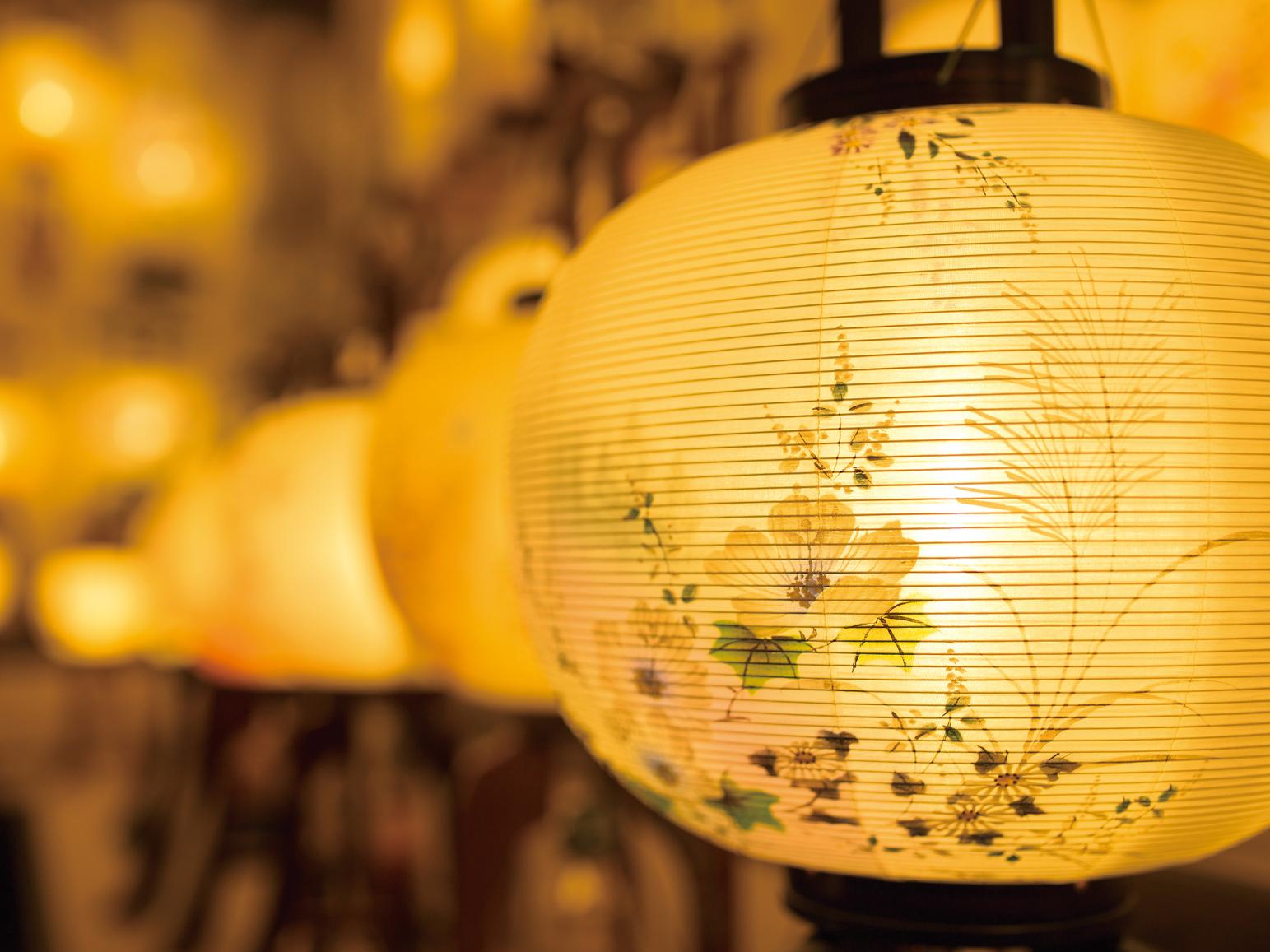
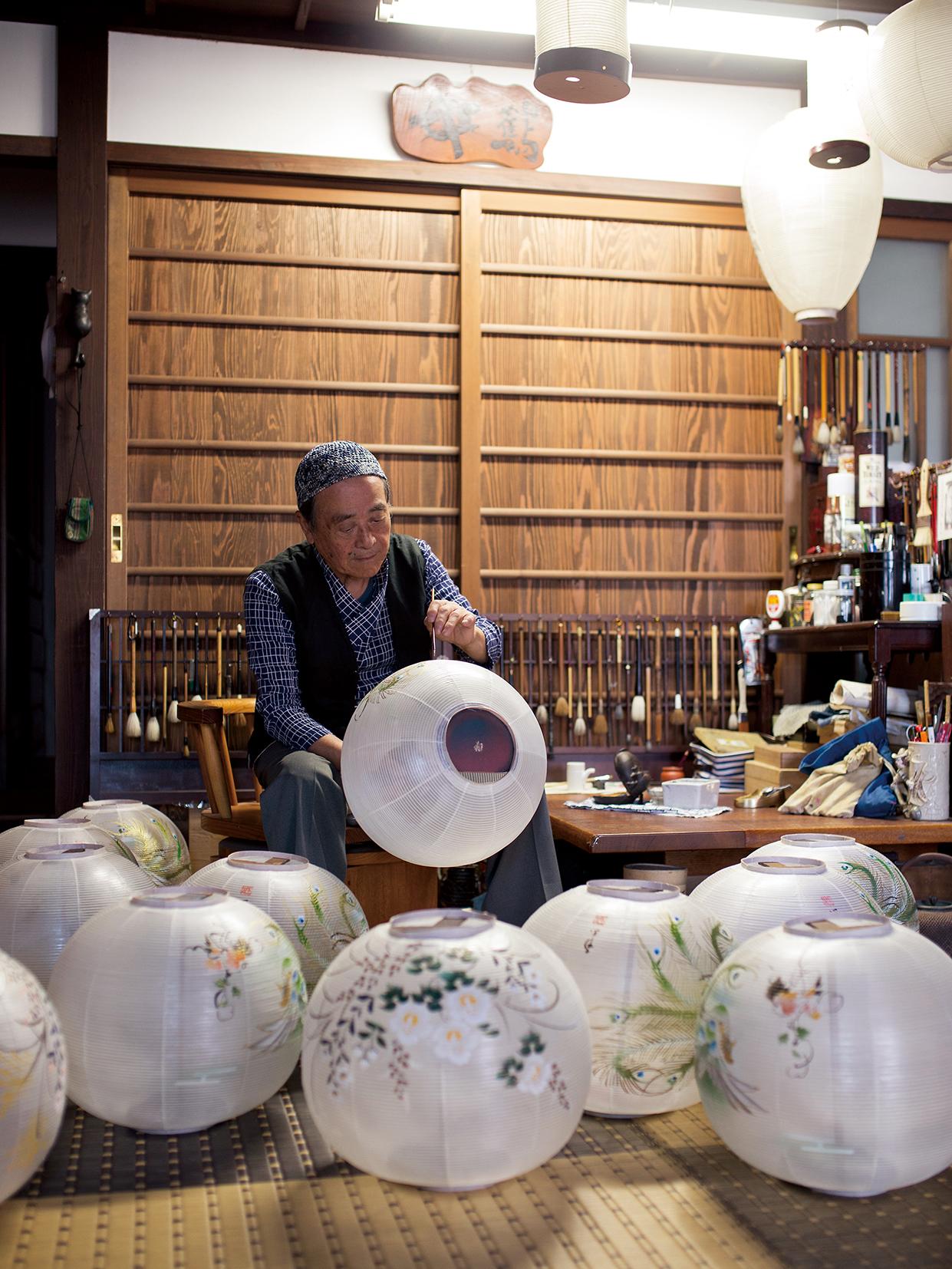
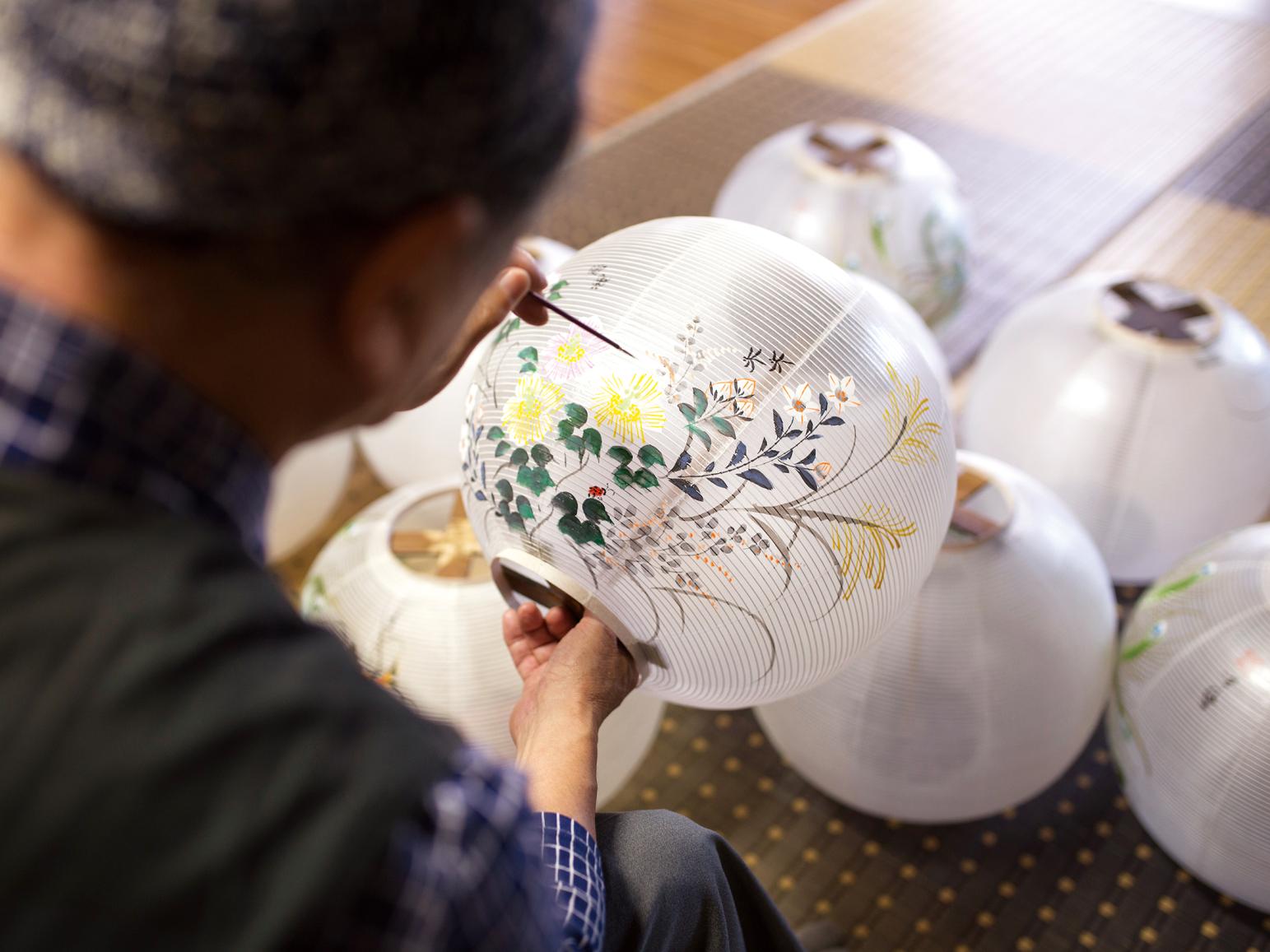
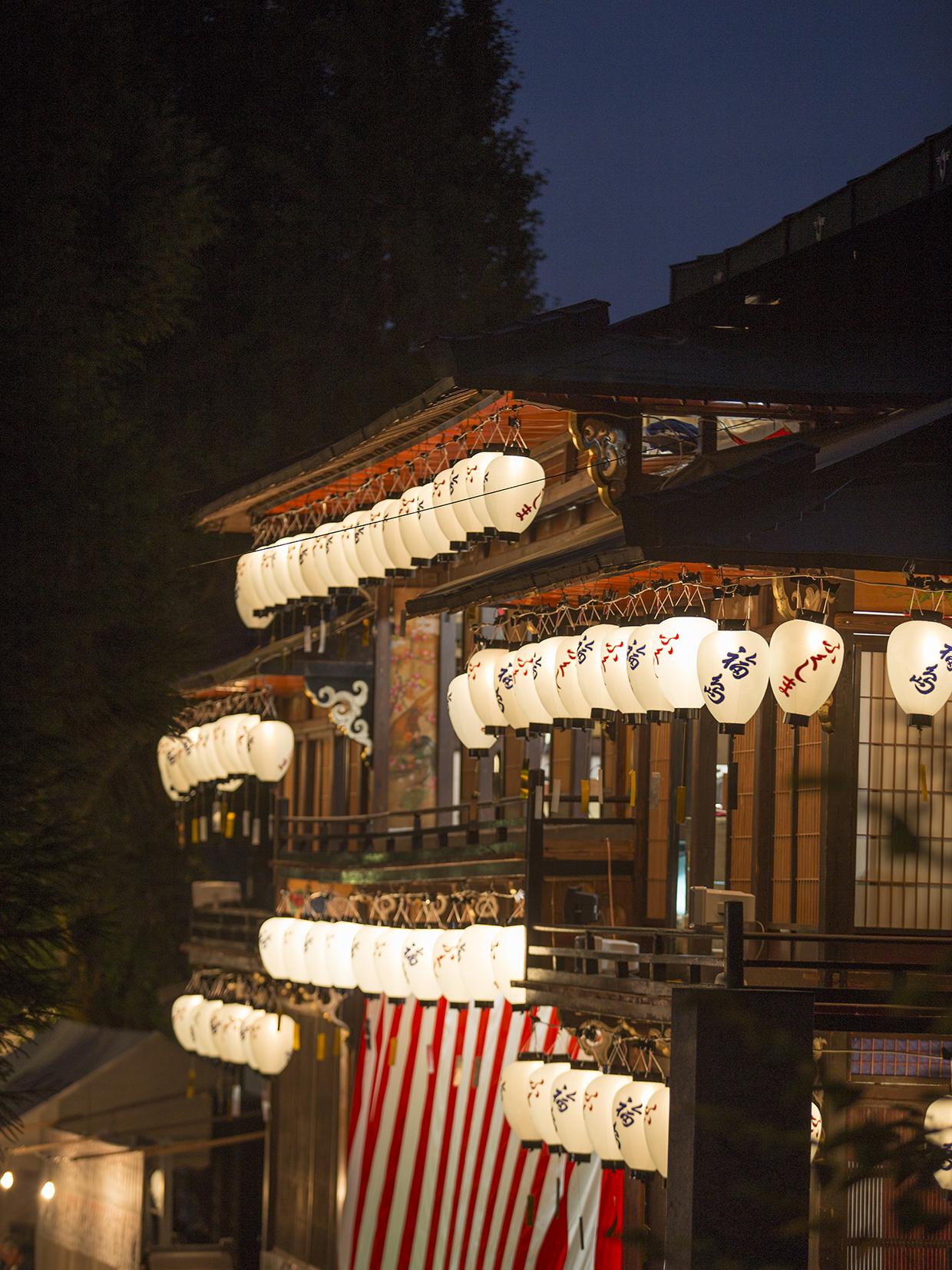
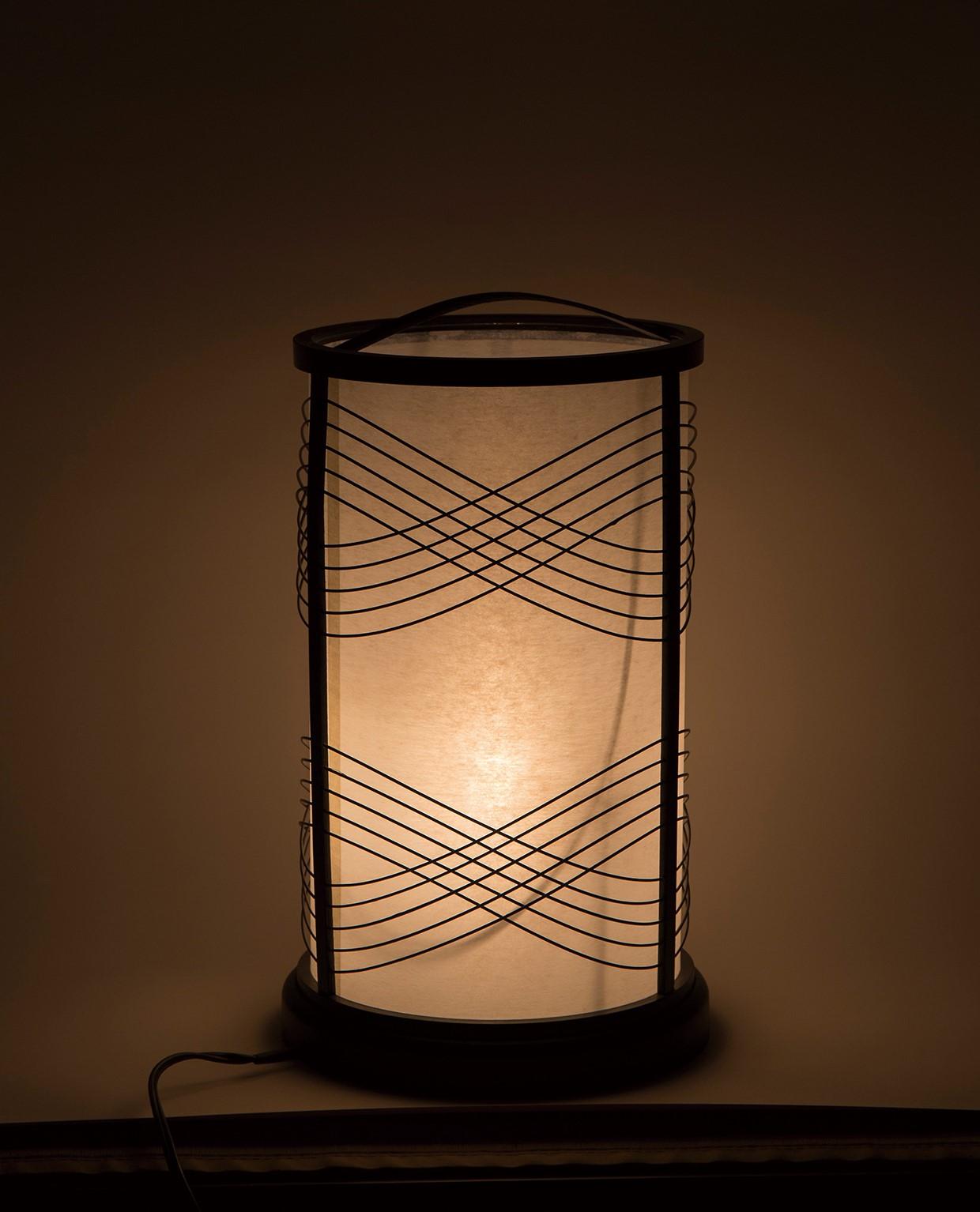
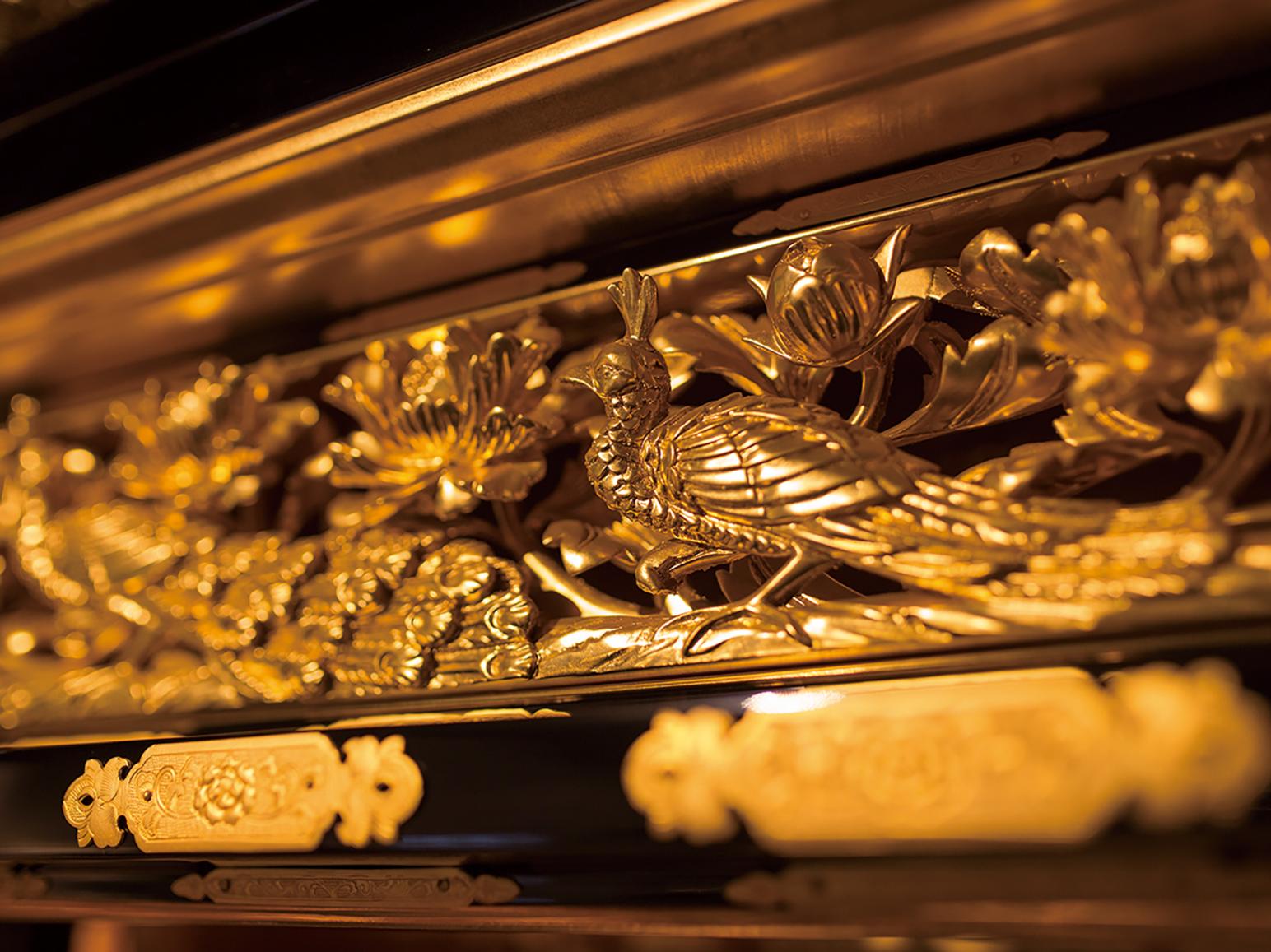
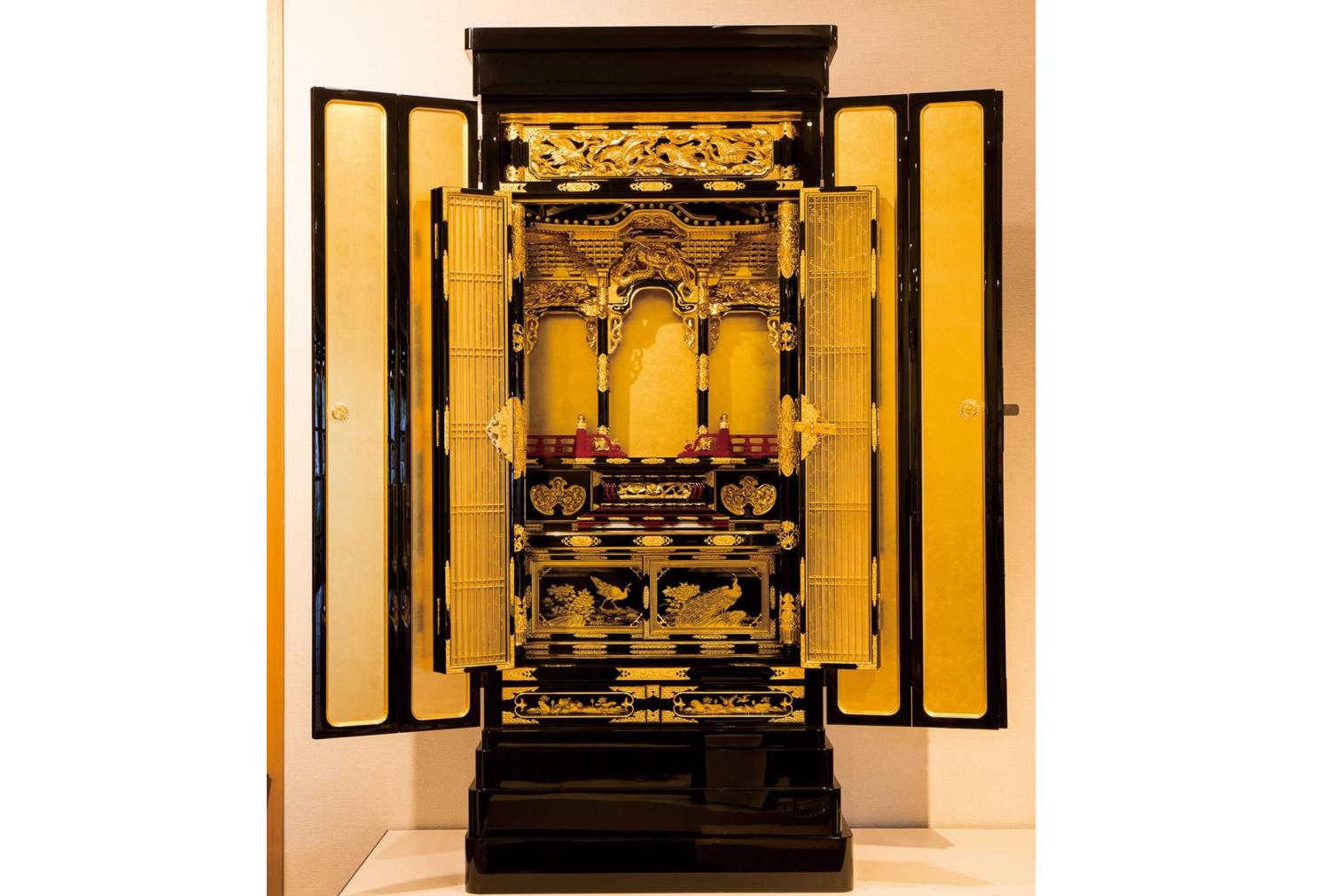
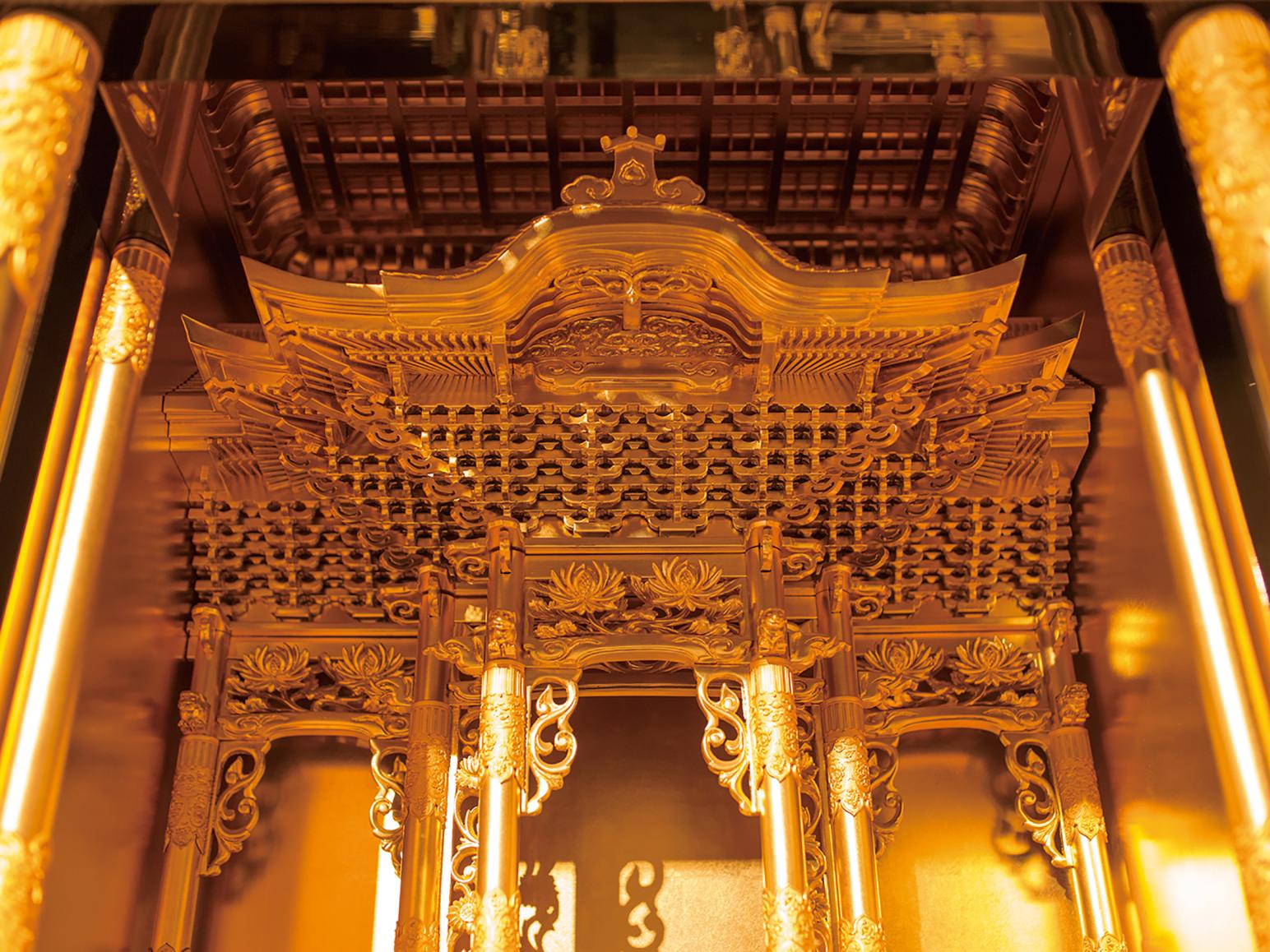
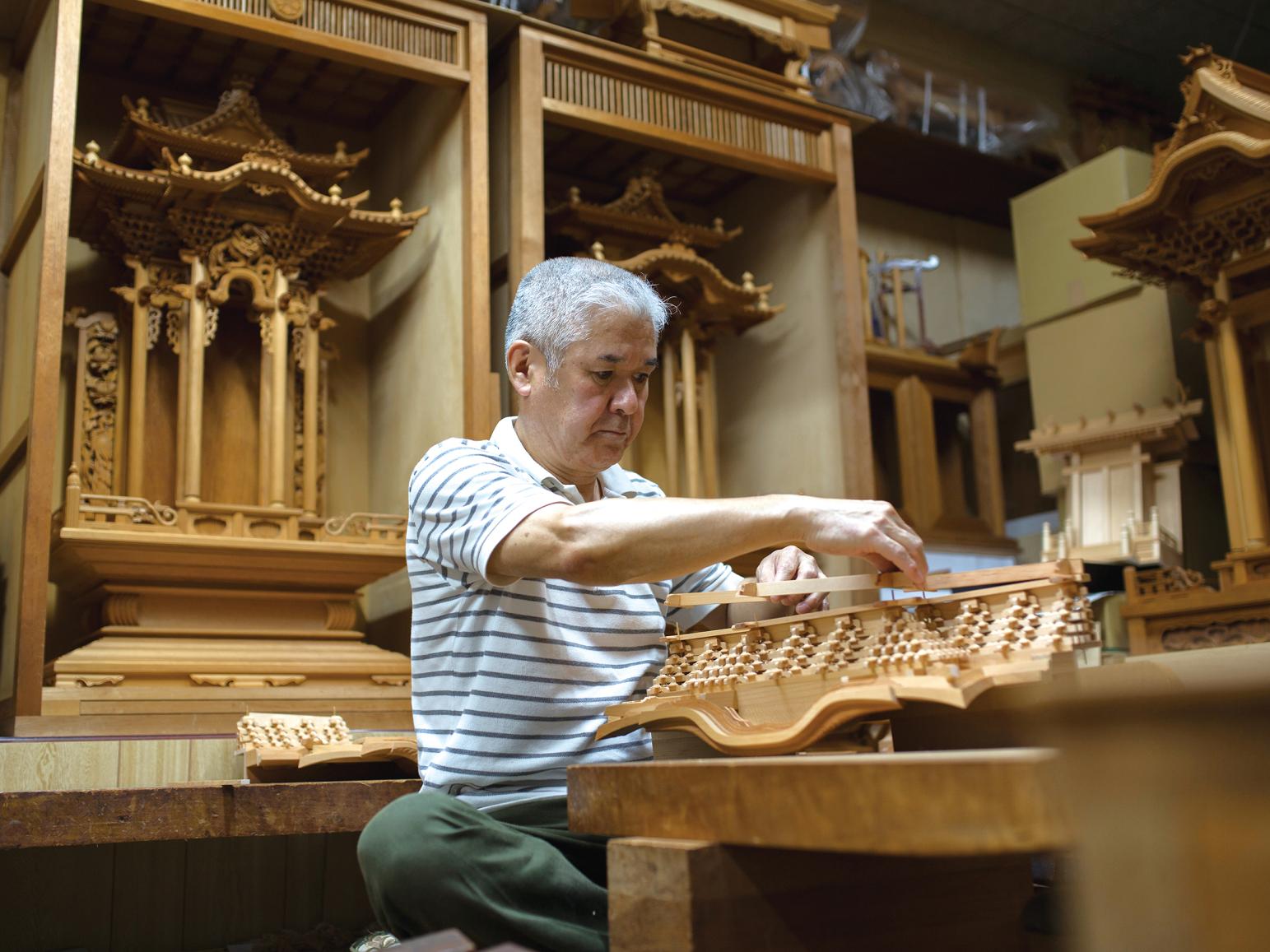
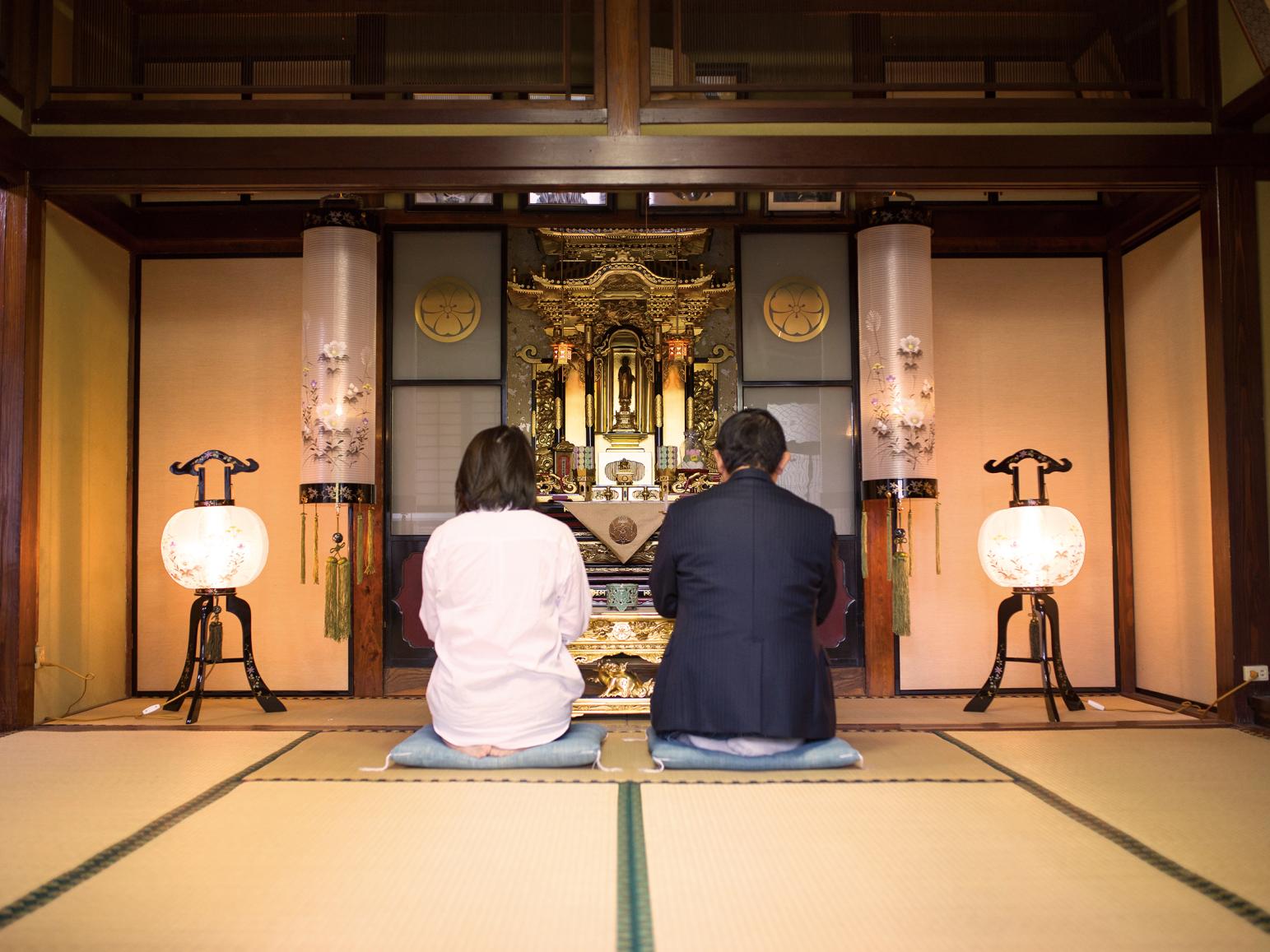
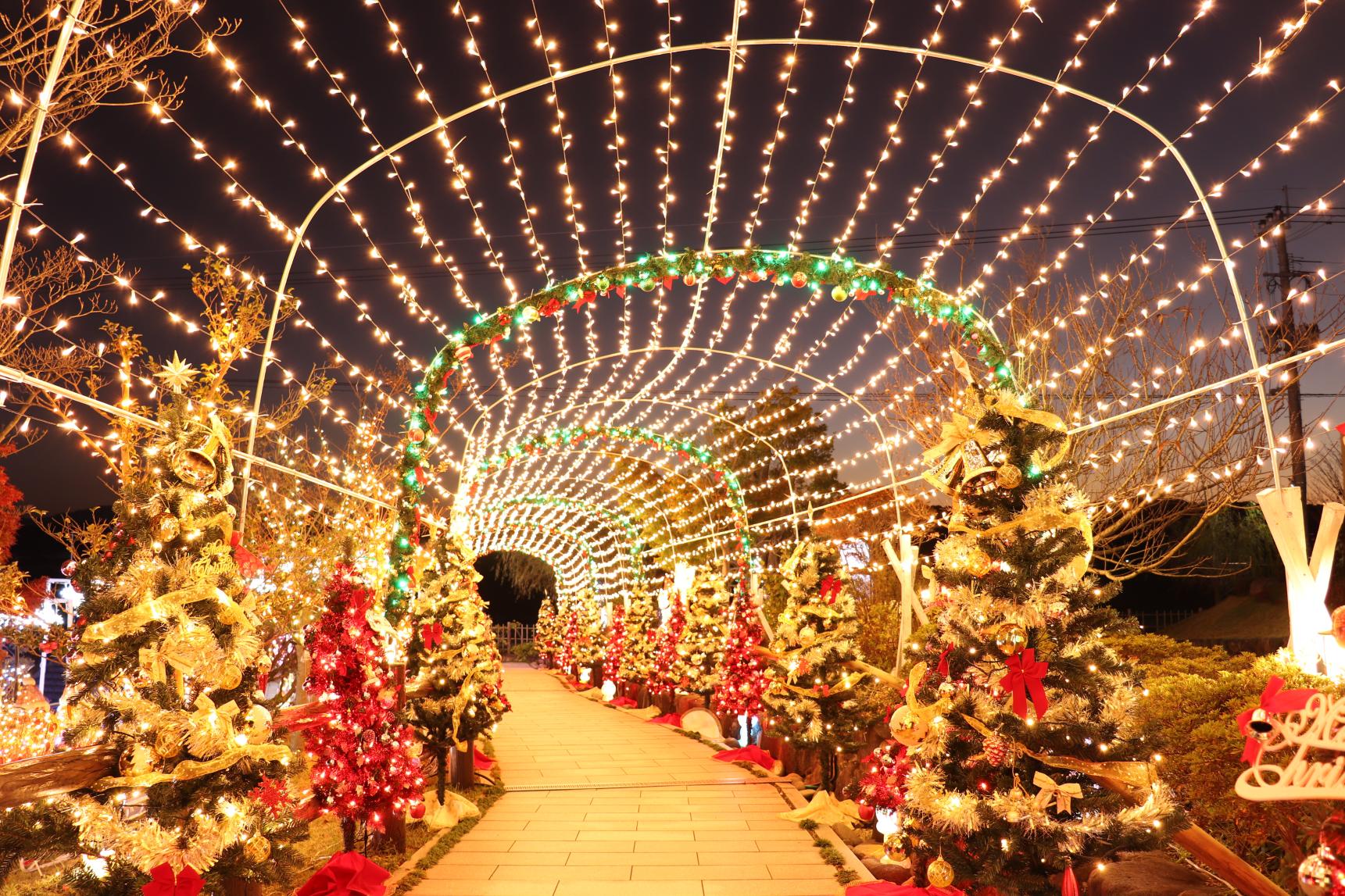
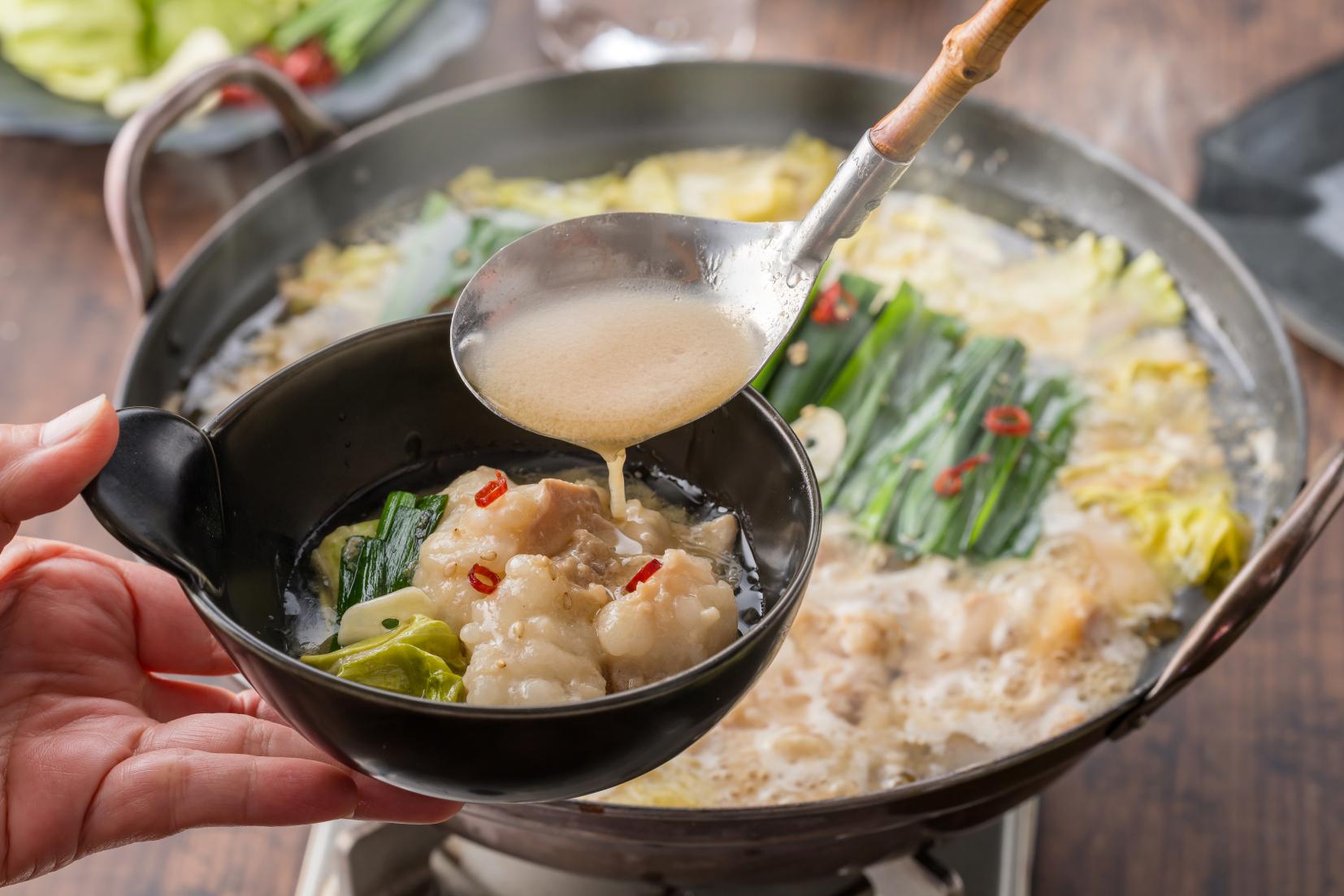

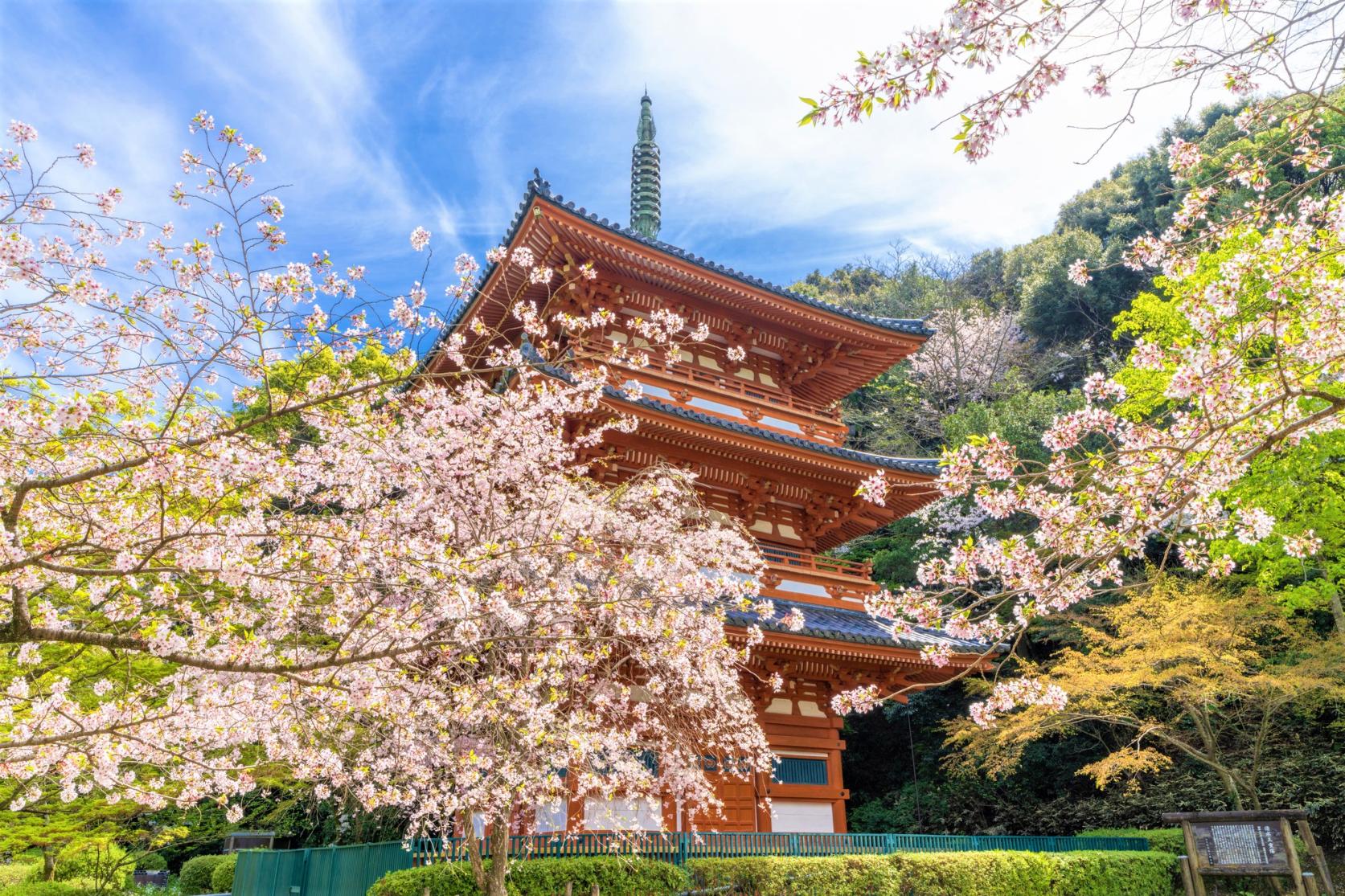
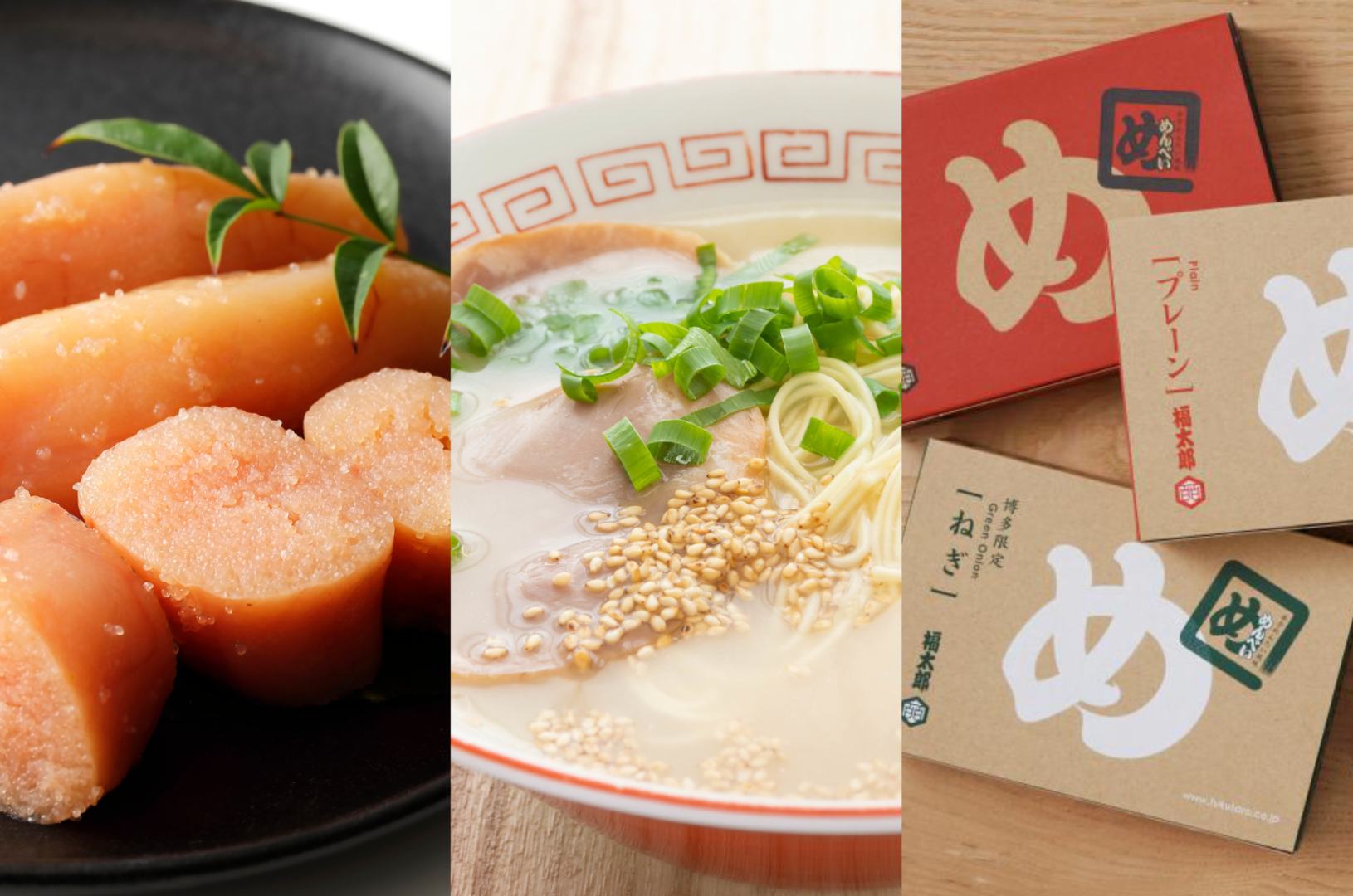
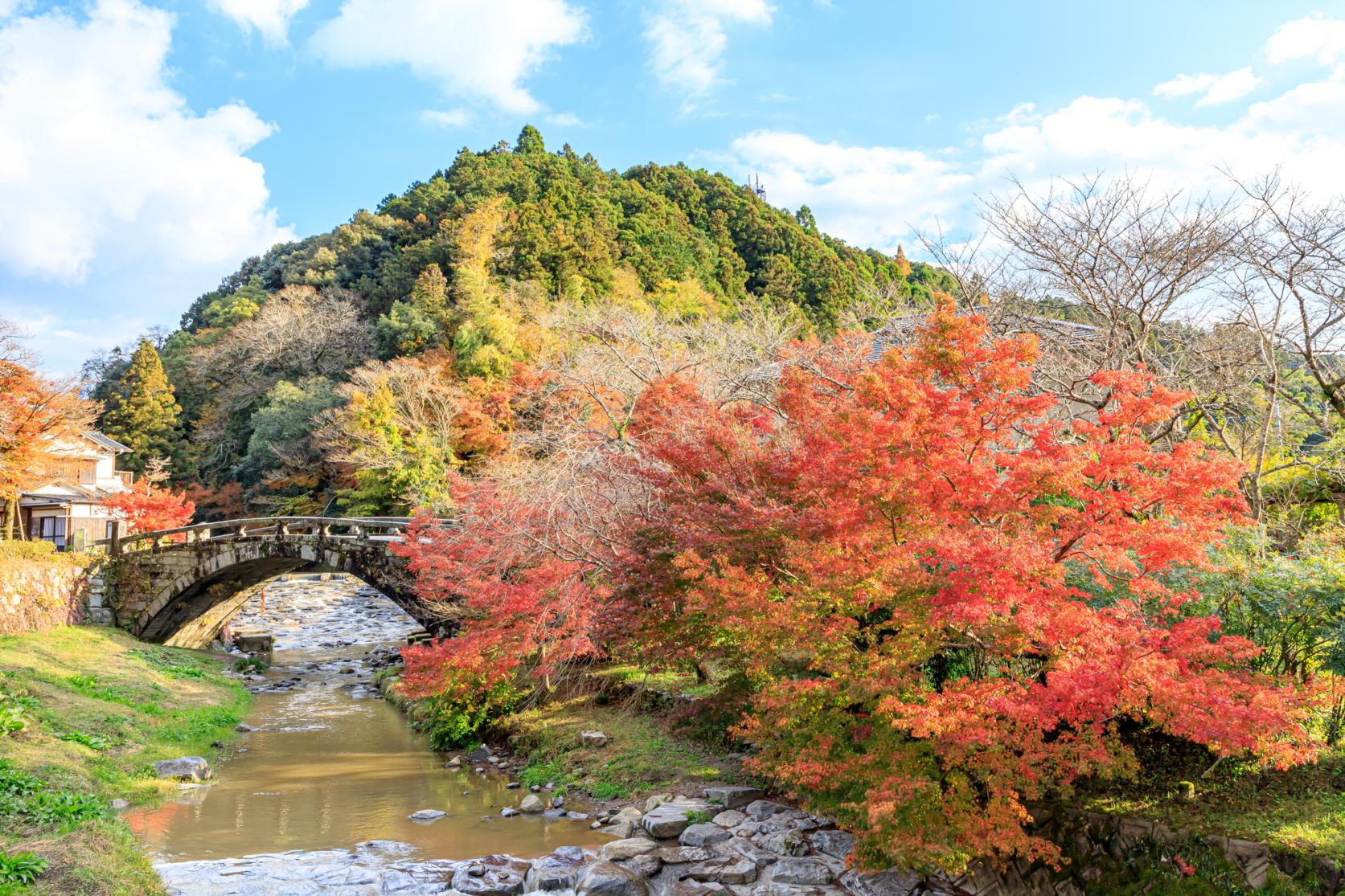

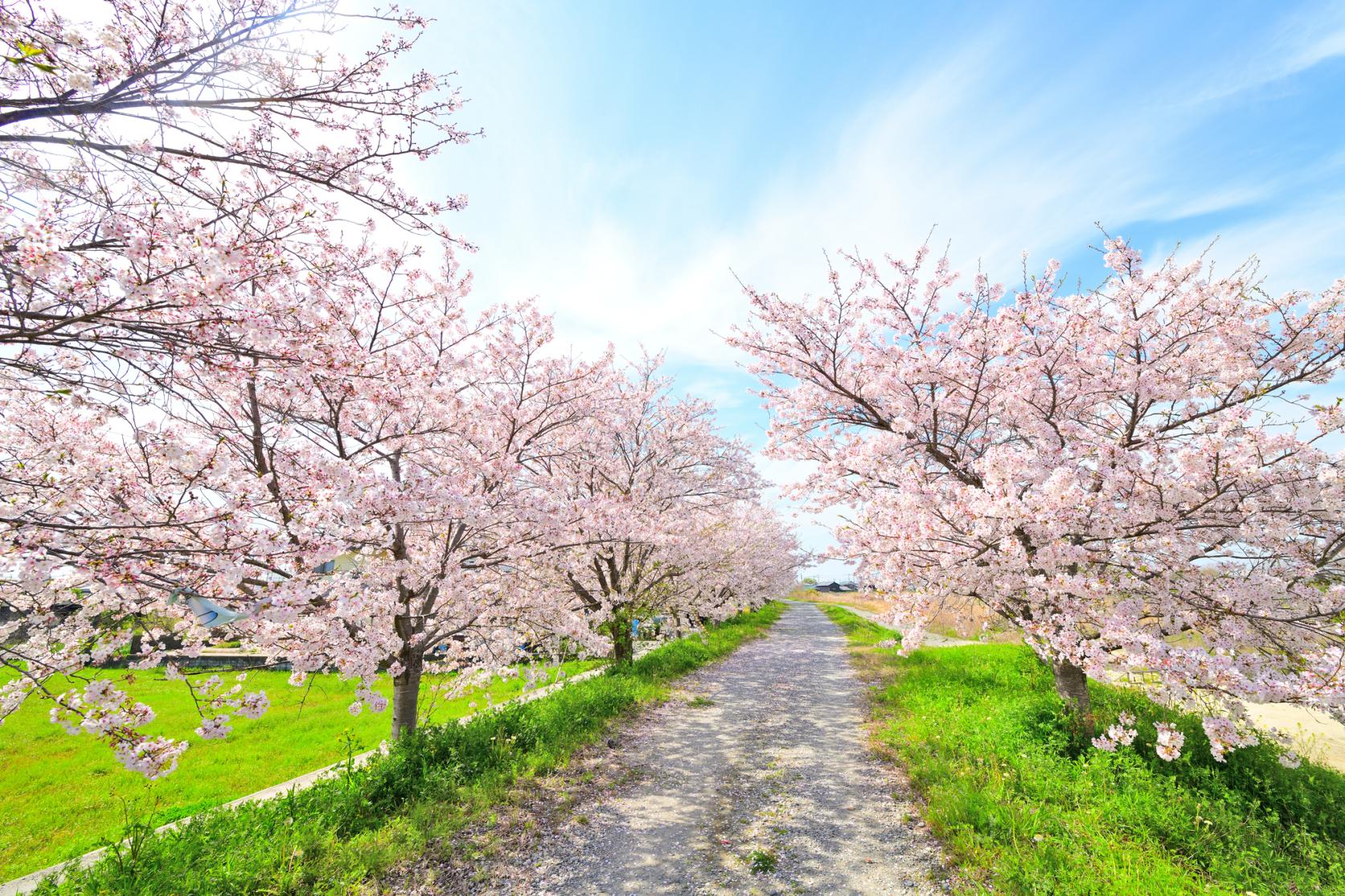
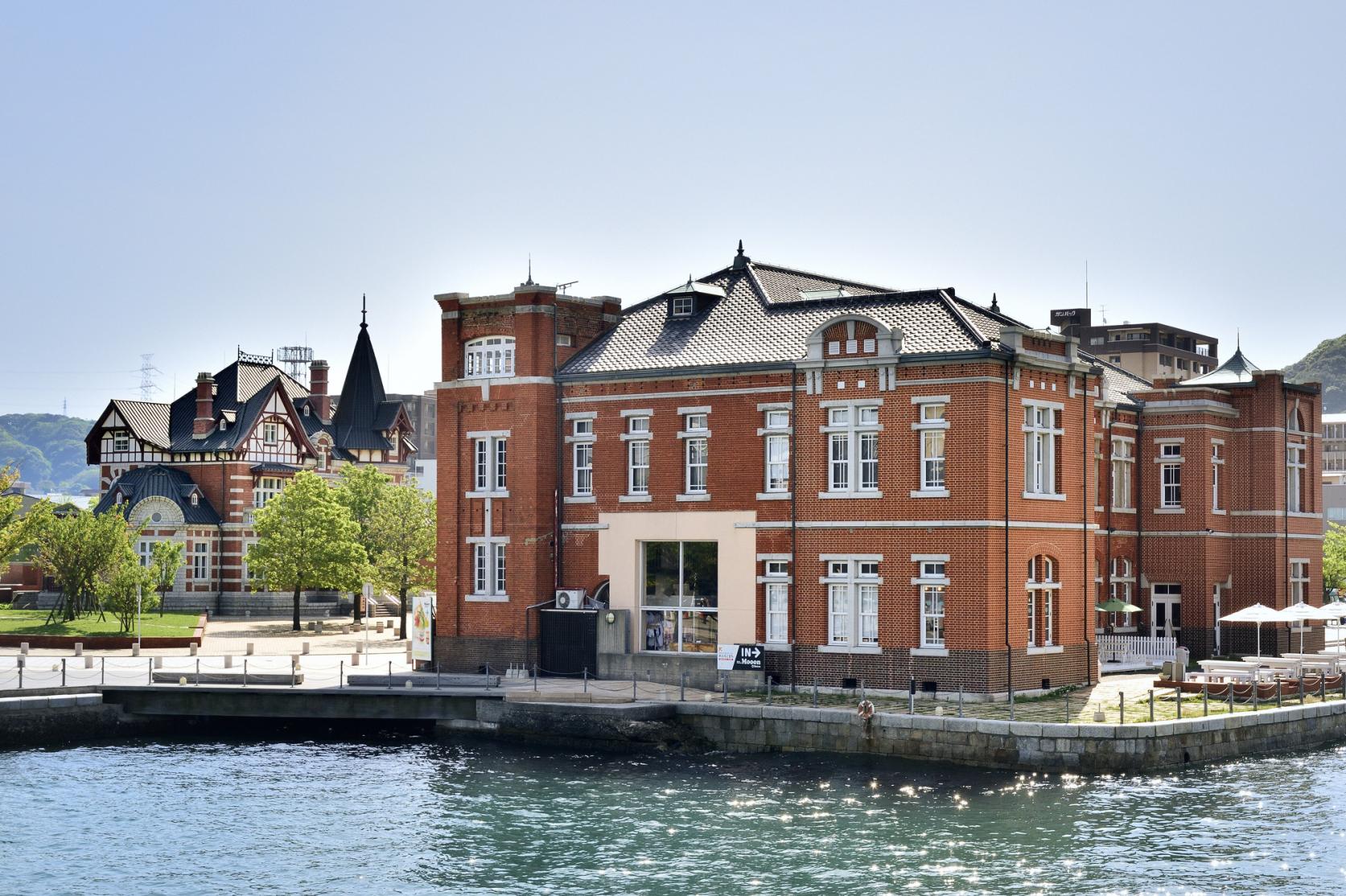
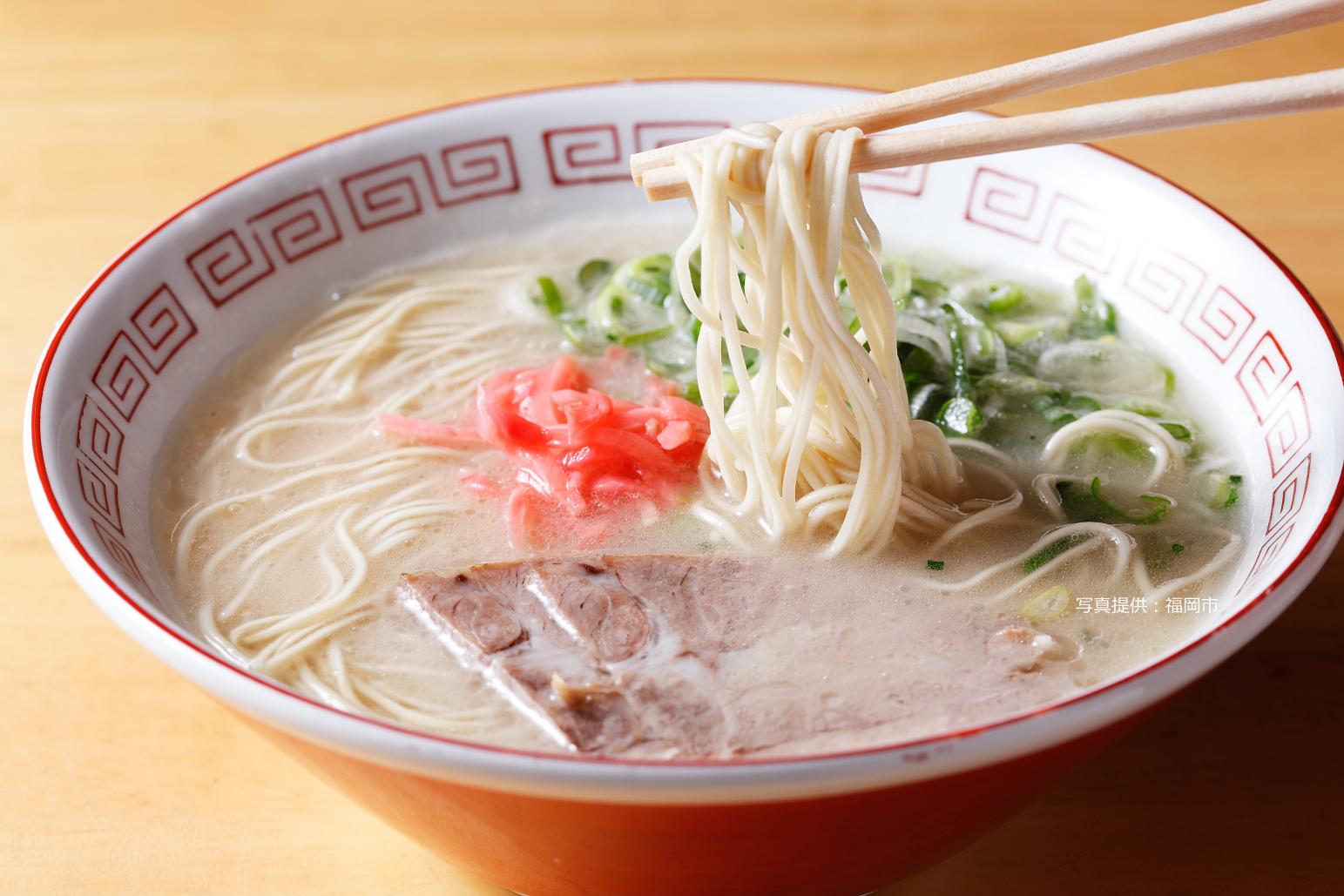
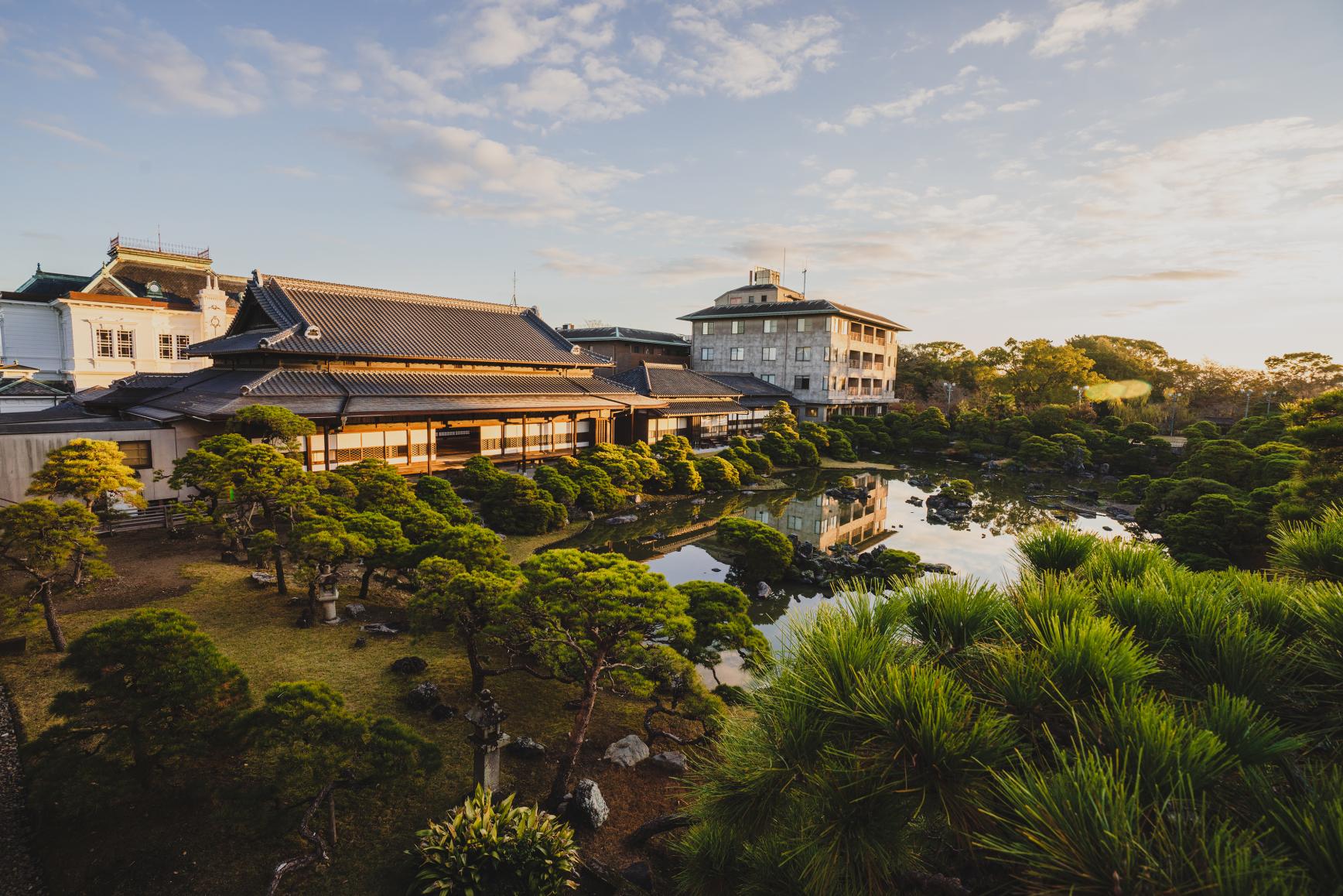
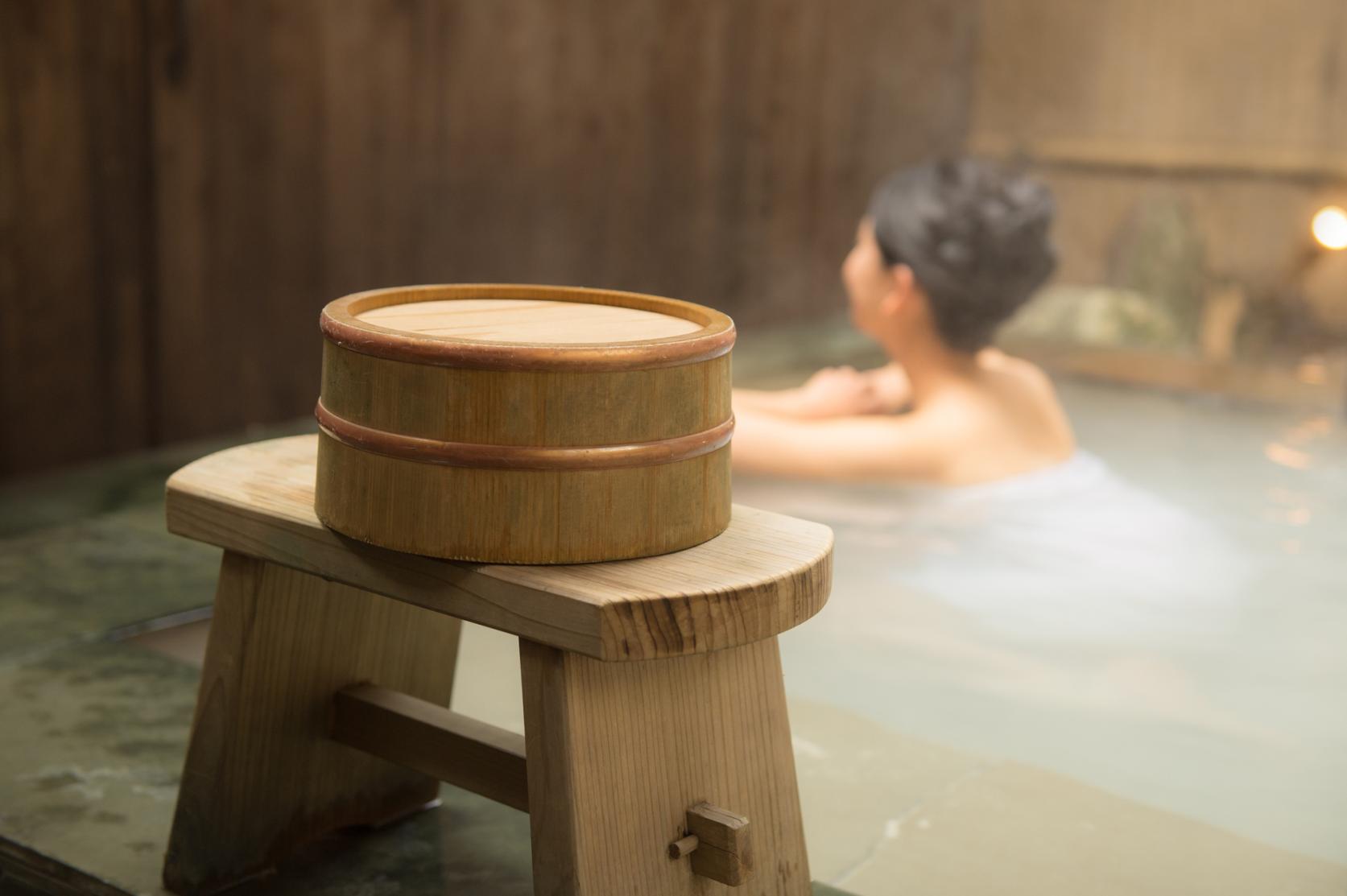
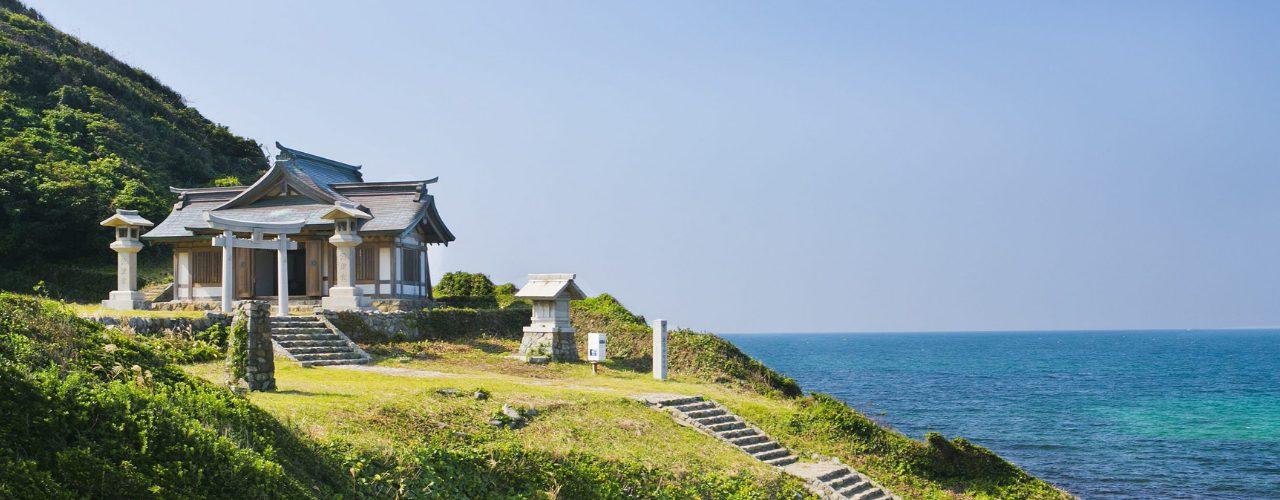
![[2025] Strawberry Picking Spots in Fukuoka-1](https://www.crossroadfukuoka.jp/storage/special_features/49/responsive_images/9ZHgrqvQdpH8tM4IRF54DXu0aPBF3YGGkj5WOTGc__1673_1115.jpg)
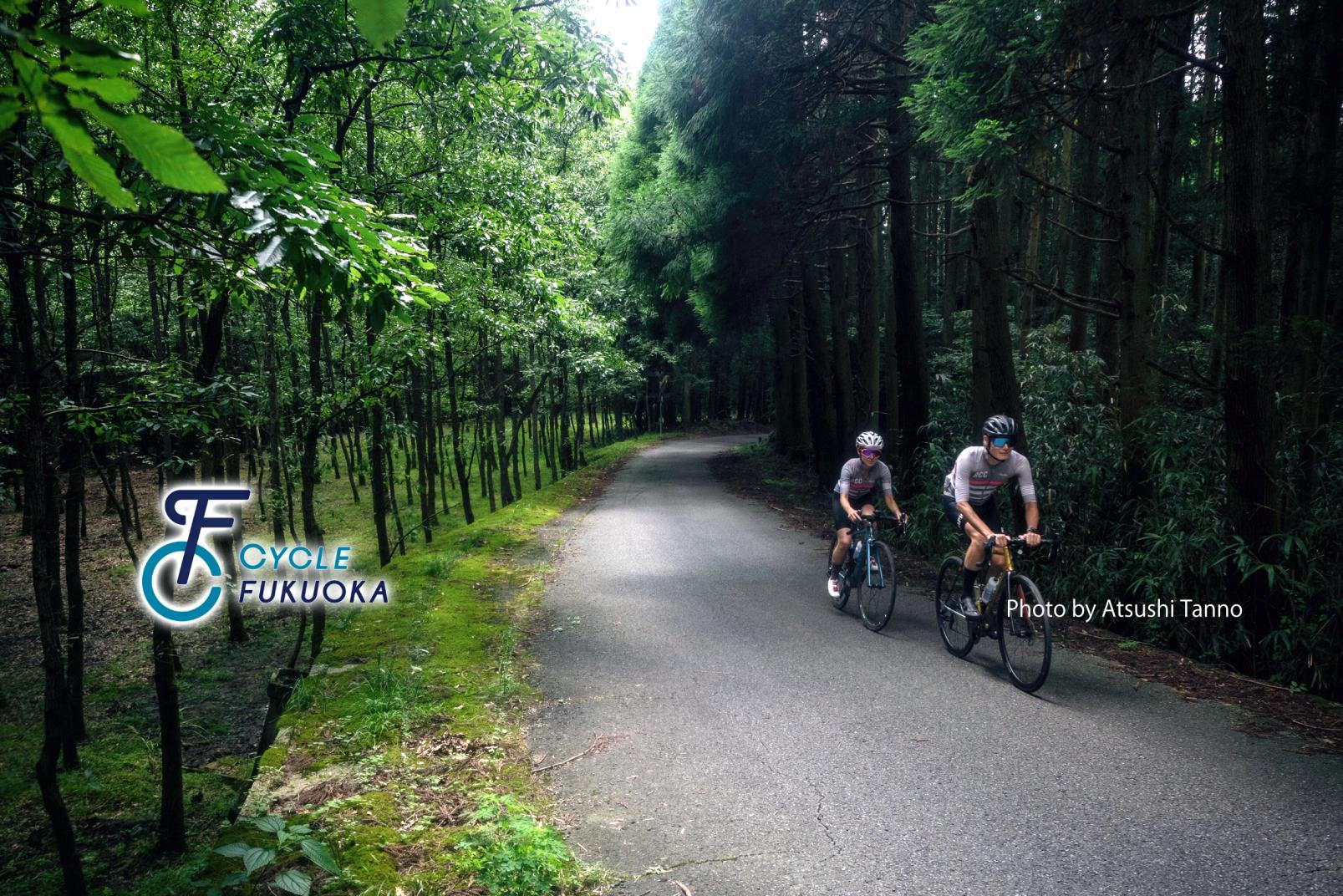
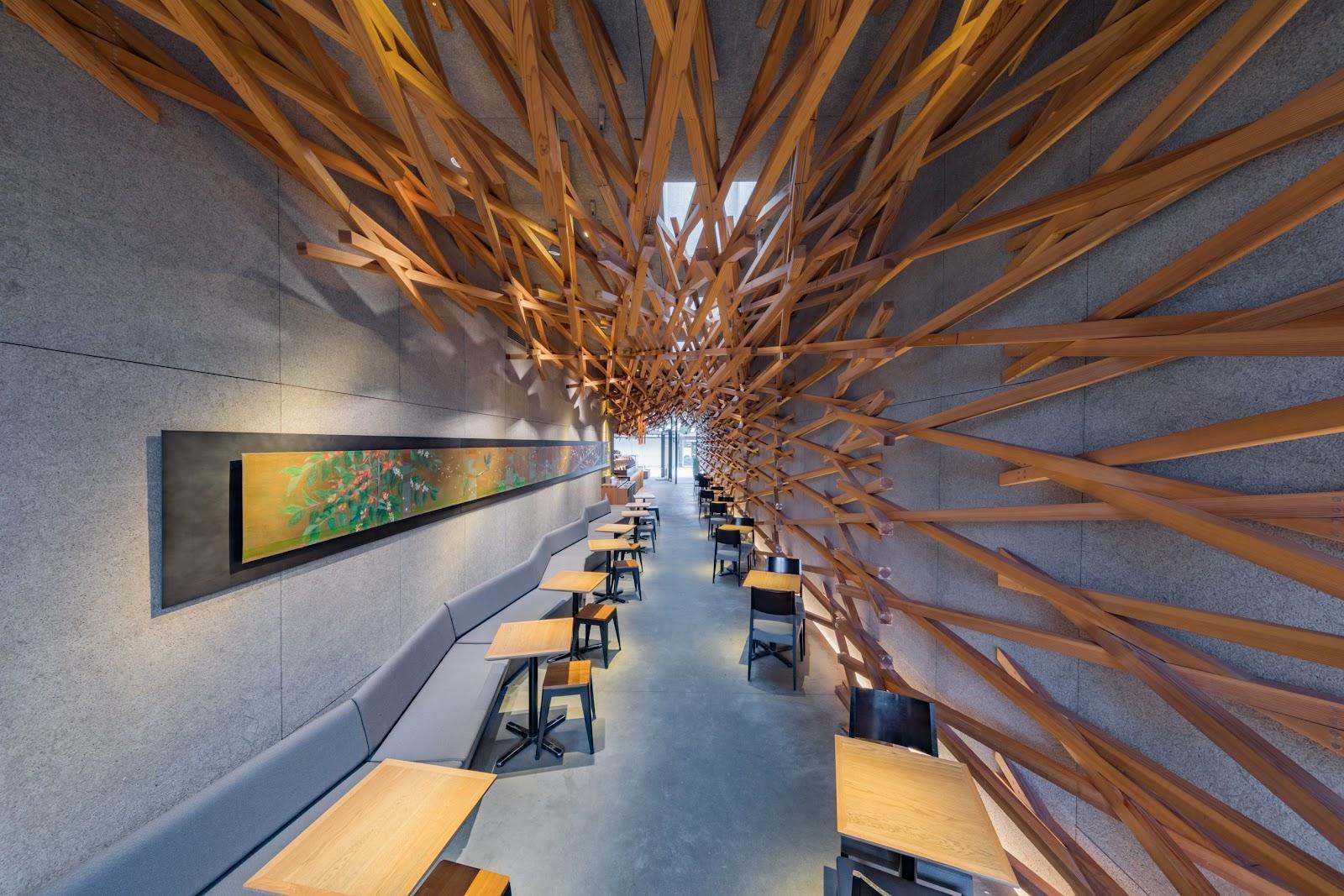
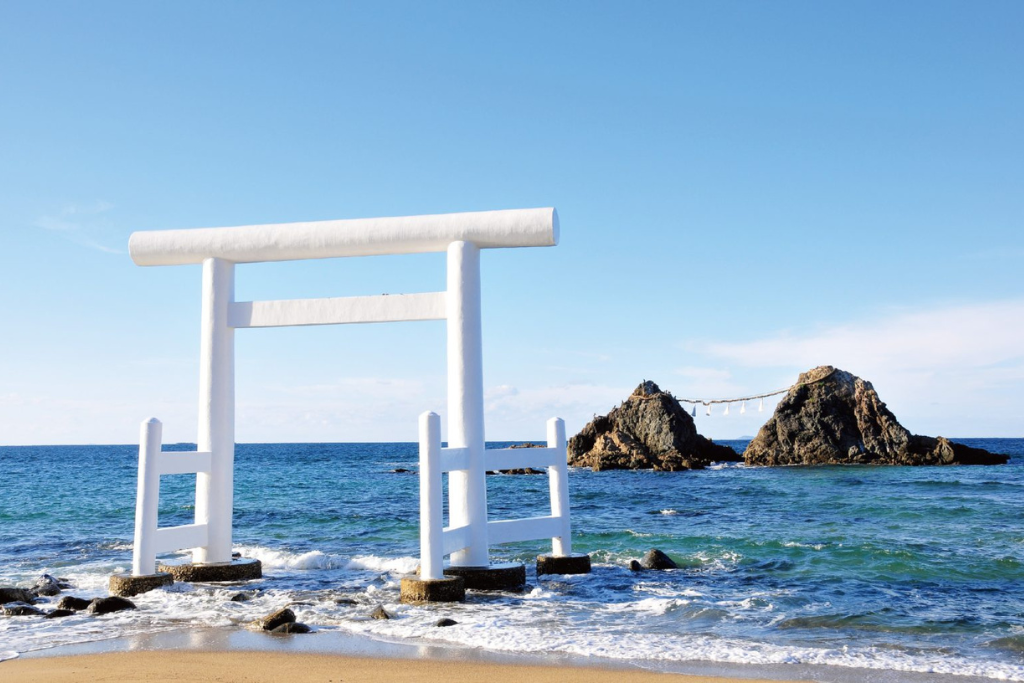
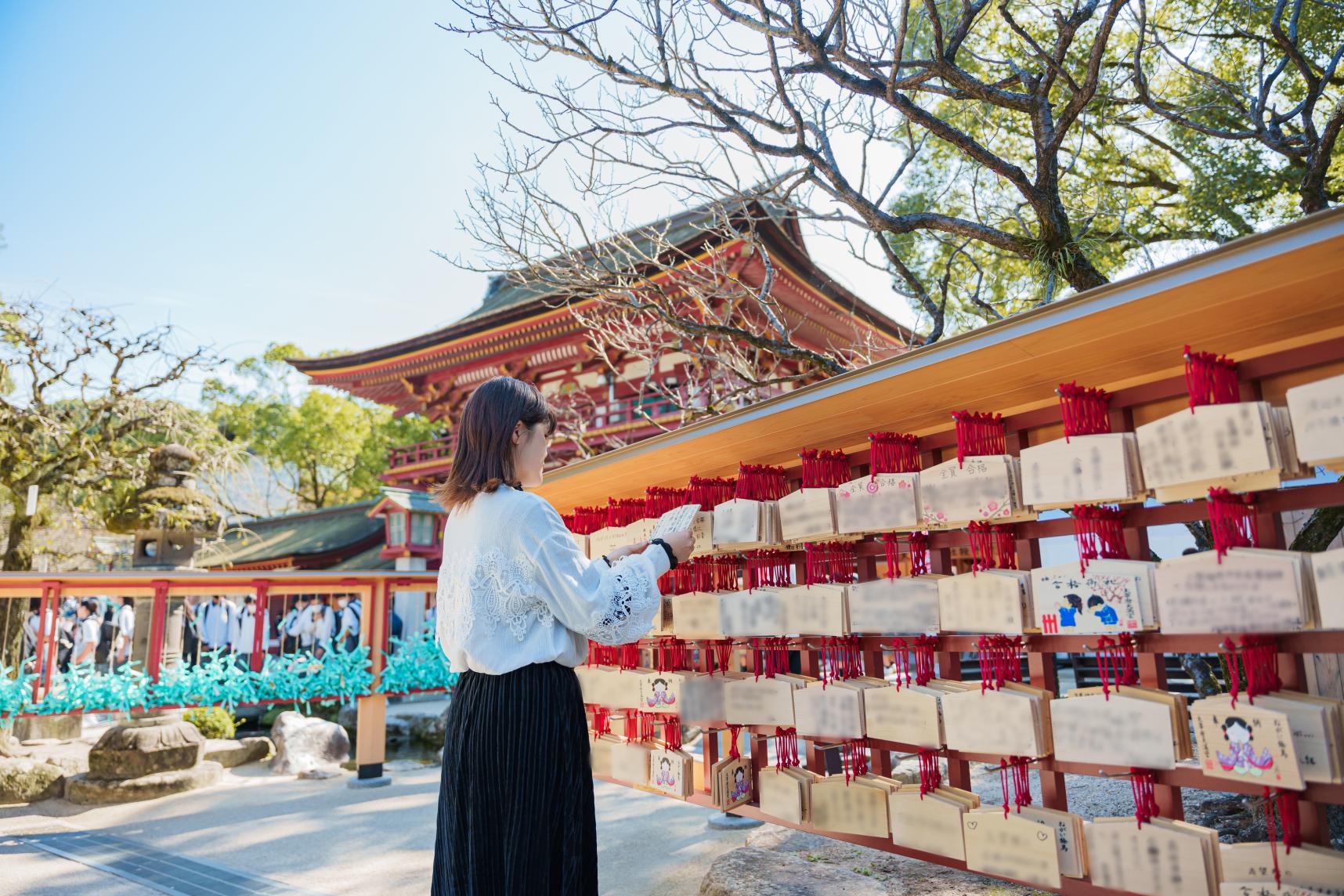
![[2024 Edition] Filled with blessings! The ultimate Fukuoka power spots to bring you happiness.-1](https://www.crossroadfukuoka.jp/storage/special_features/320/responsive_images/6SsCvBDXBhlZoAGUgarTOpZpEaEwsIqsWzSxW8cw__1289_856.png)
